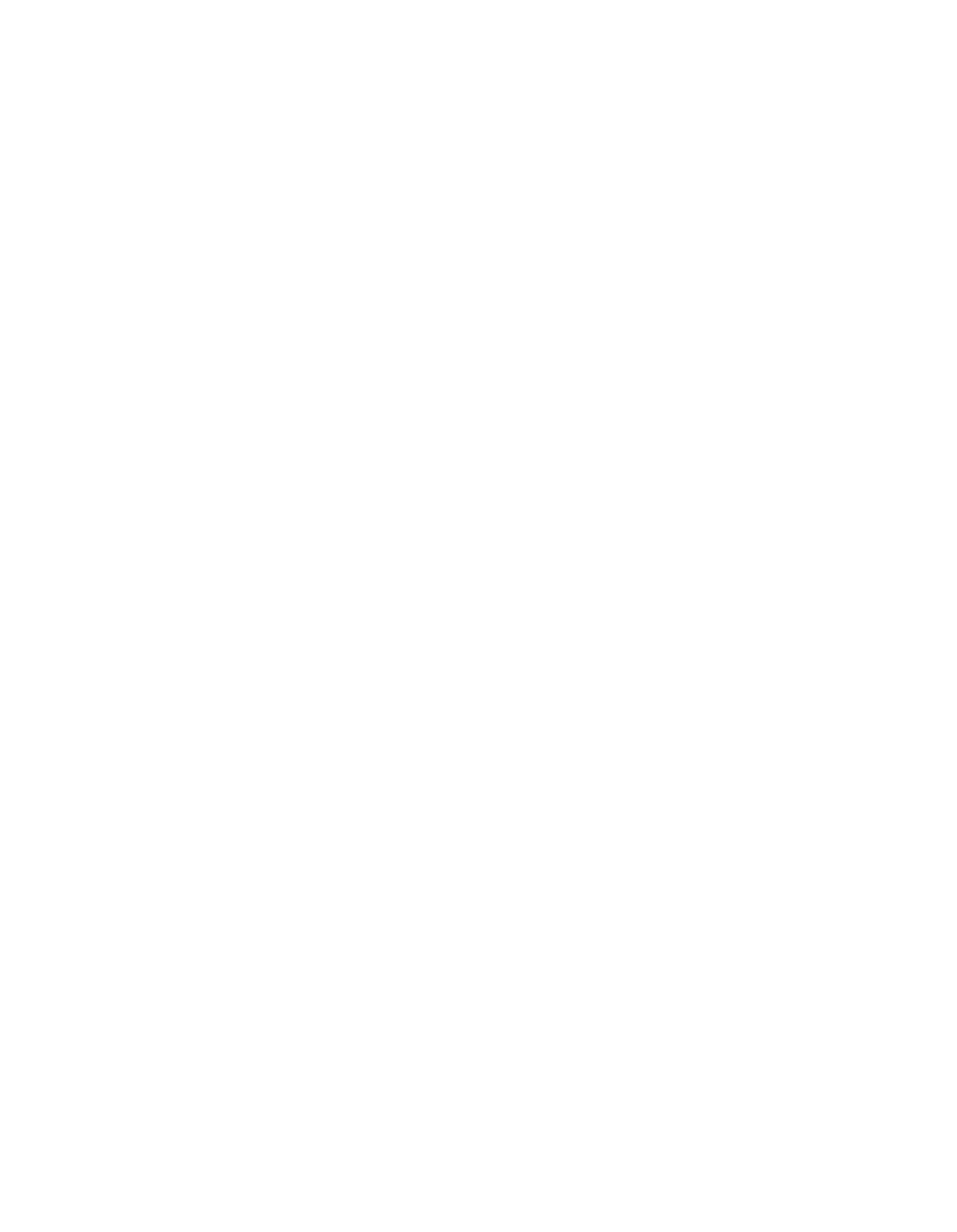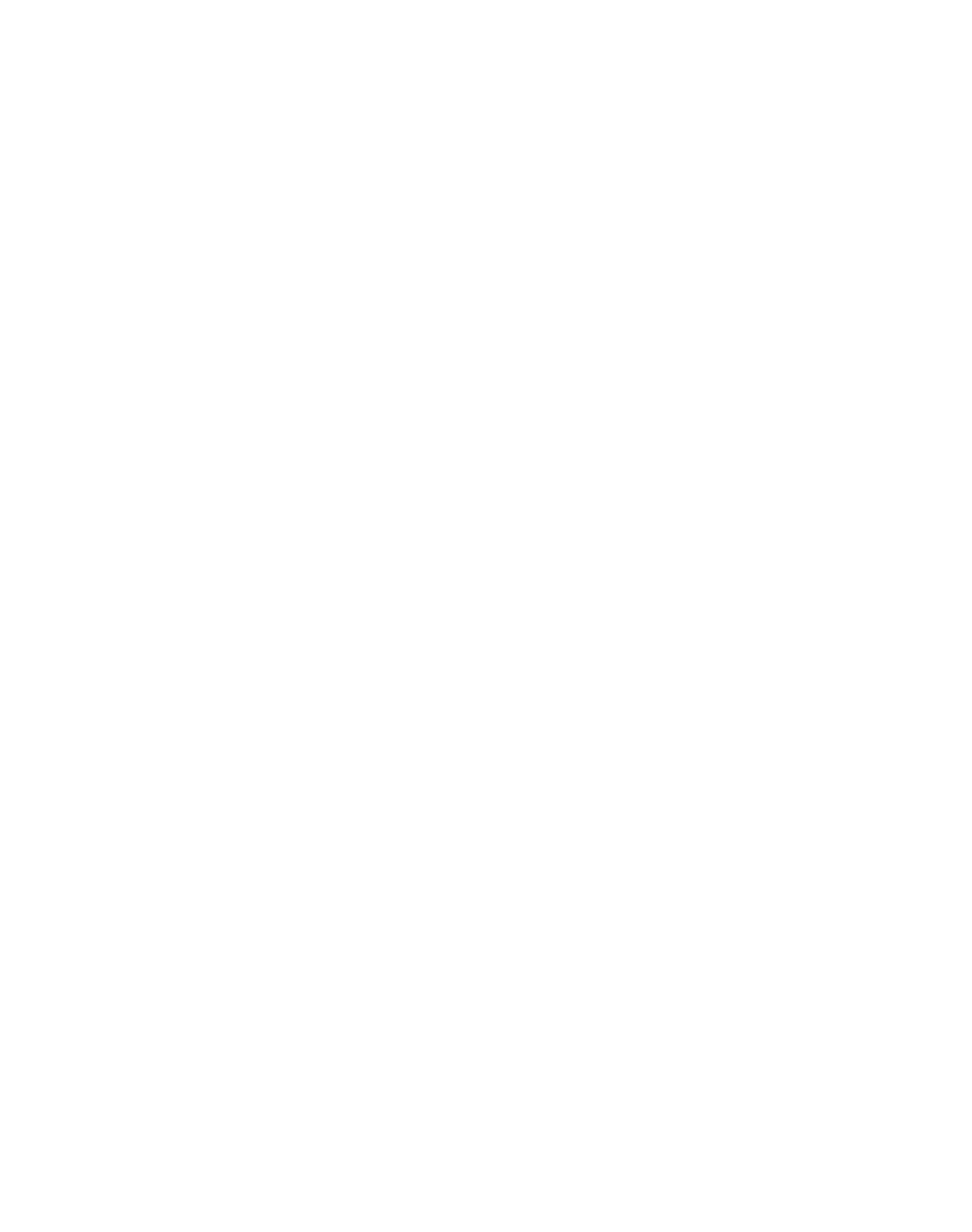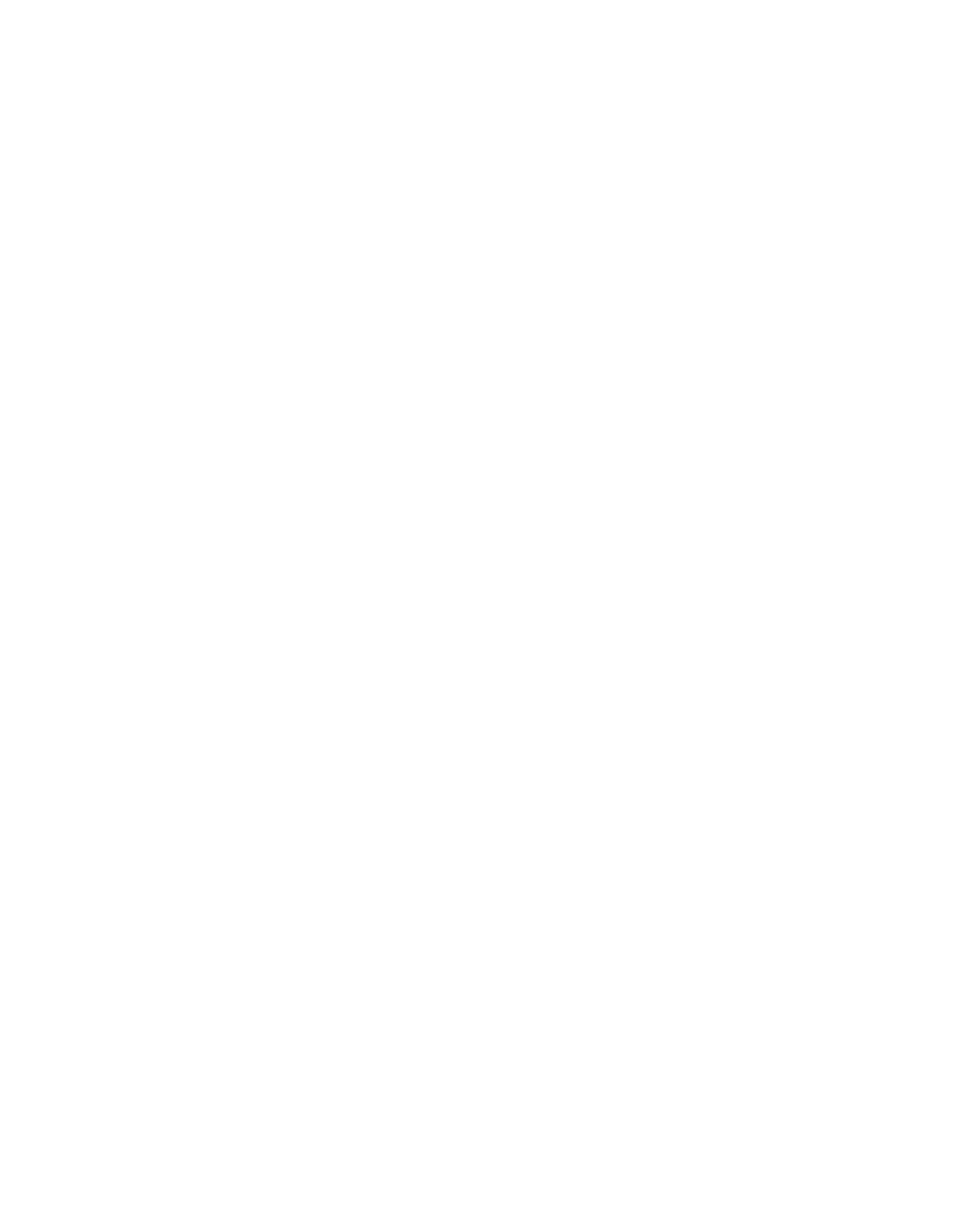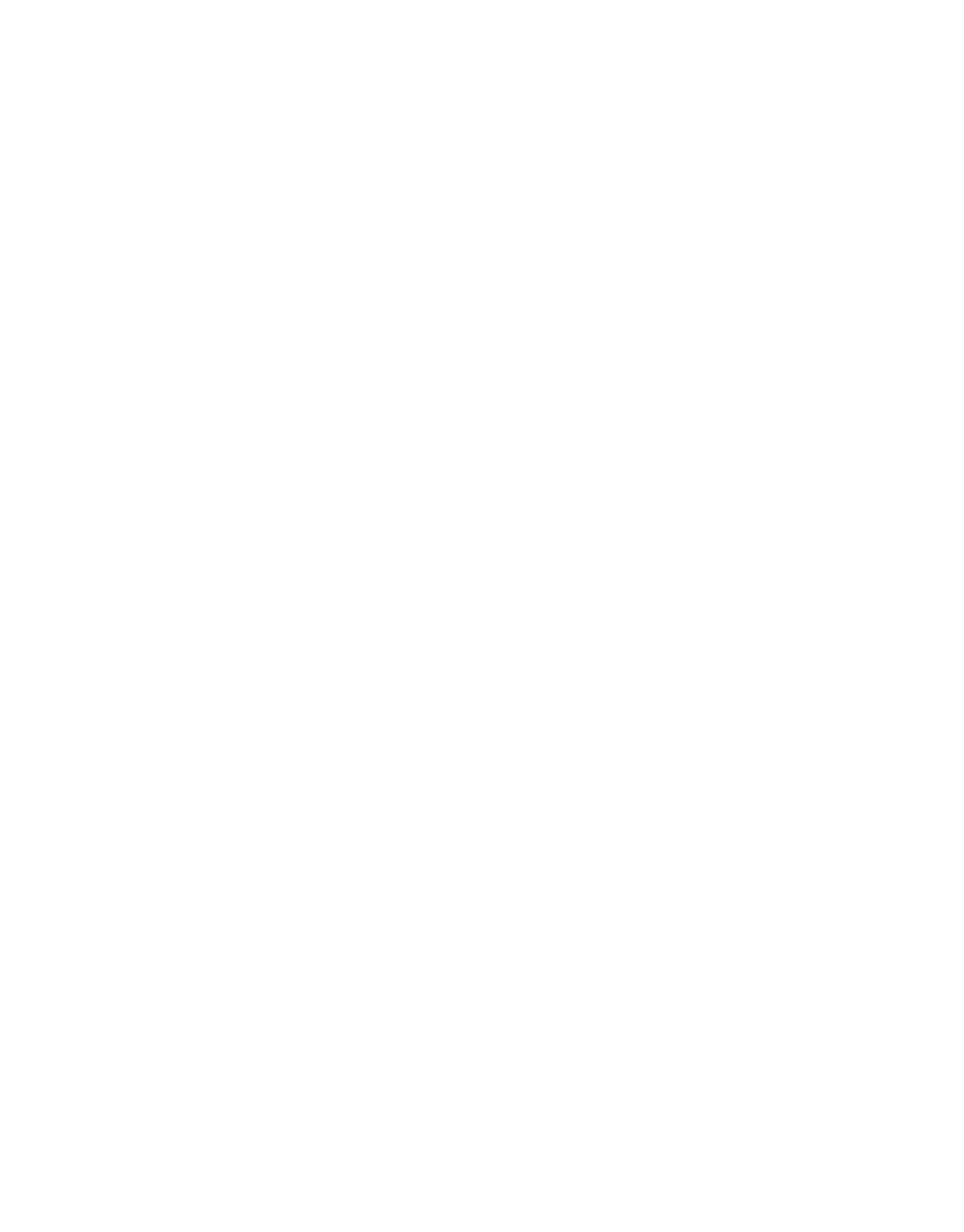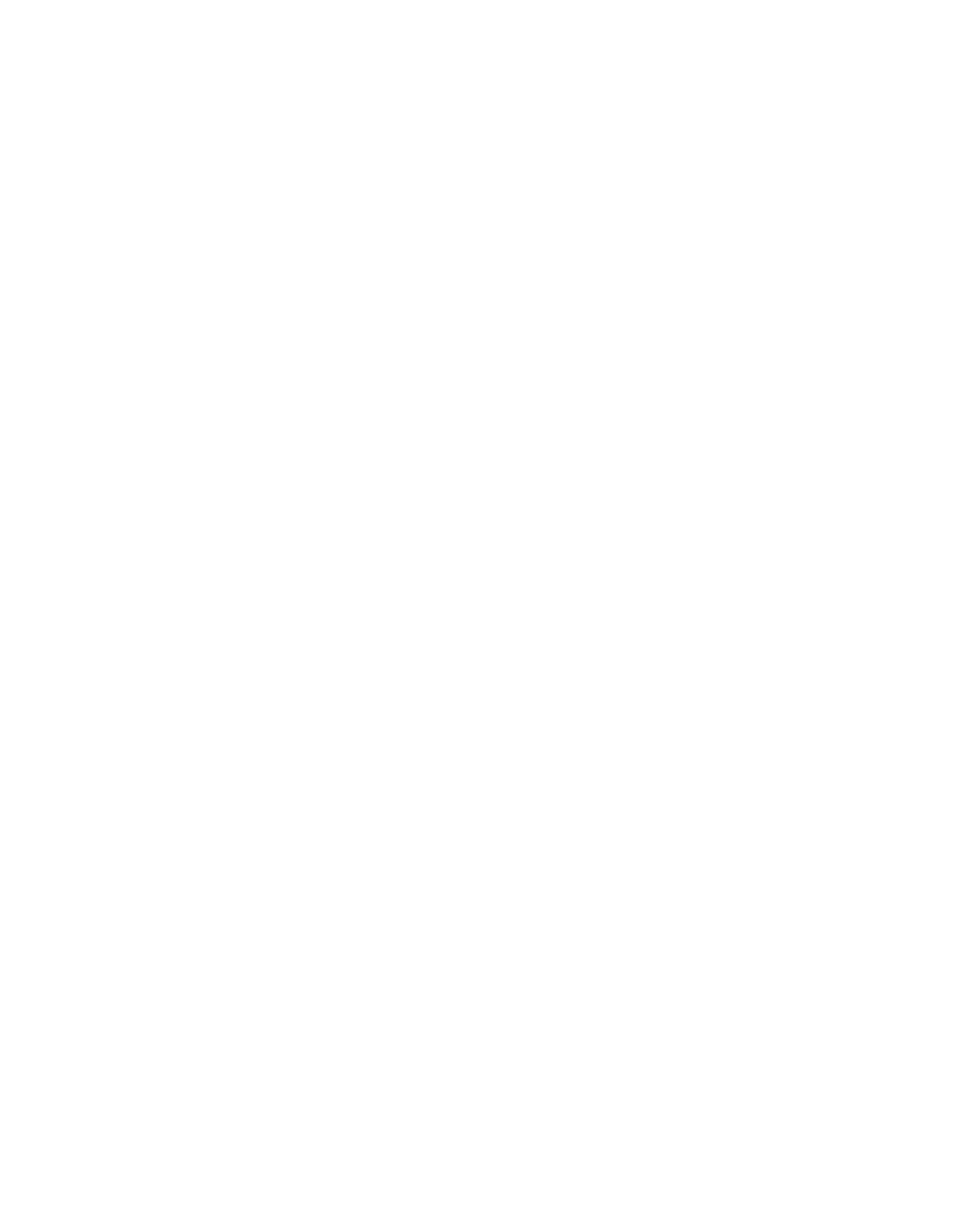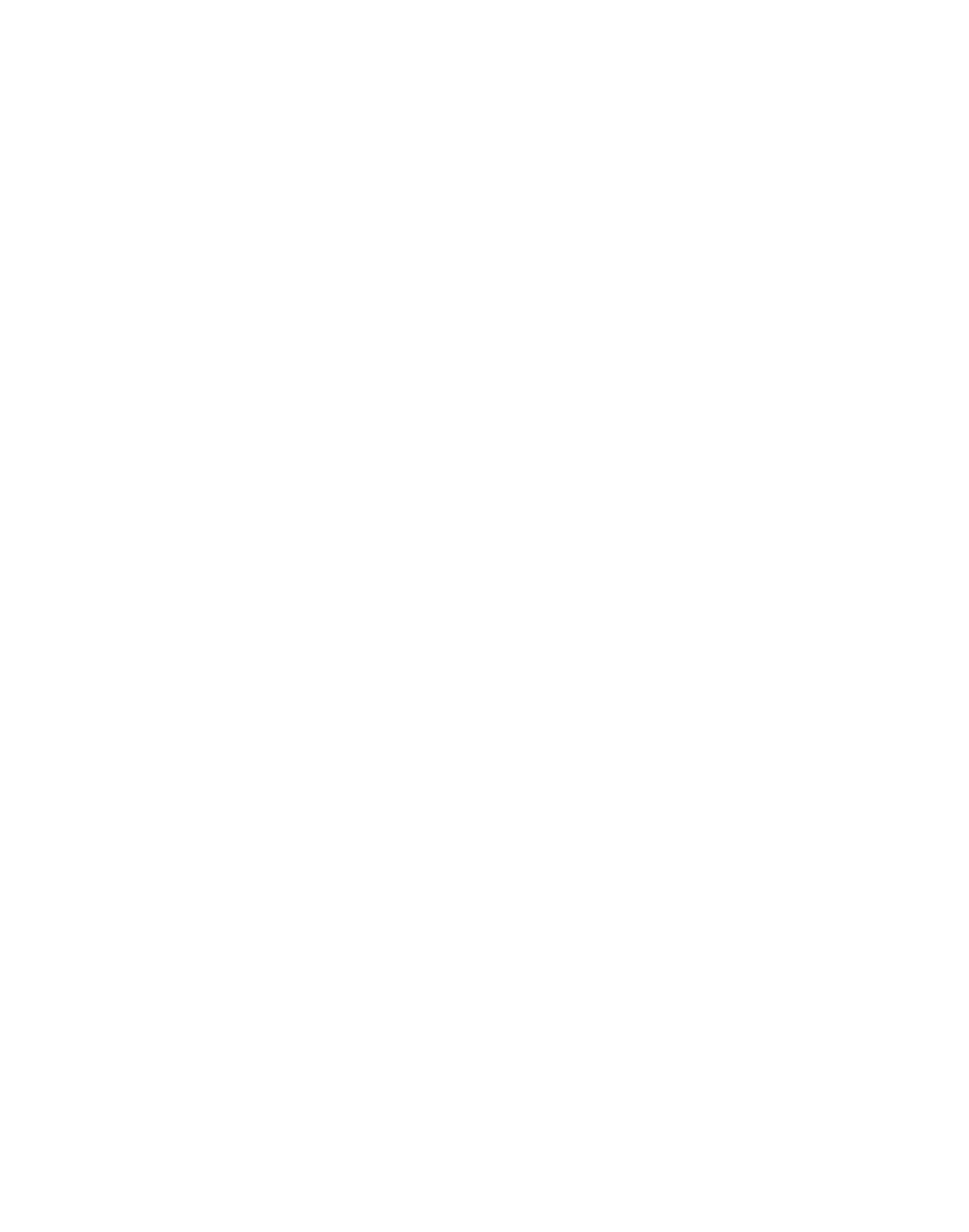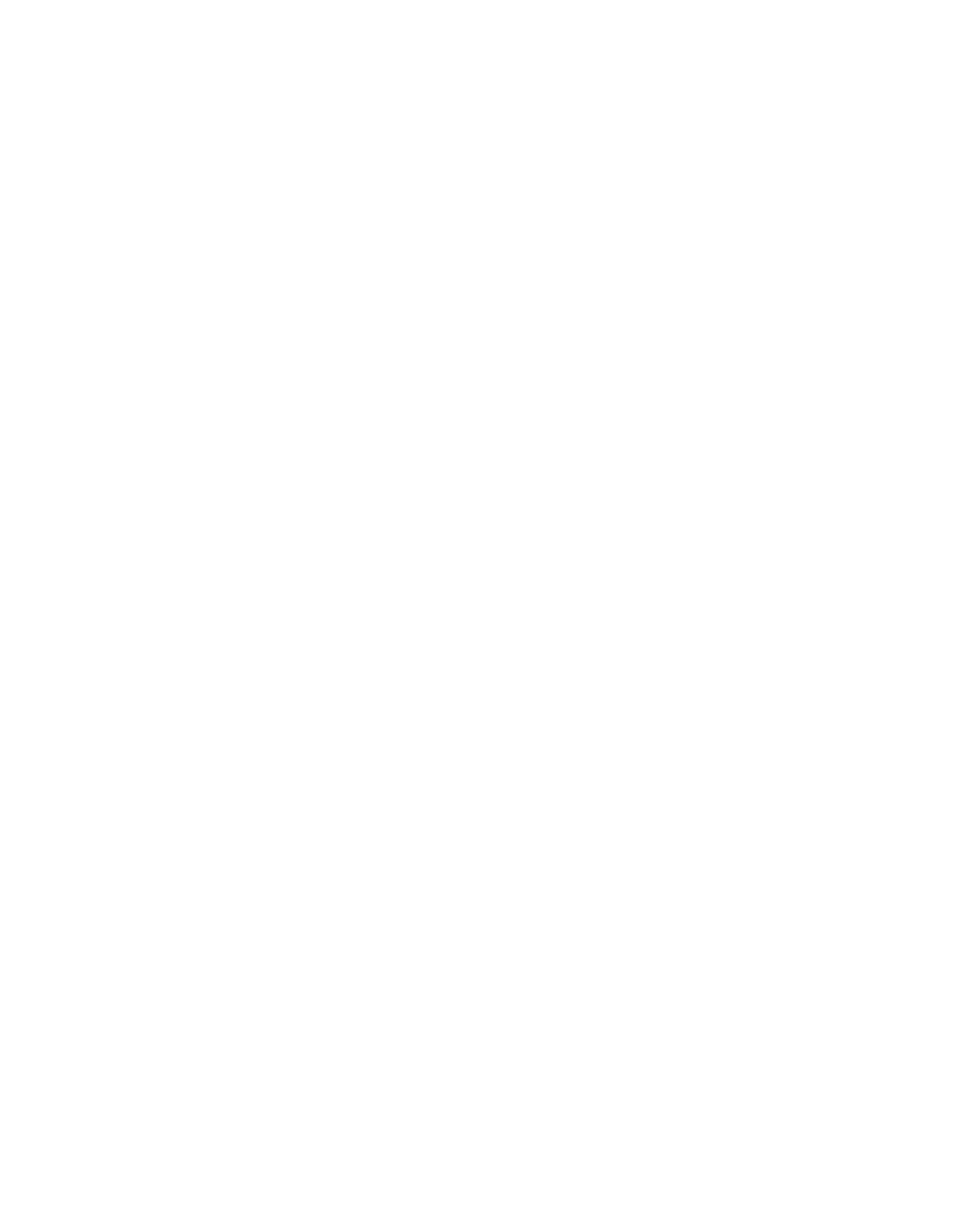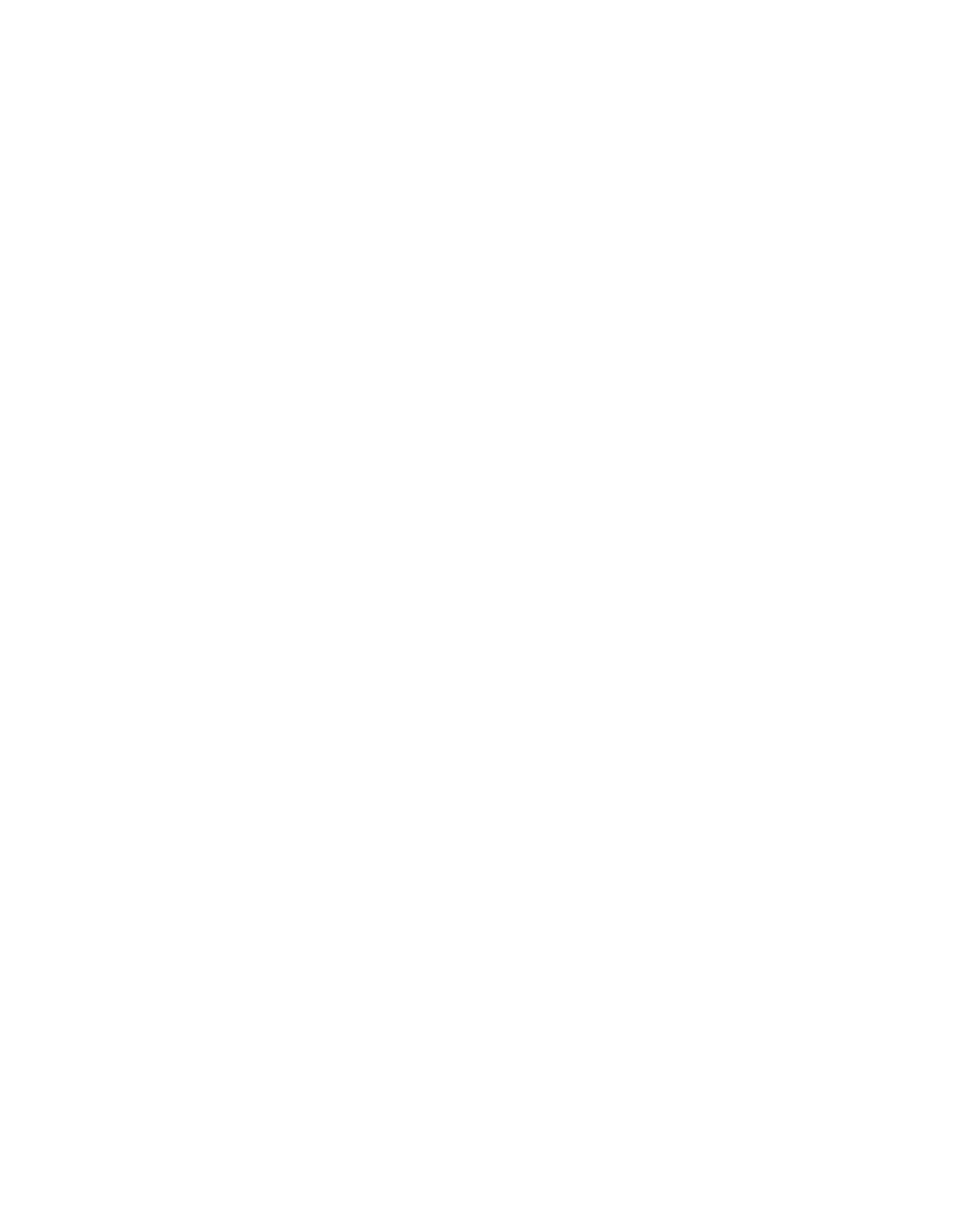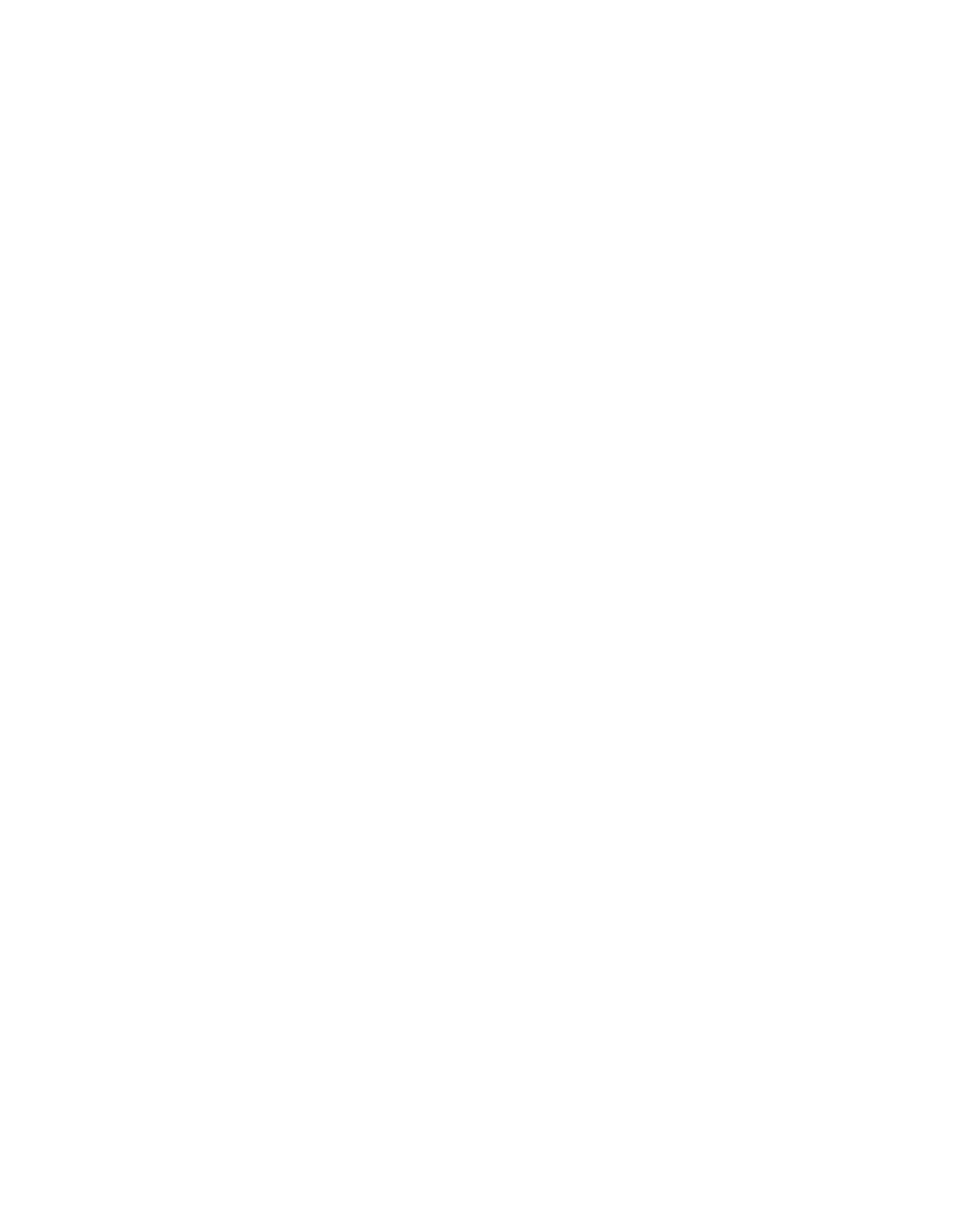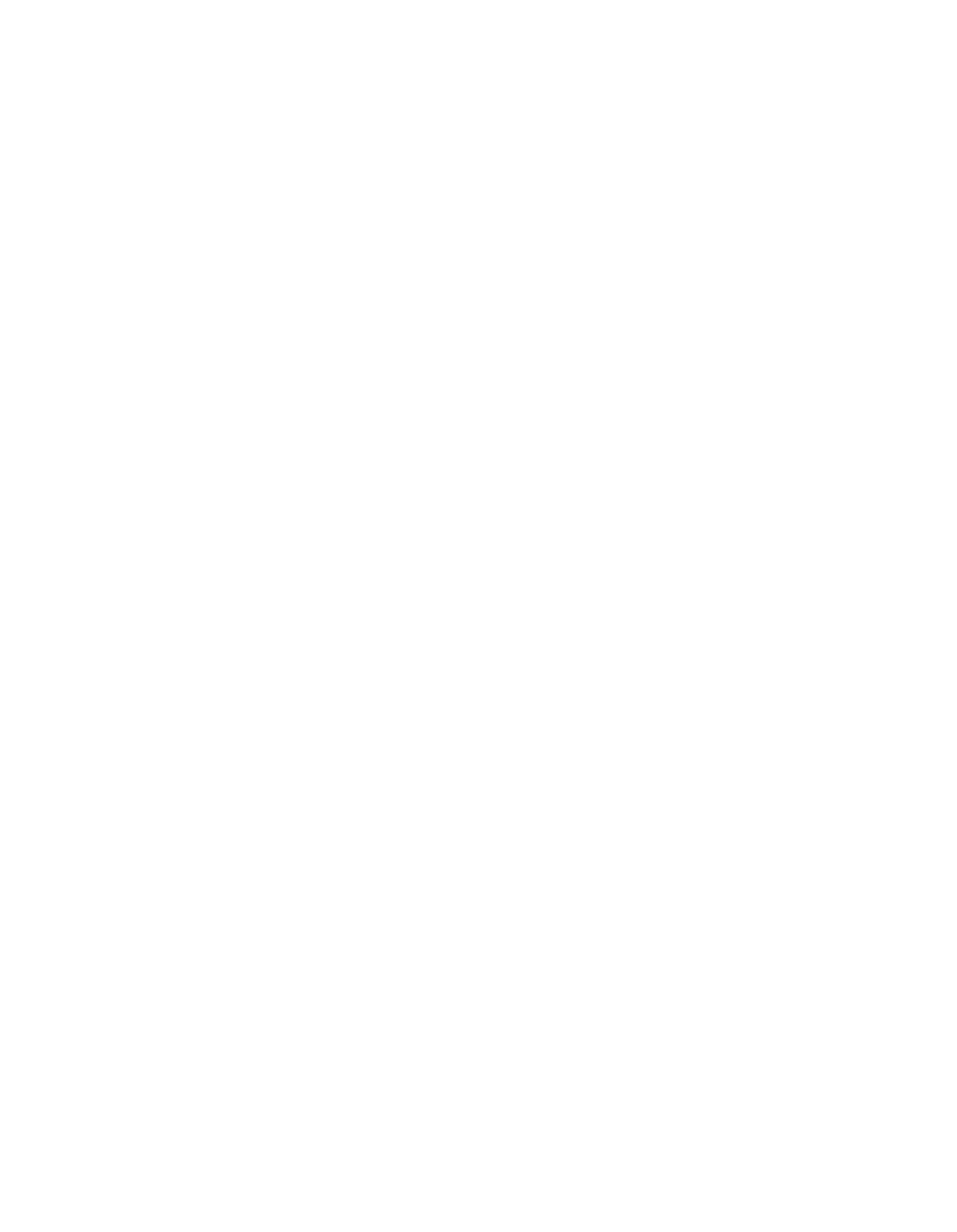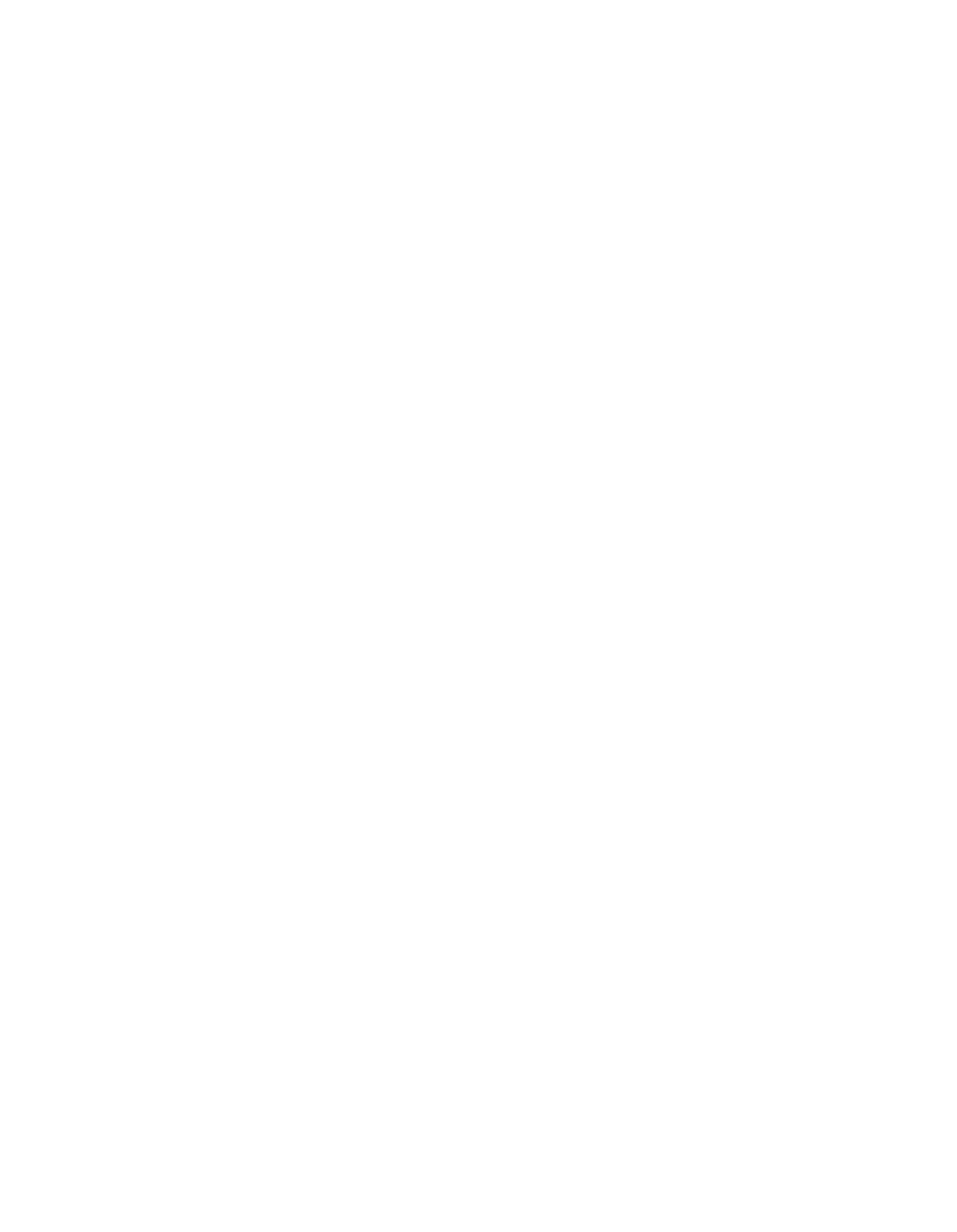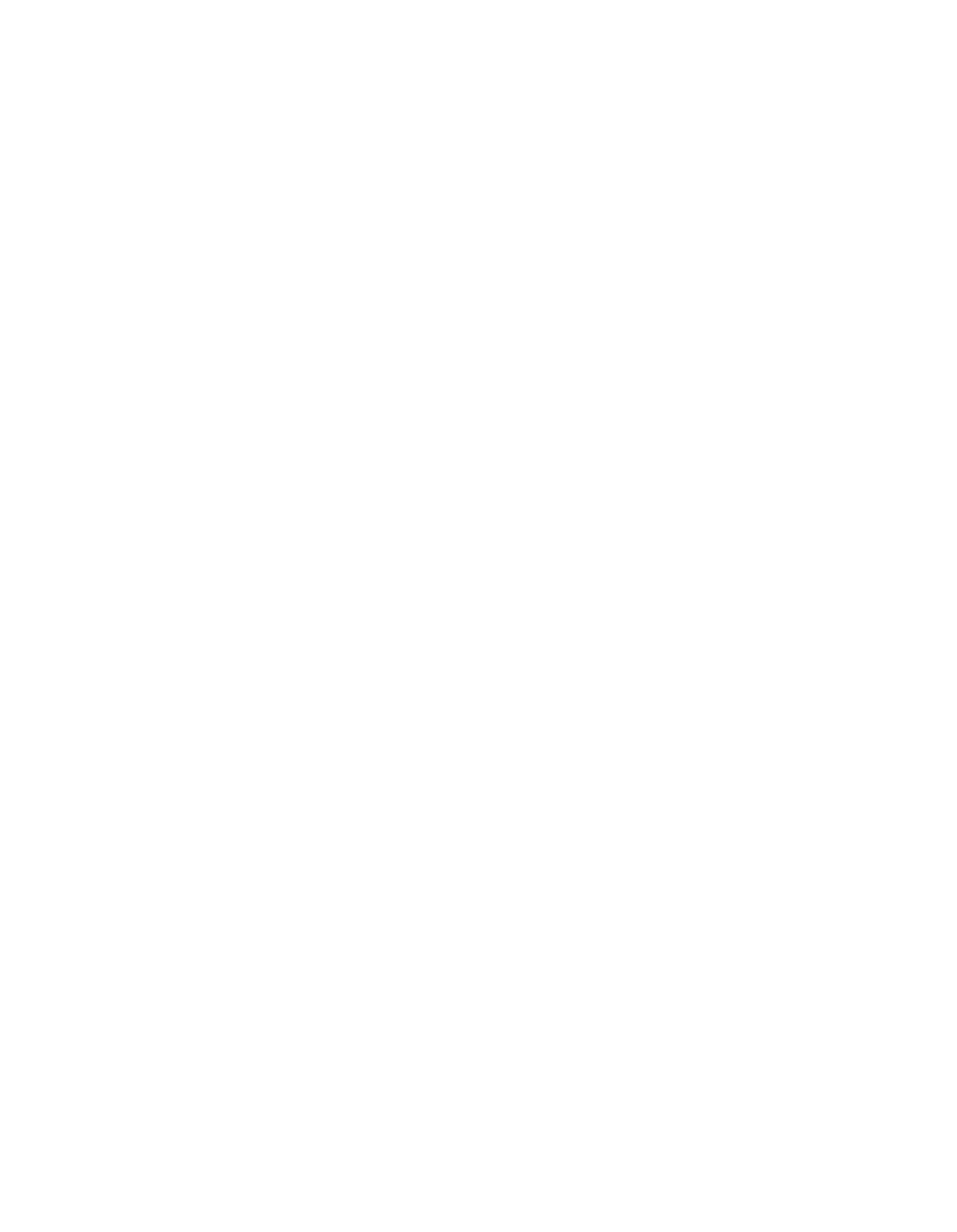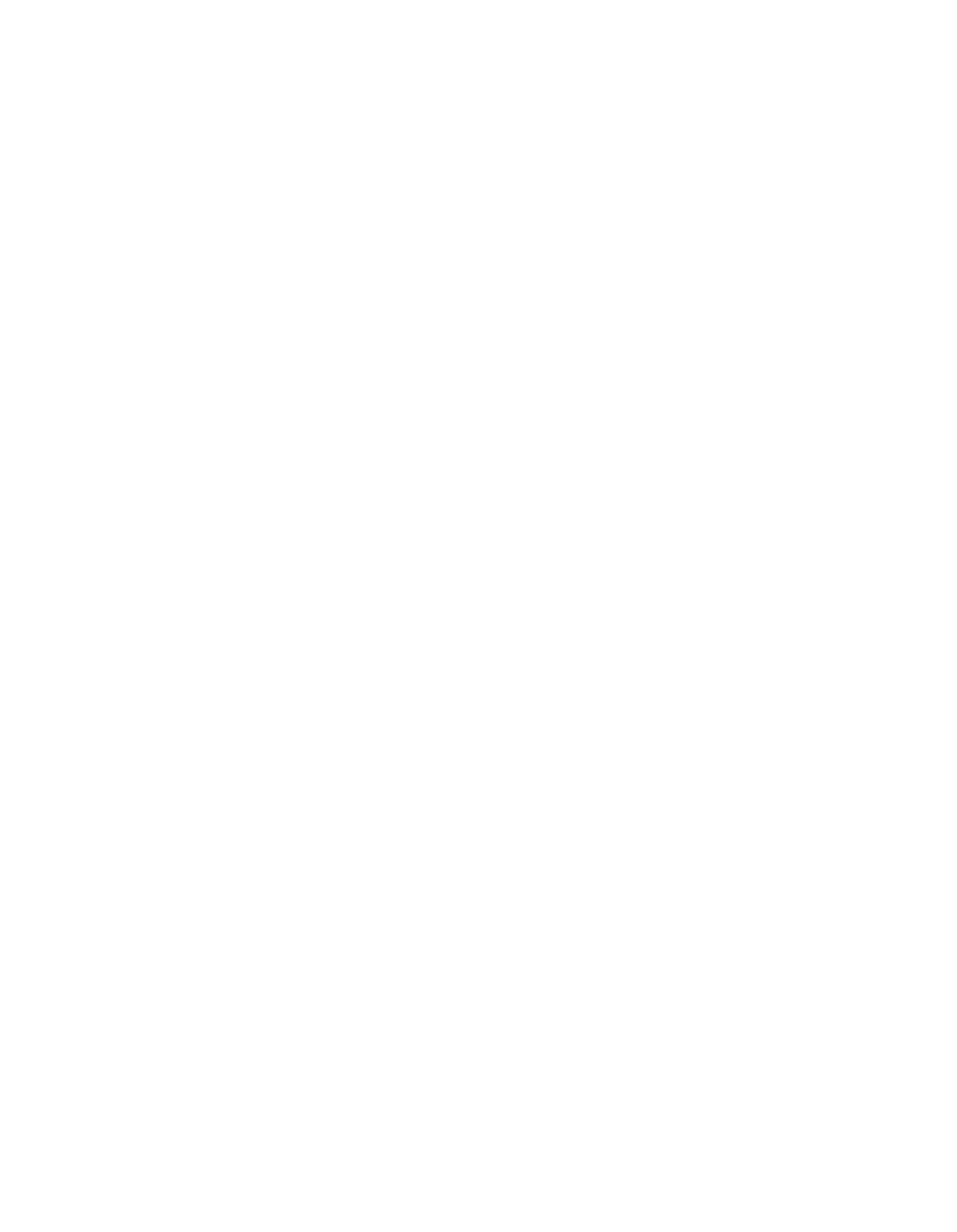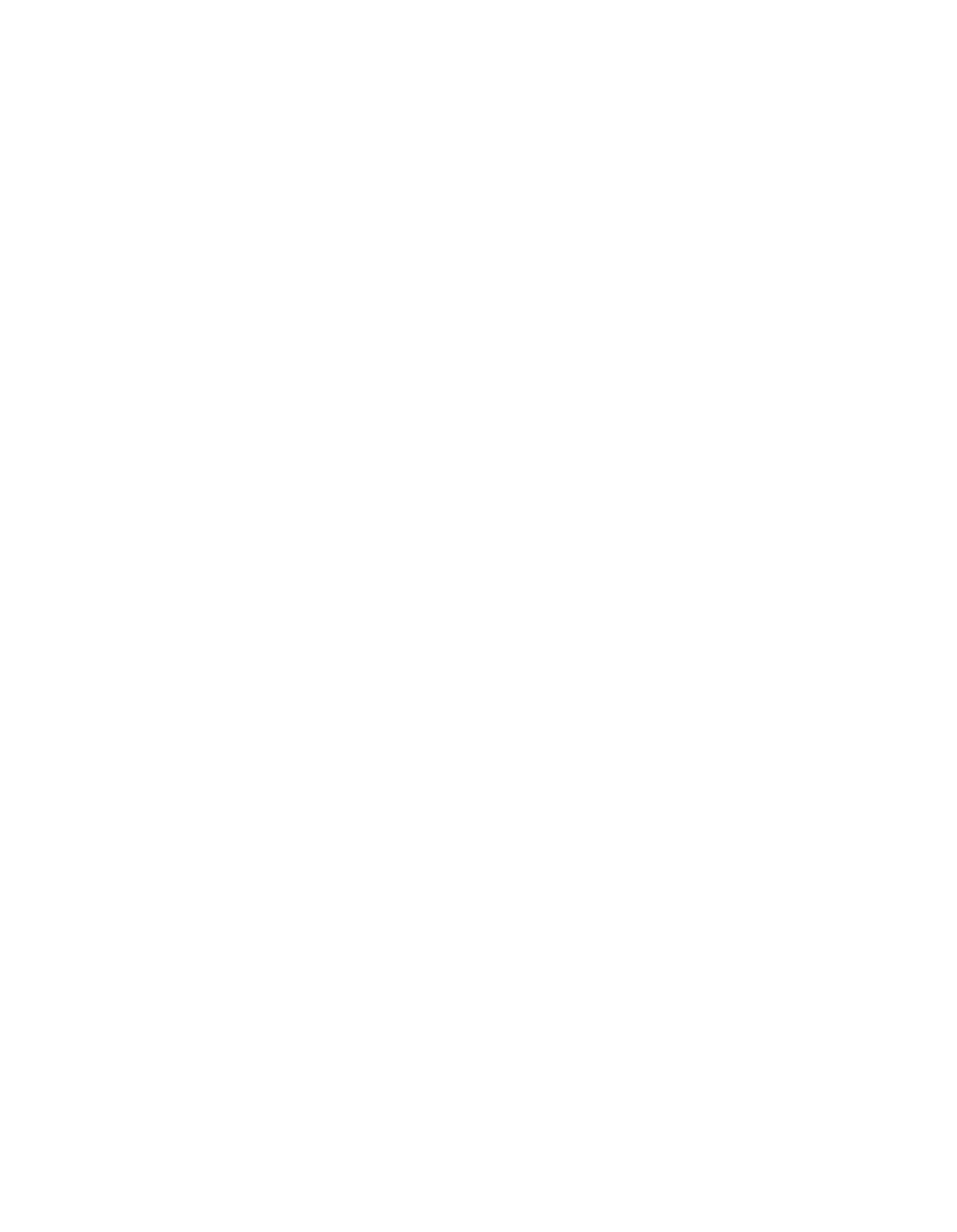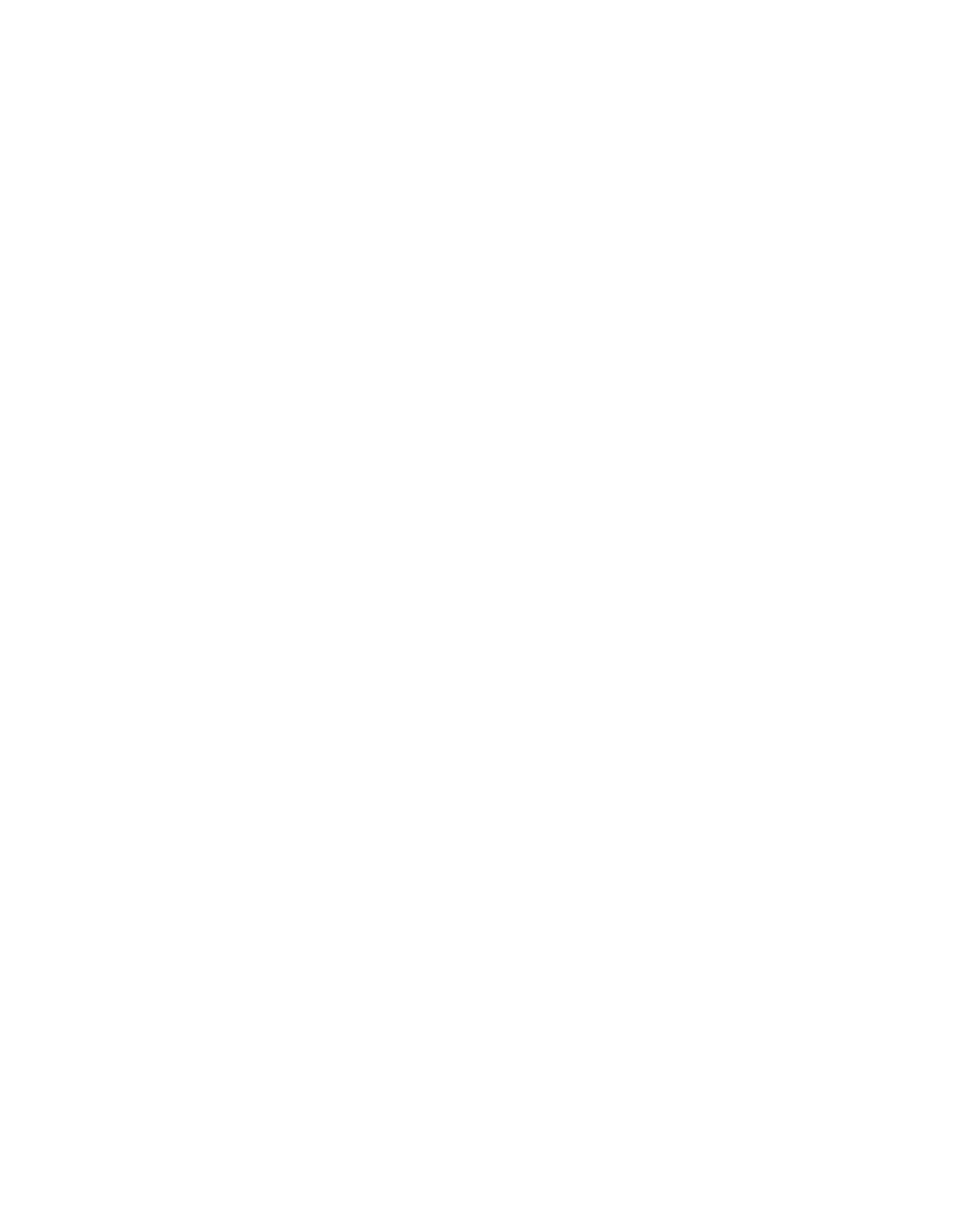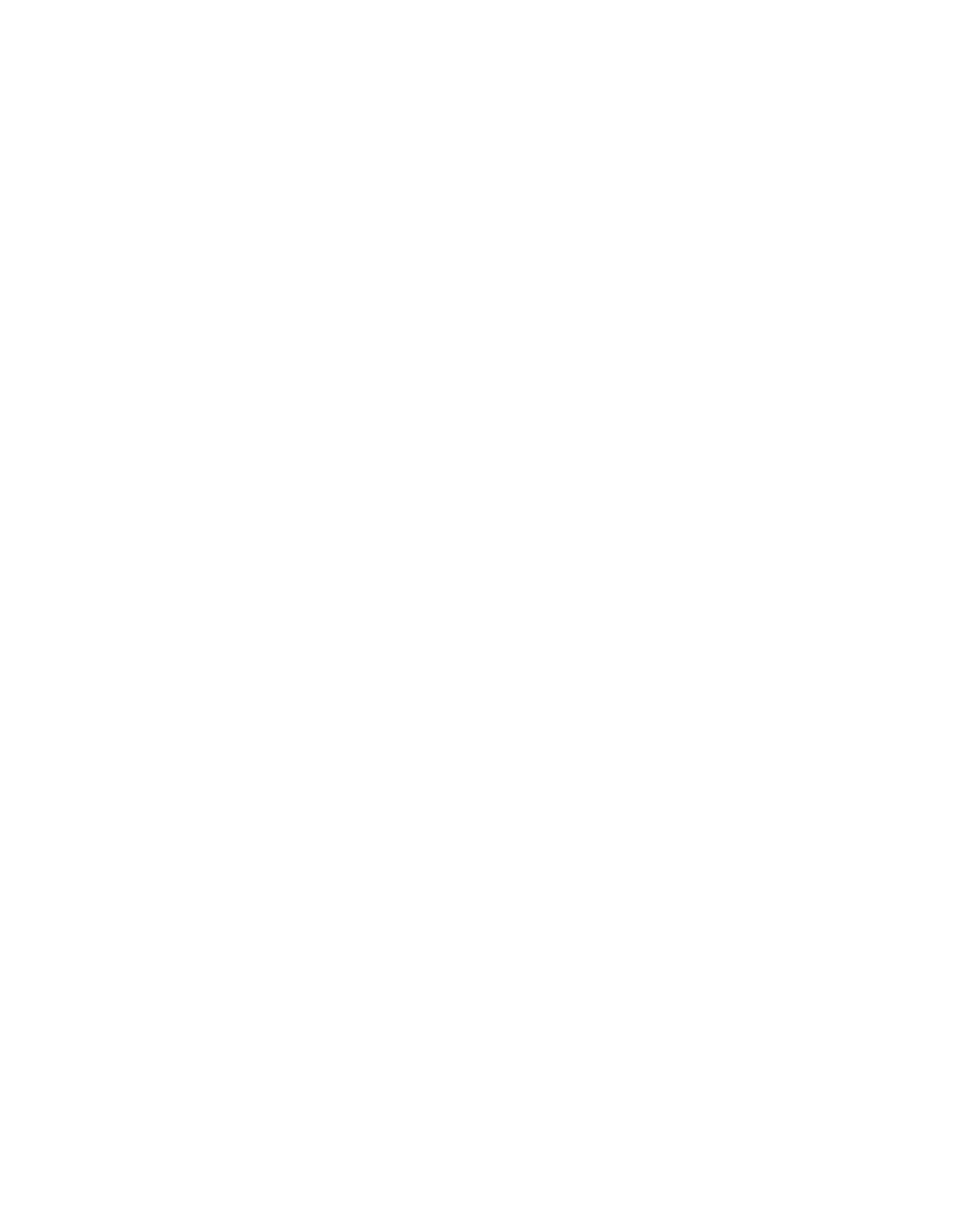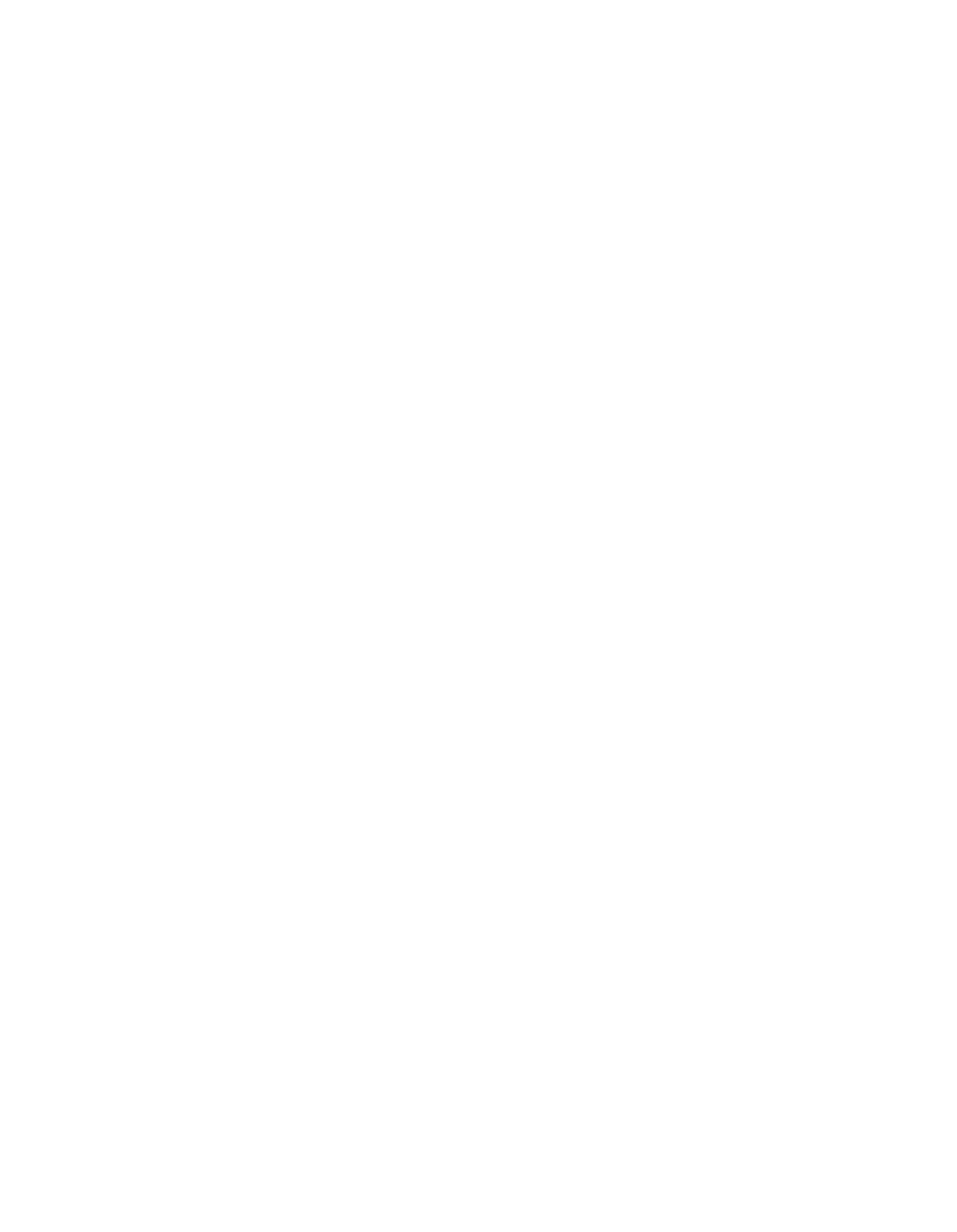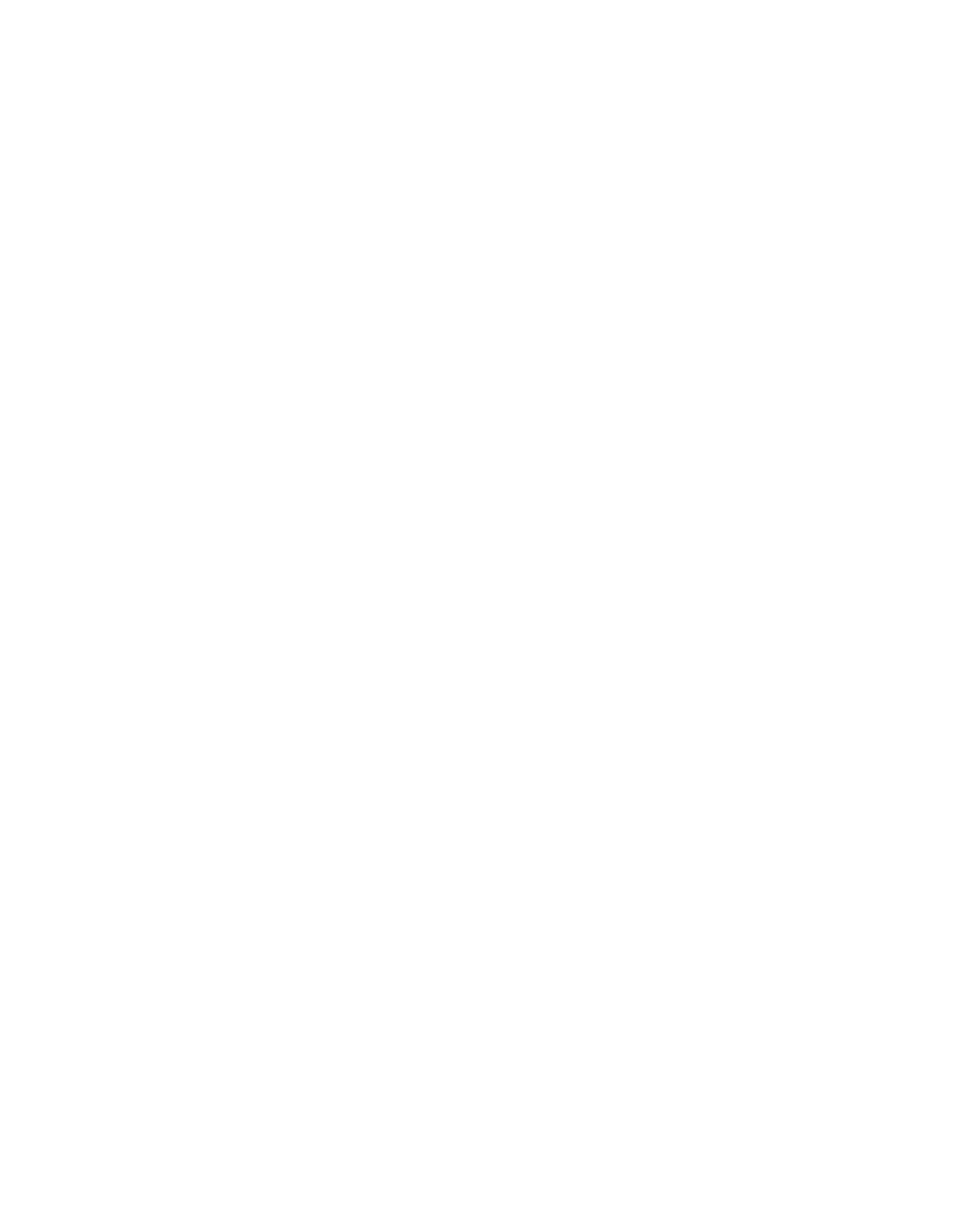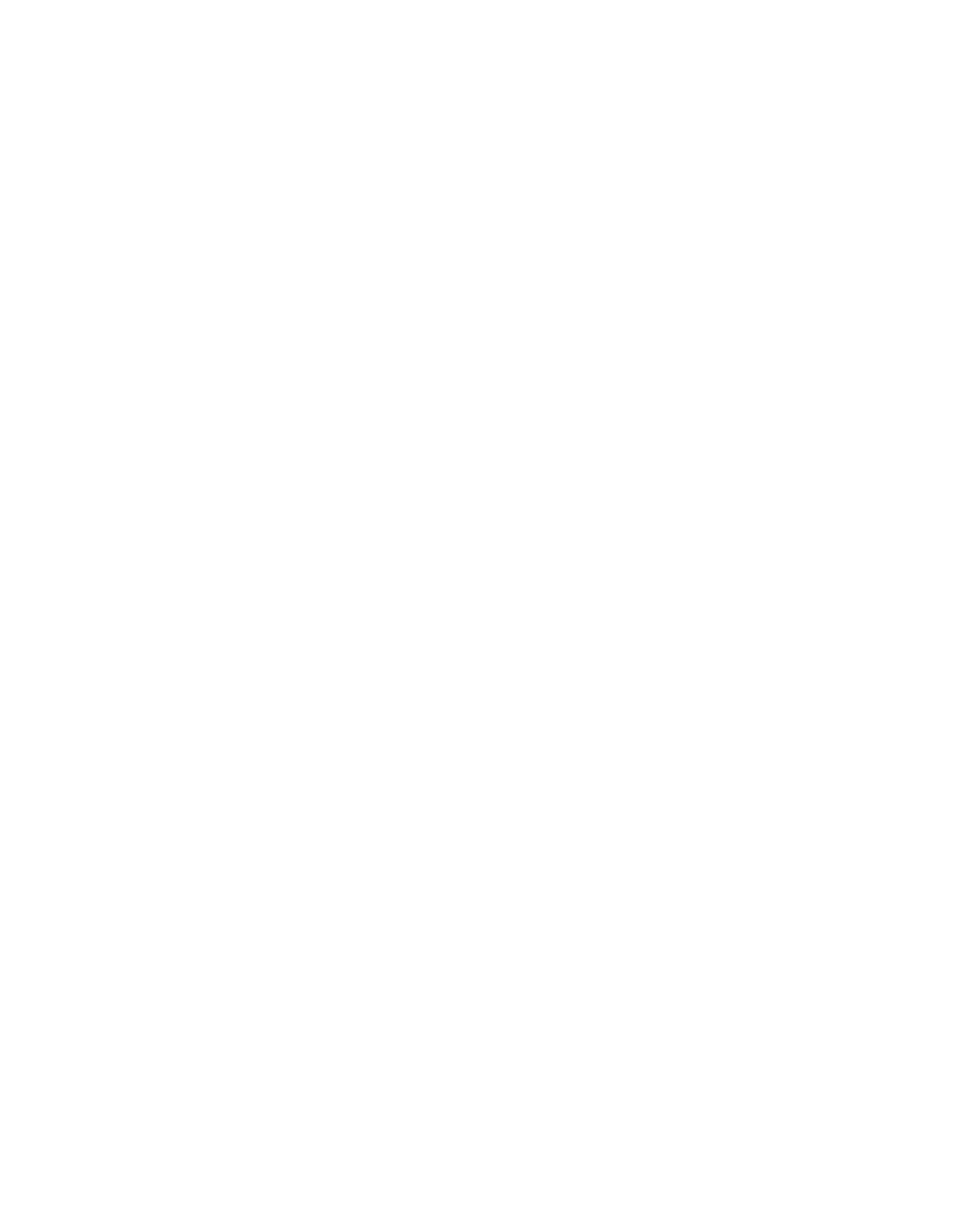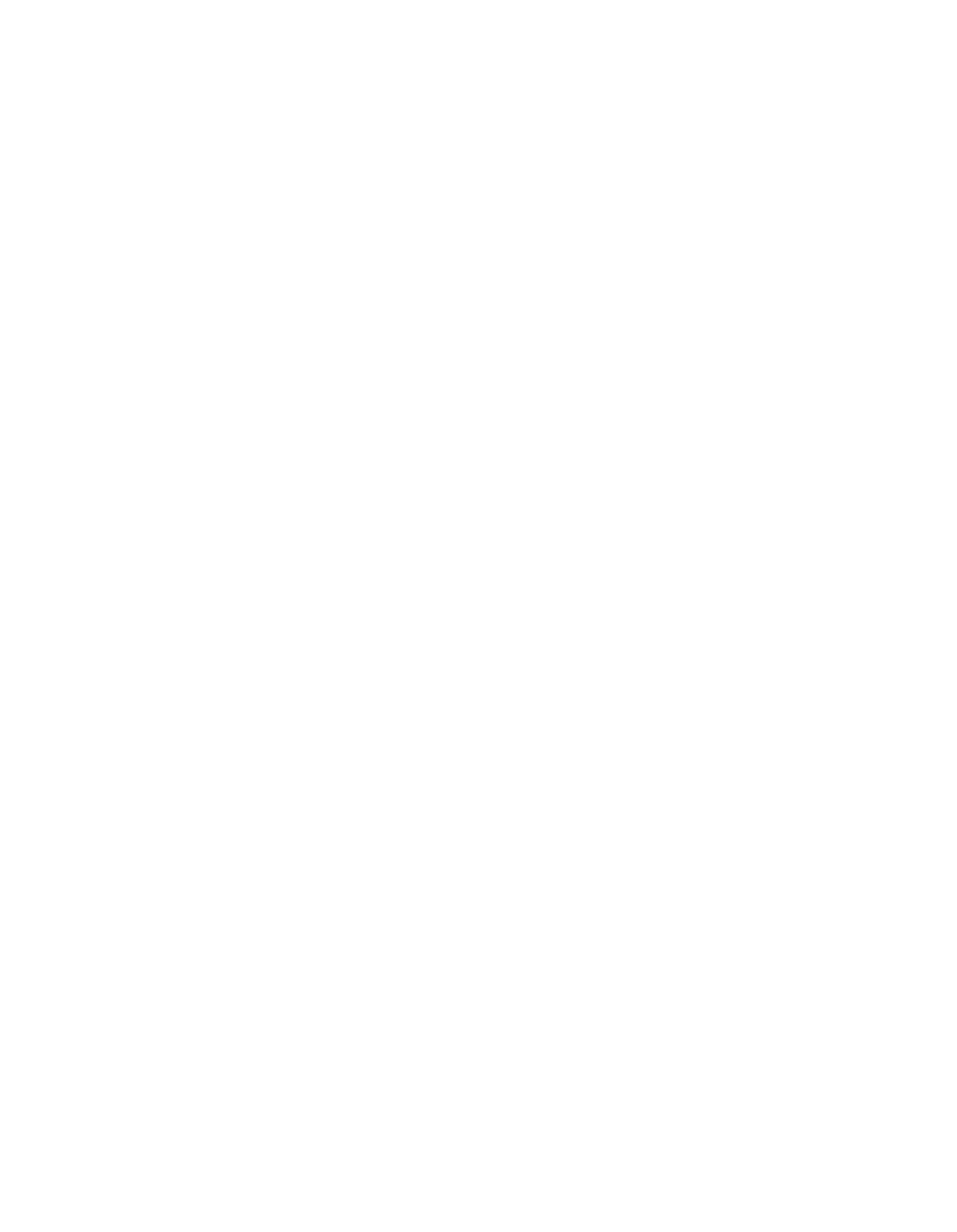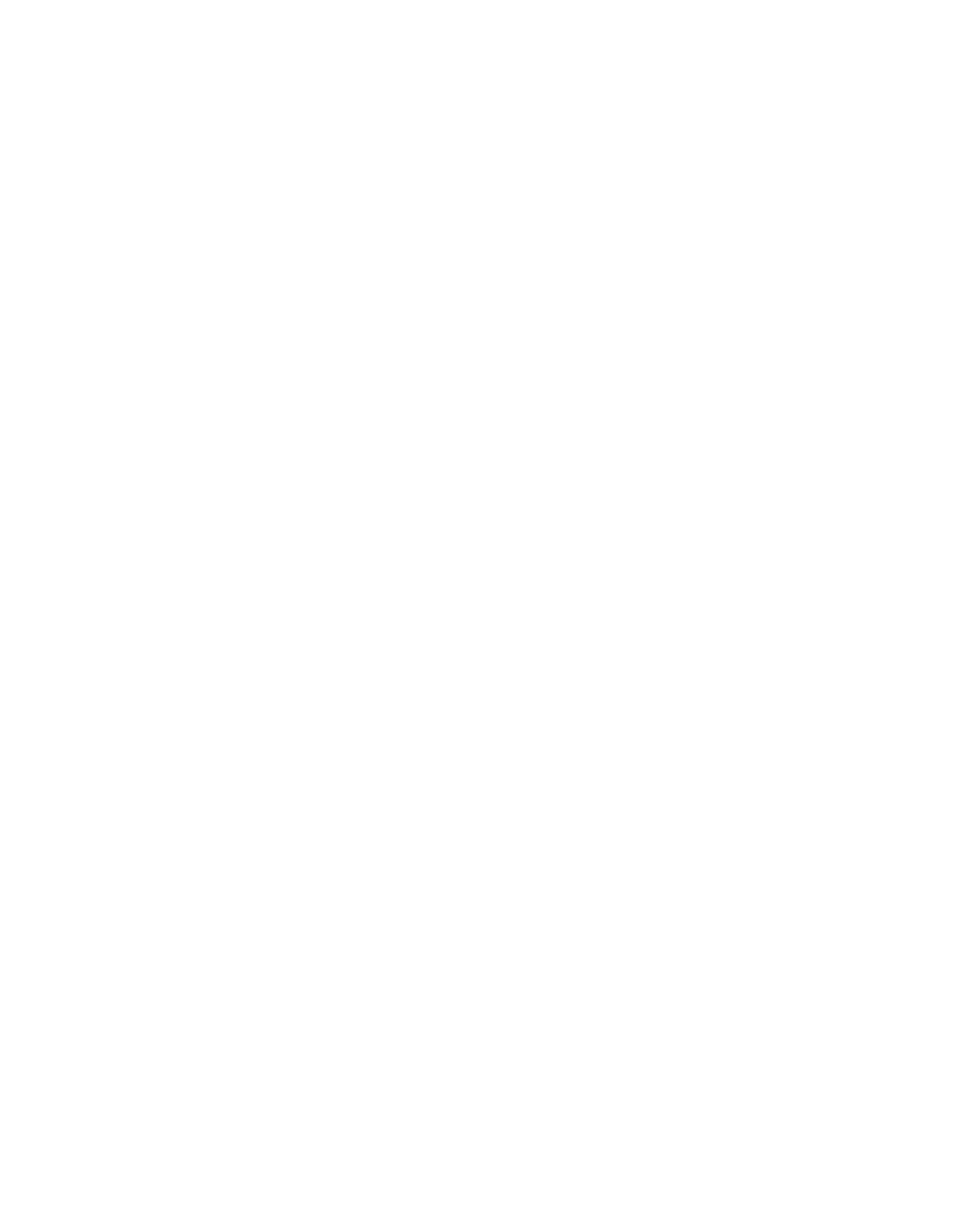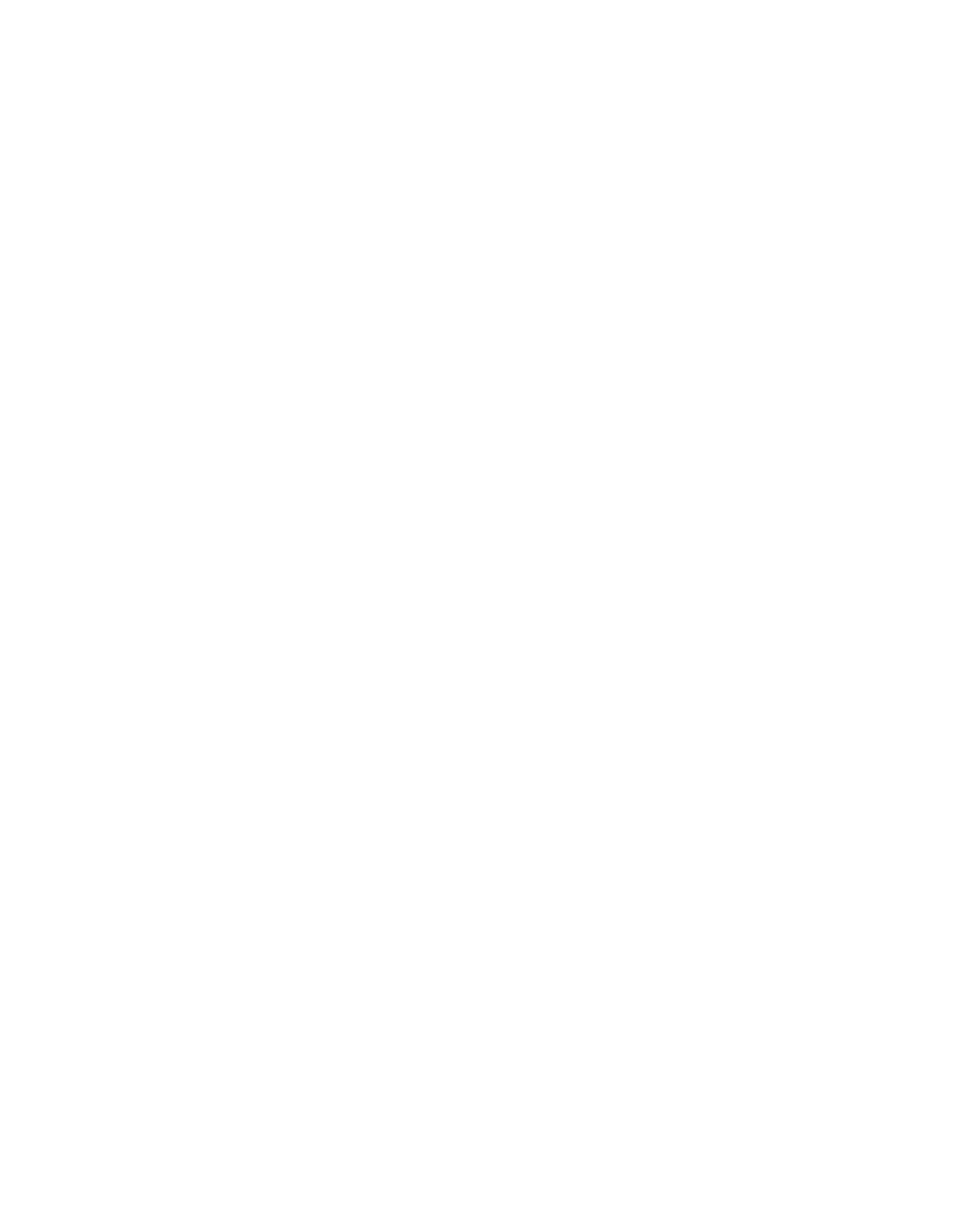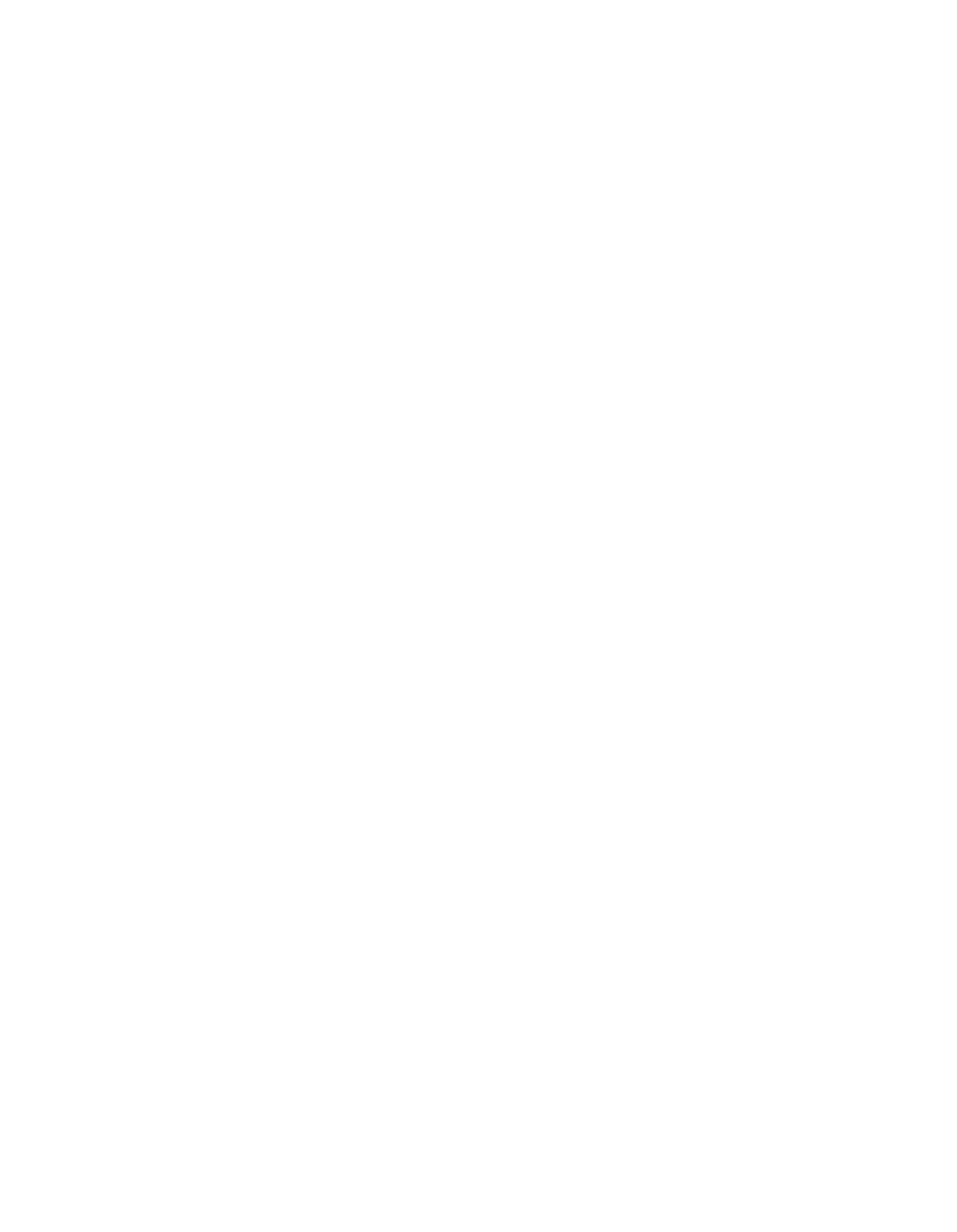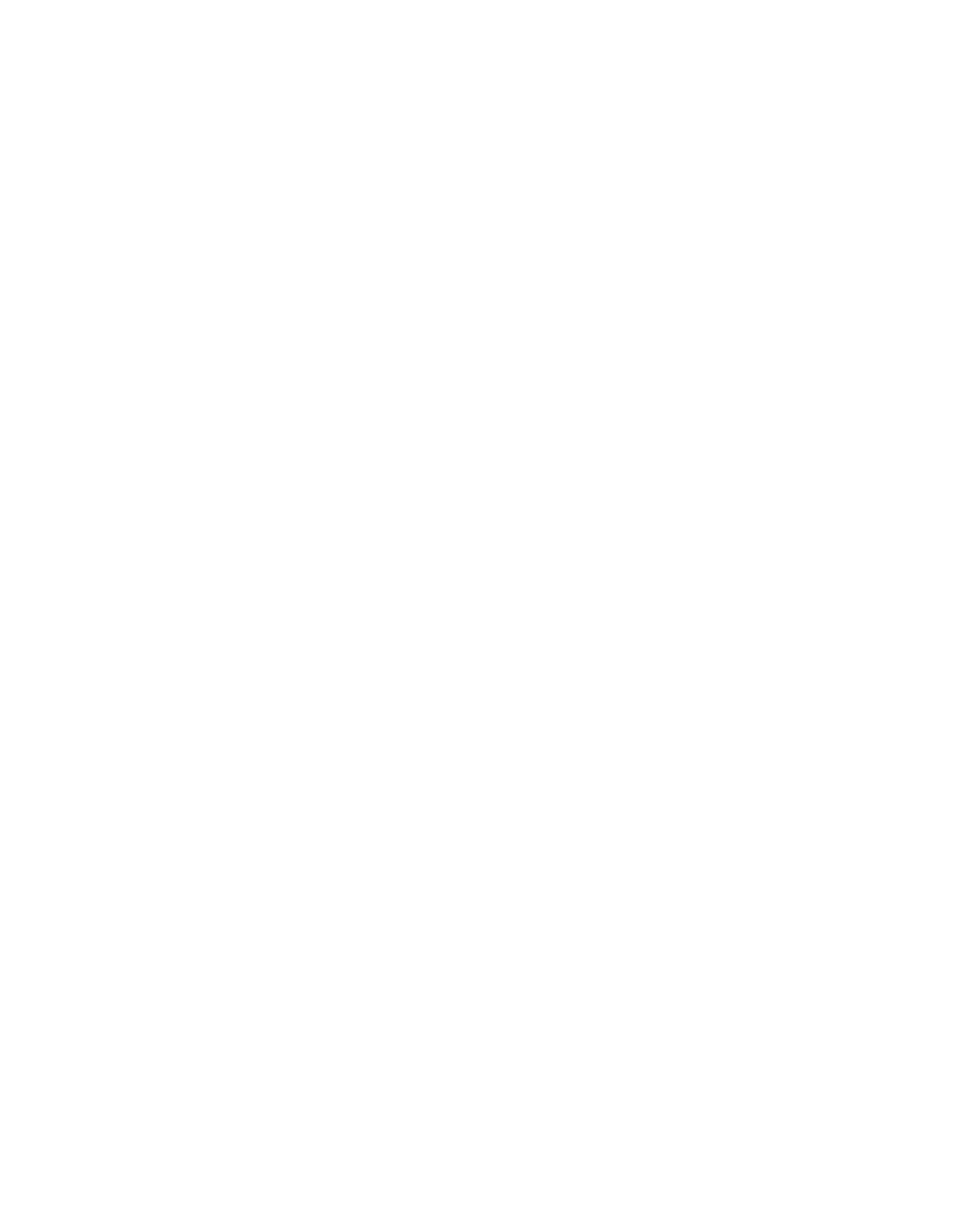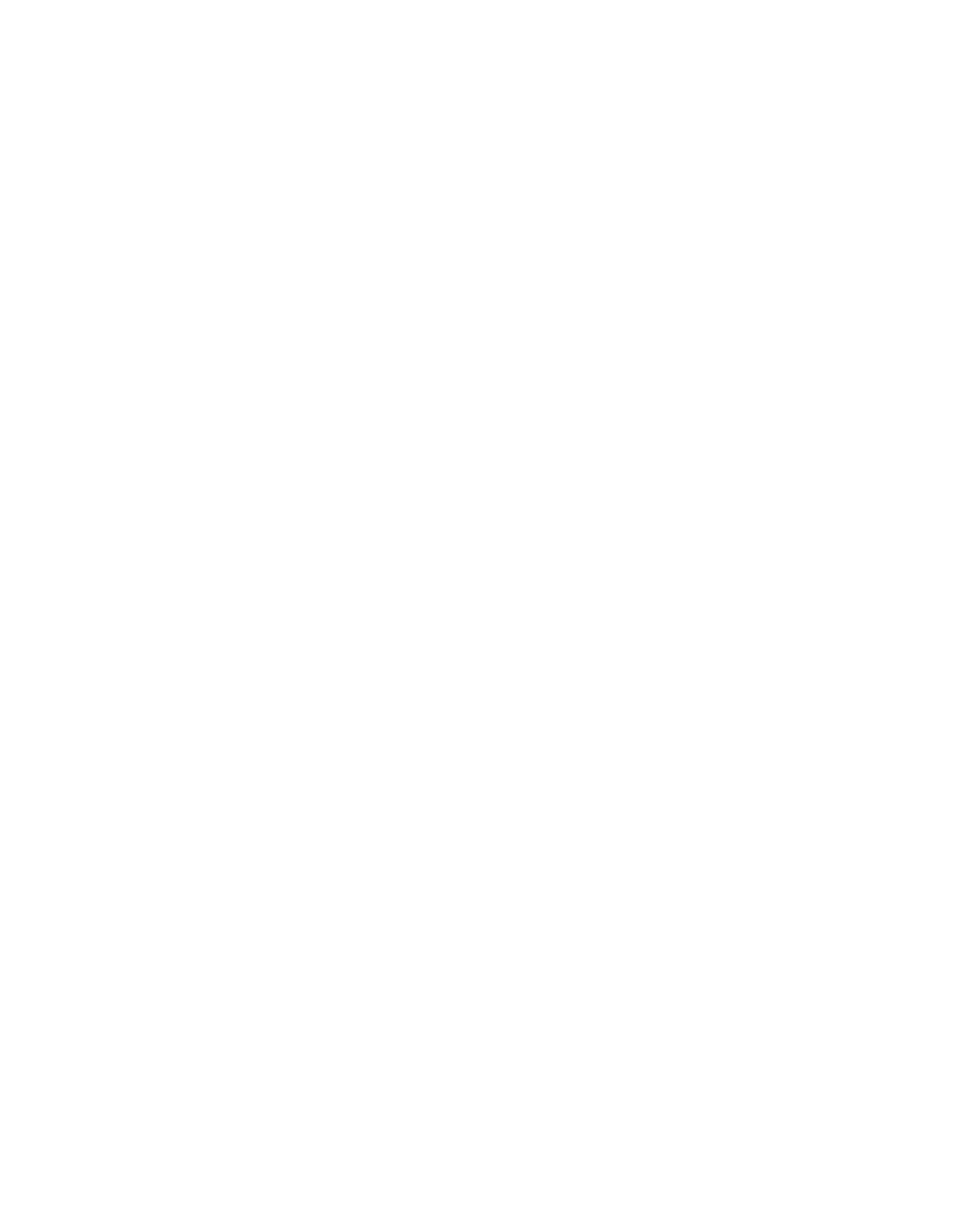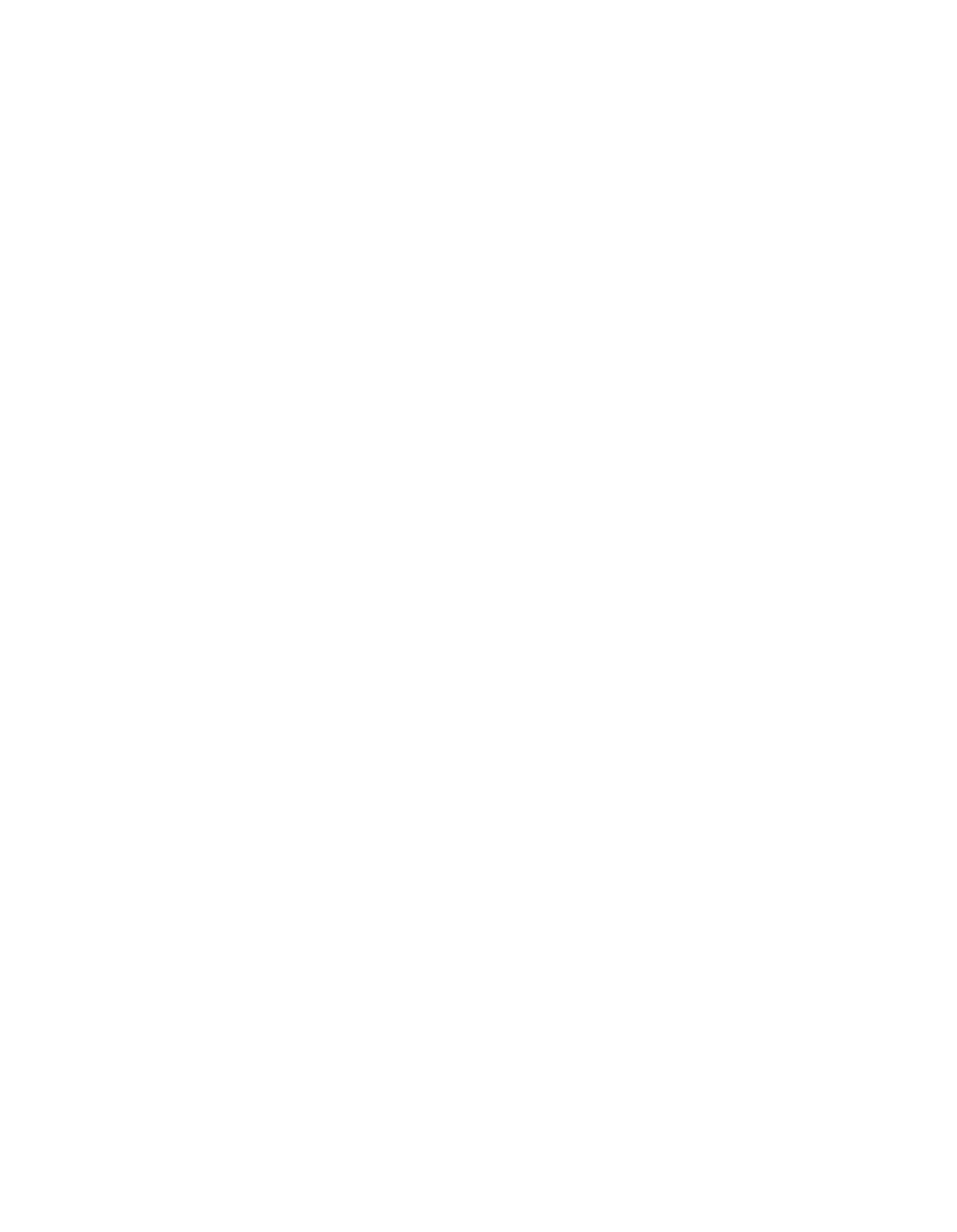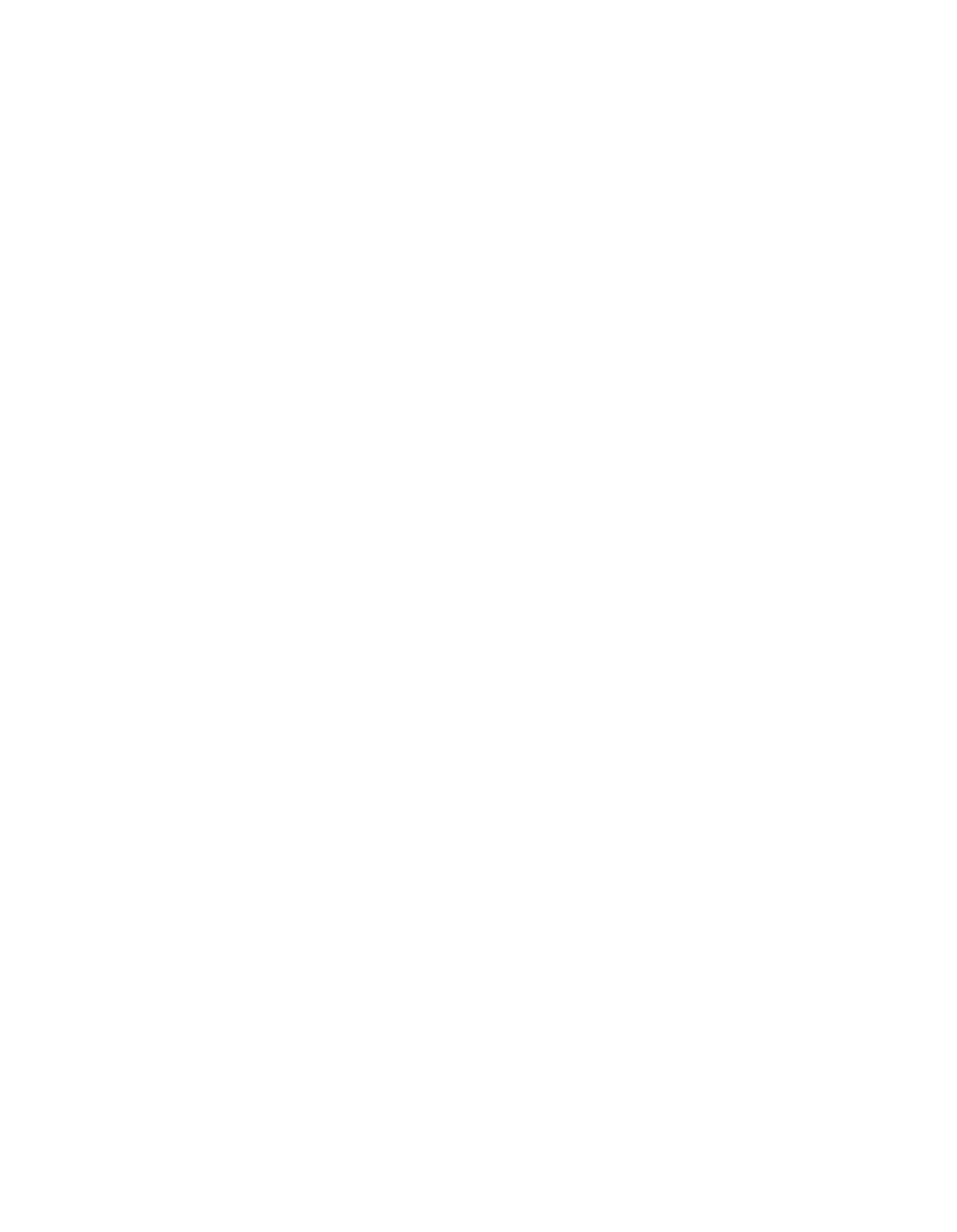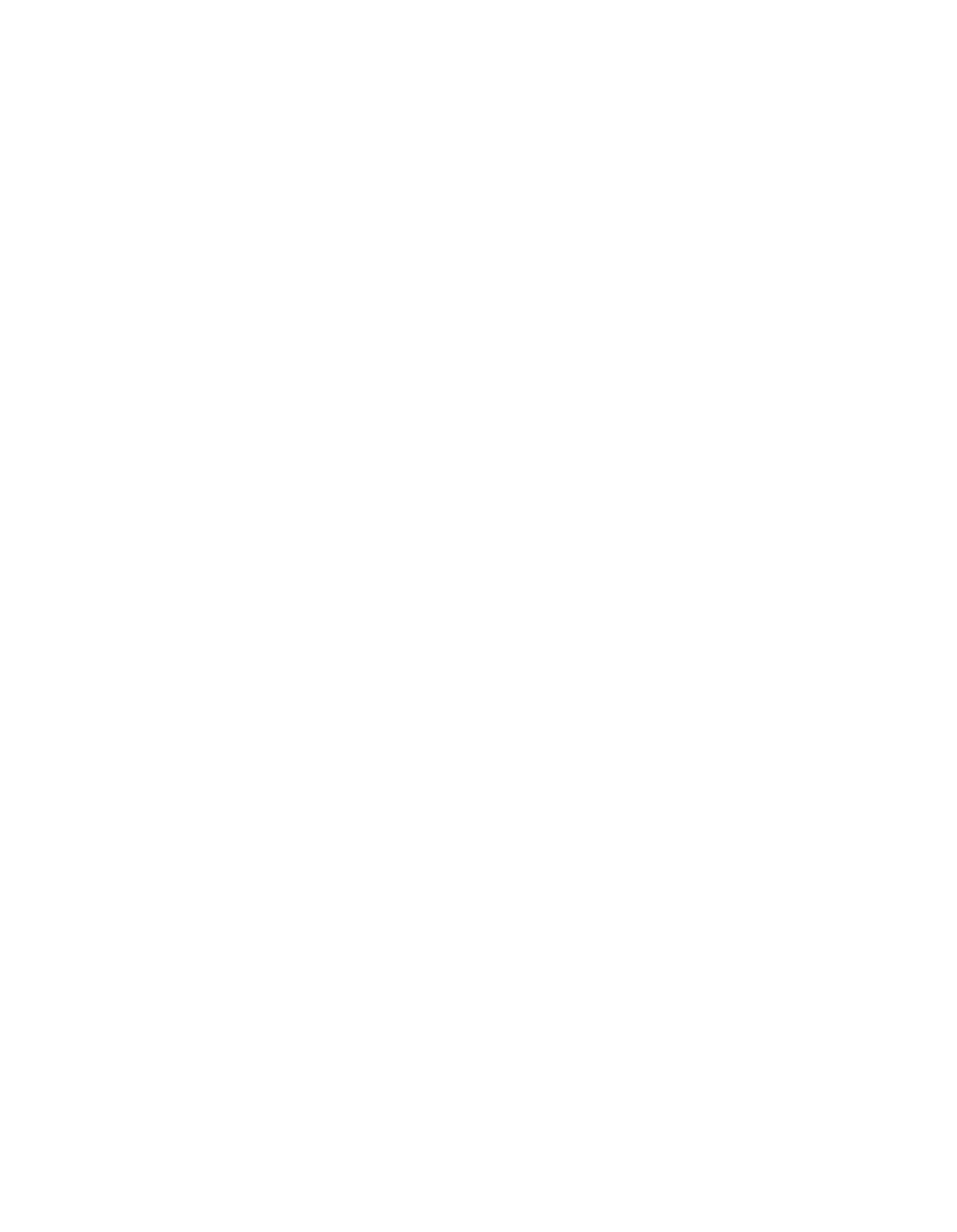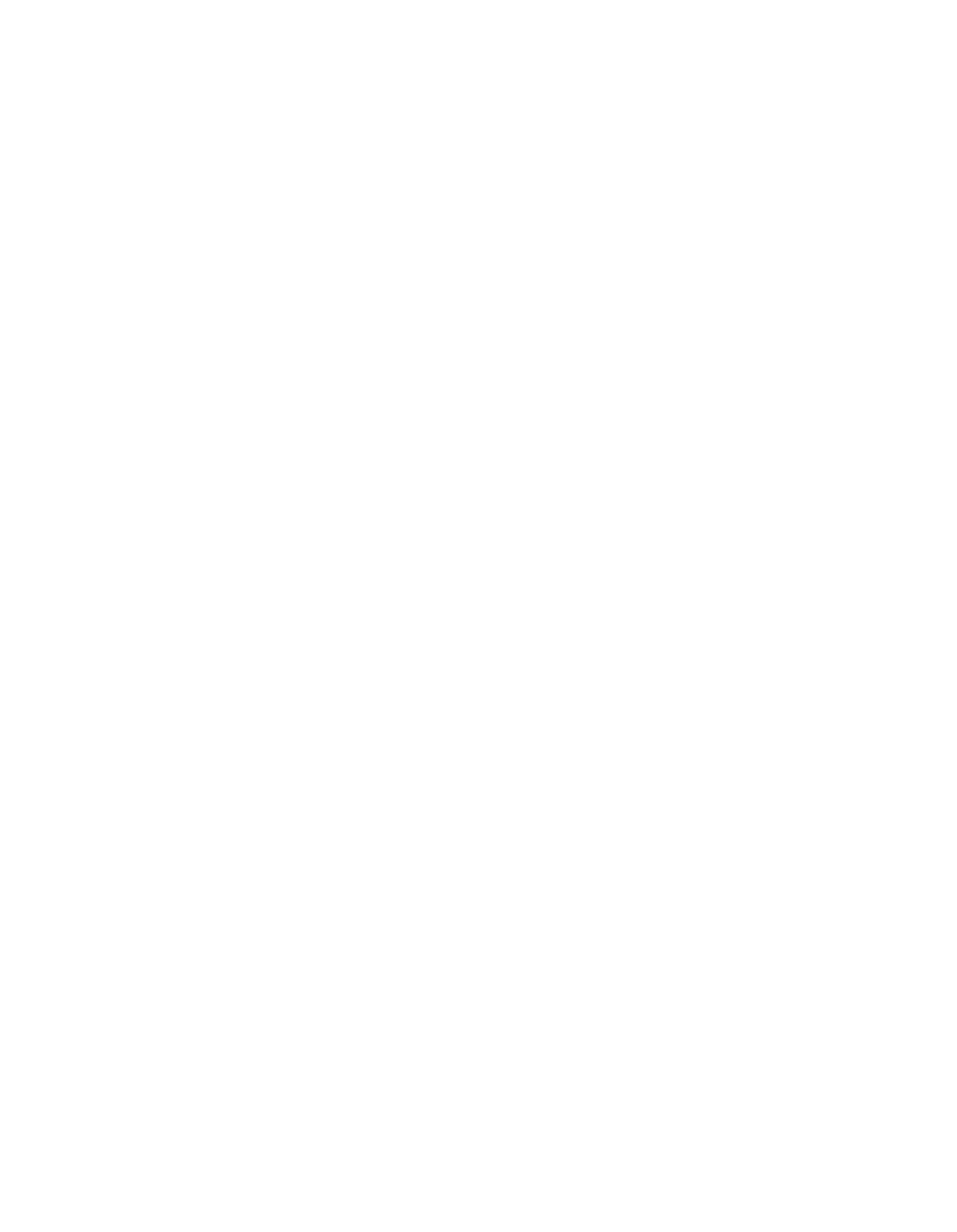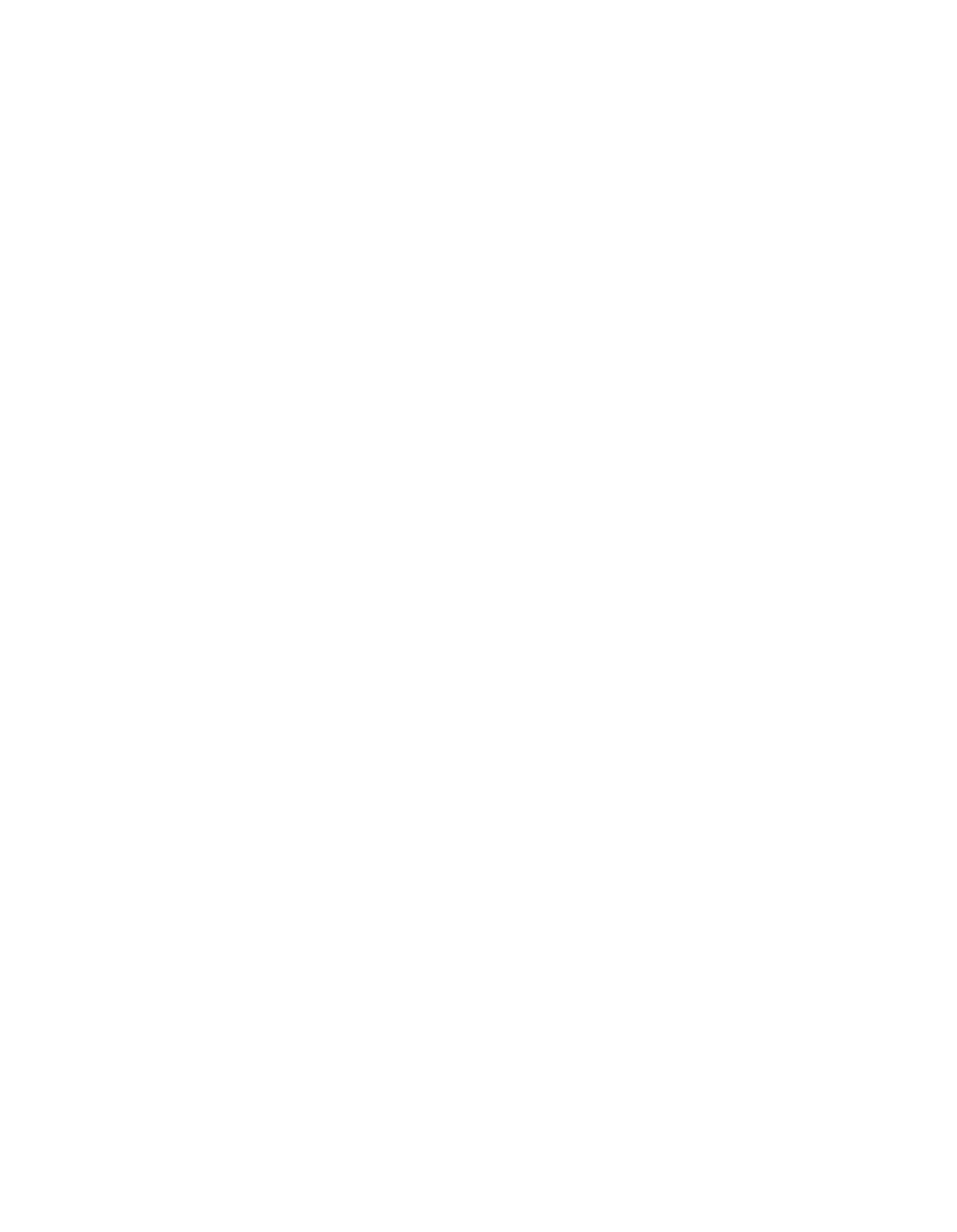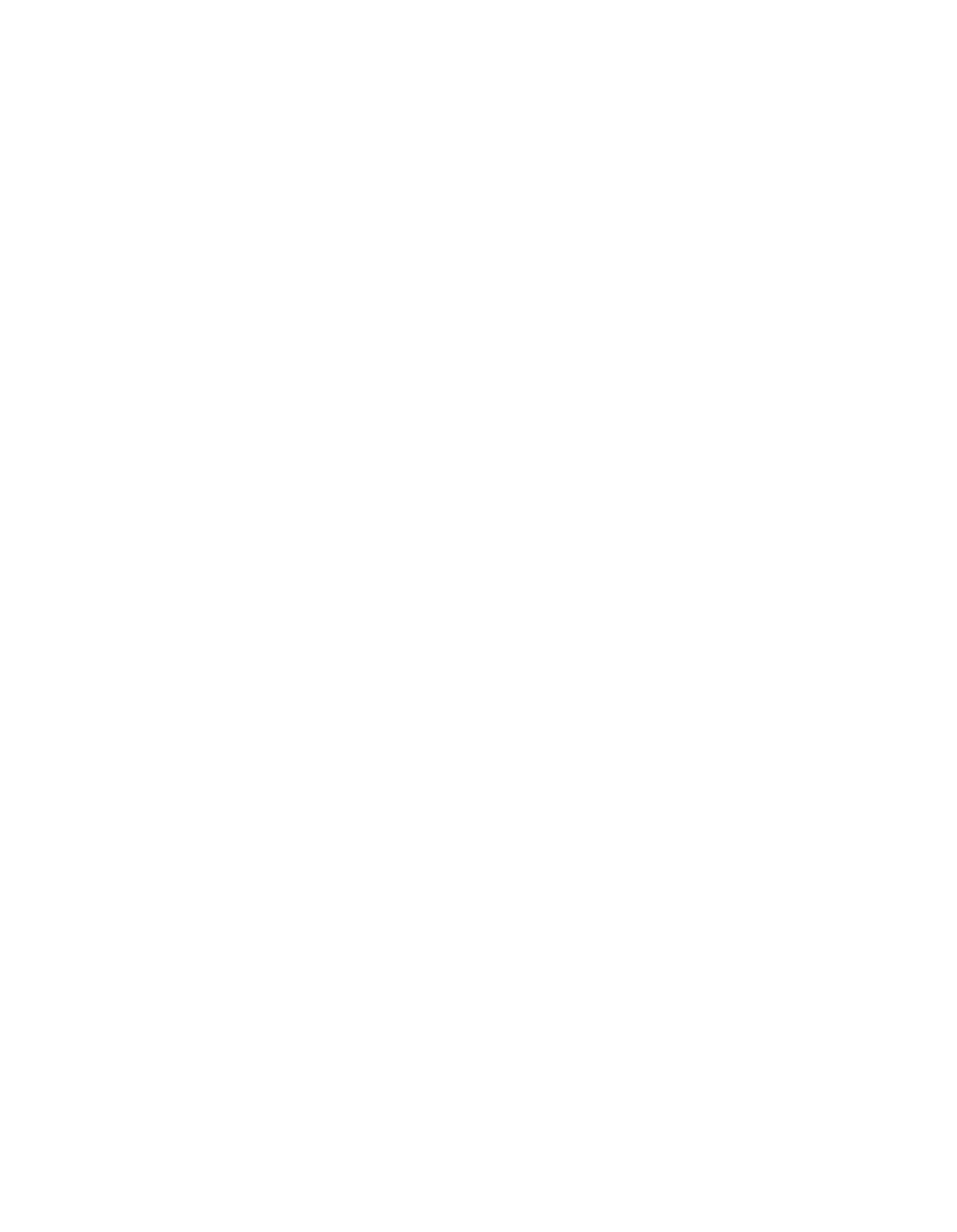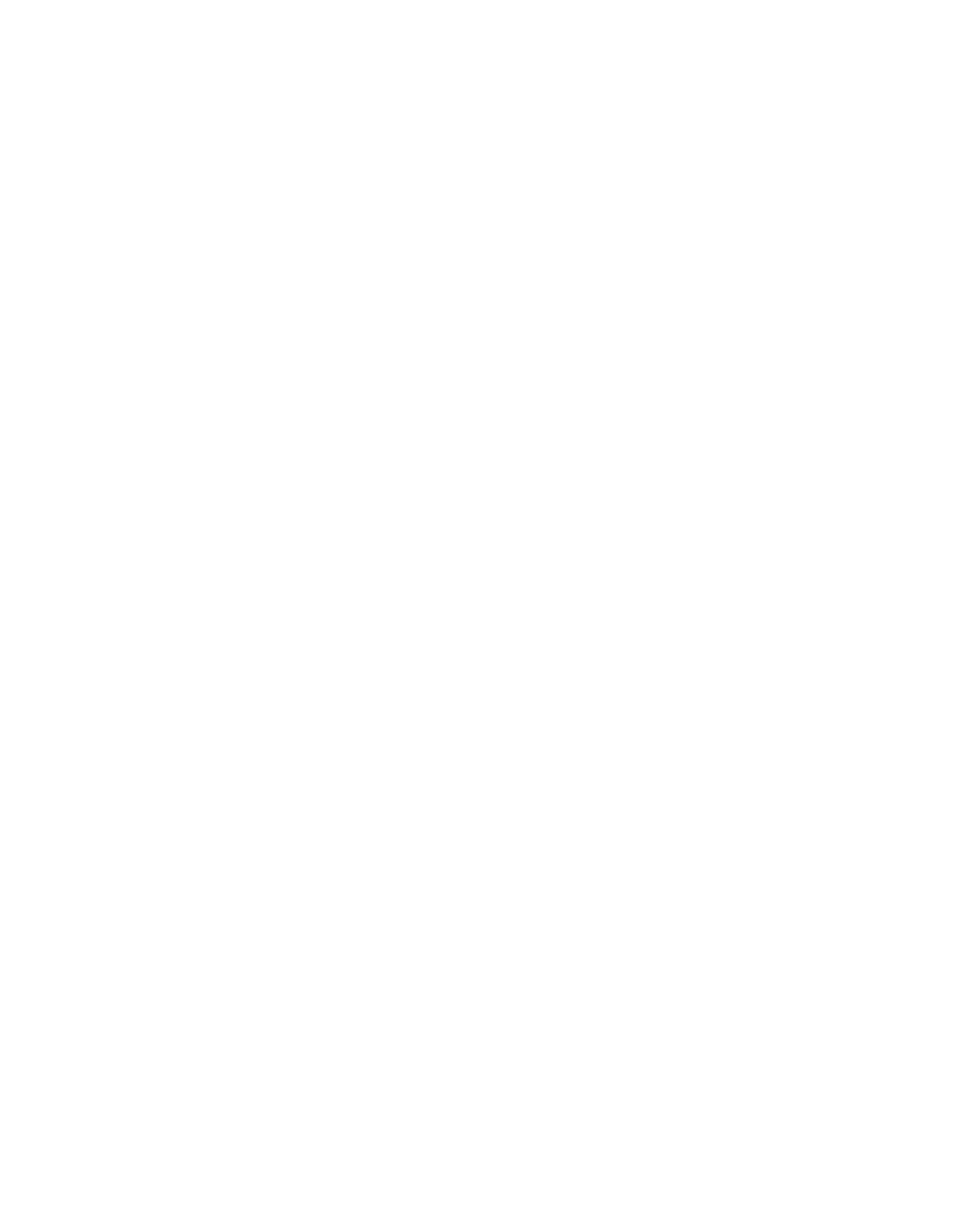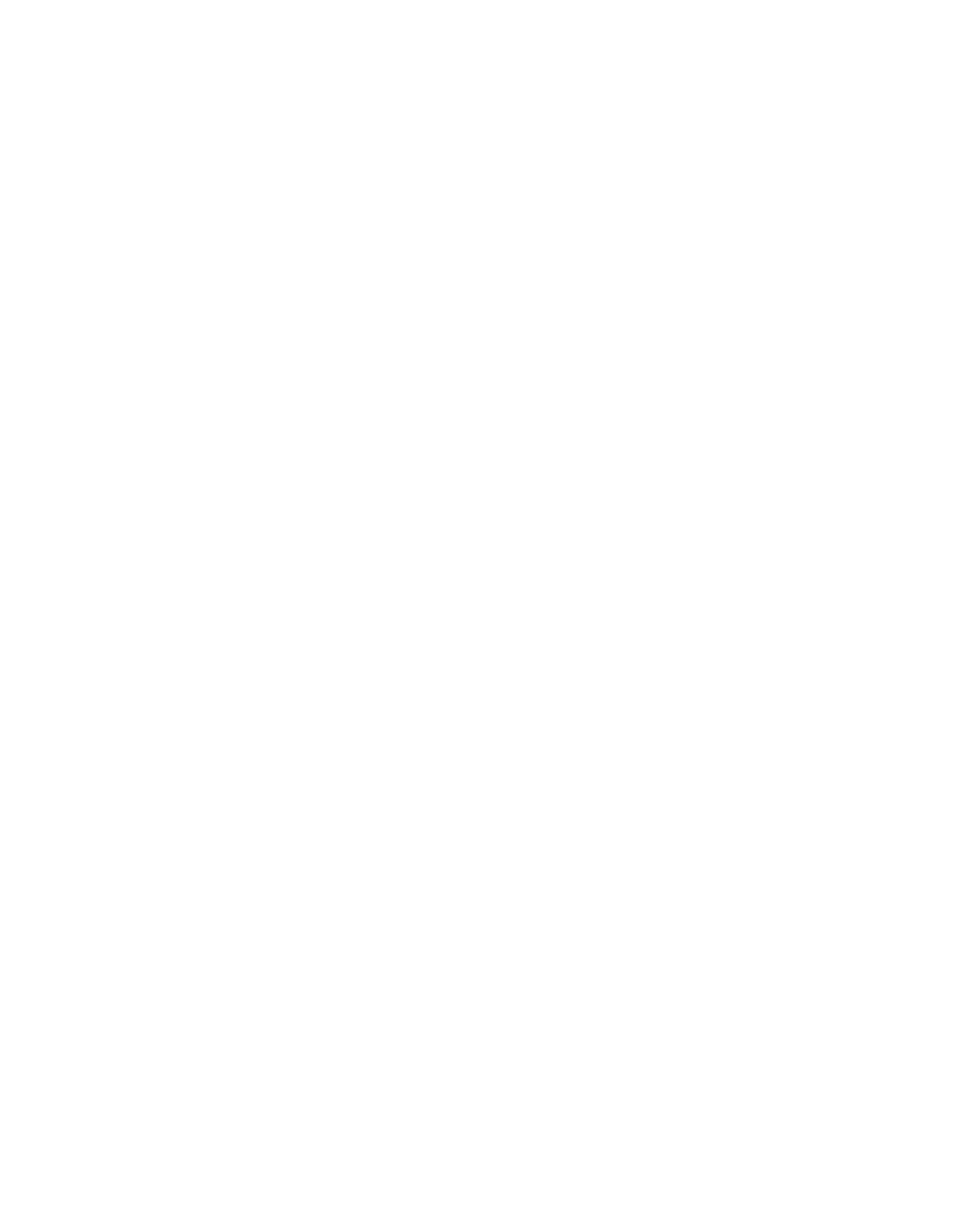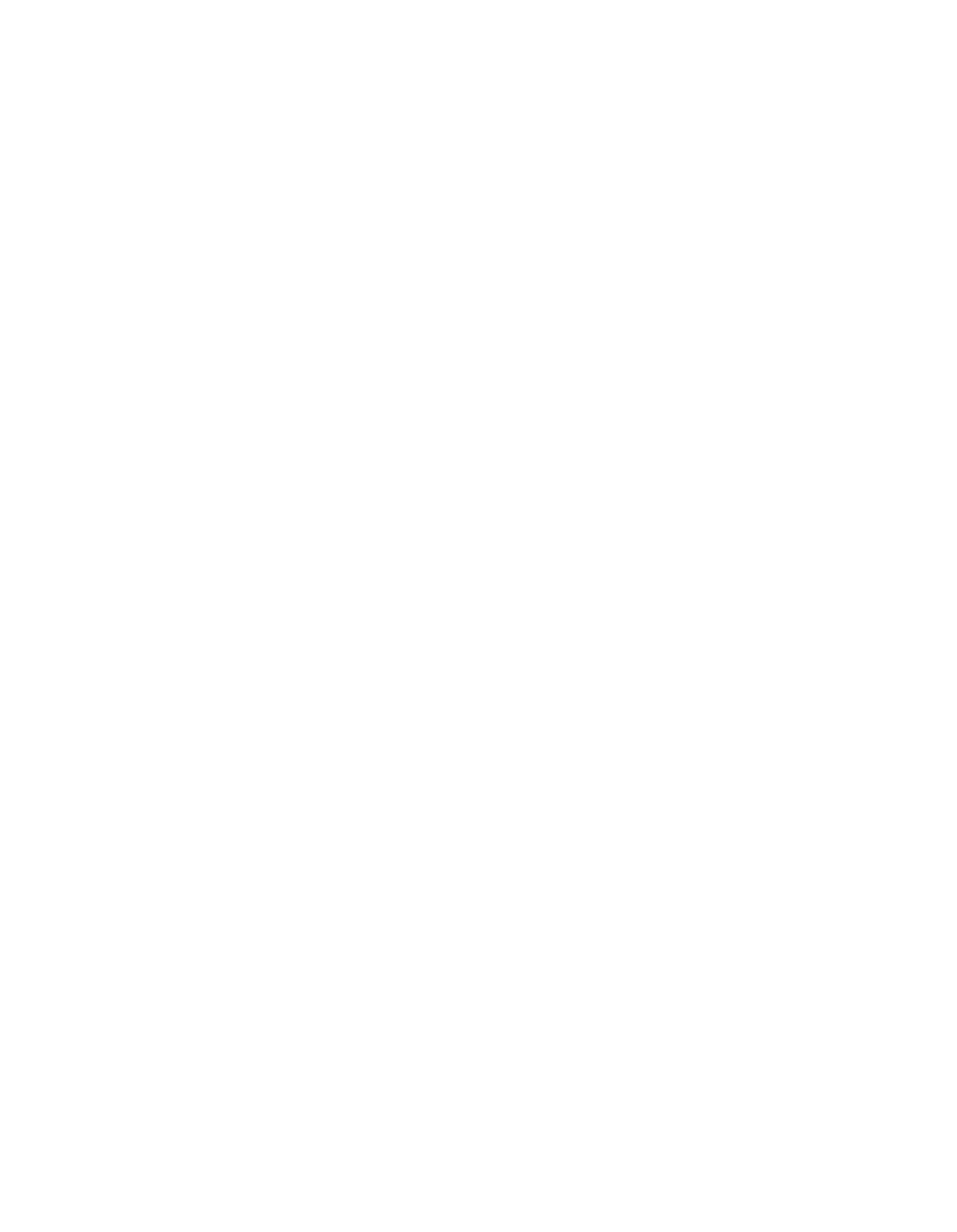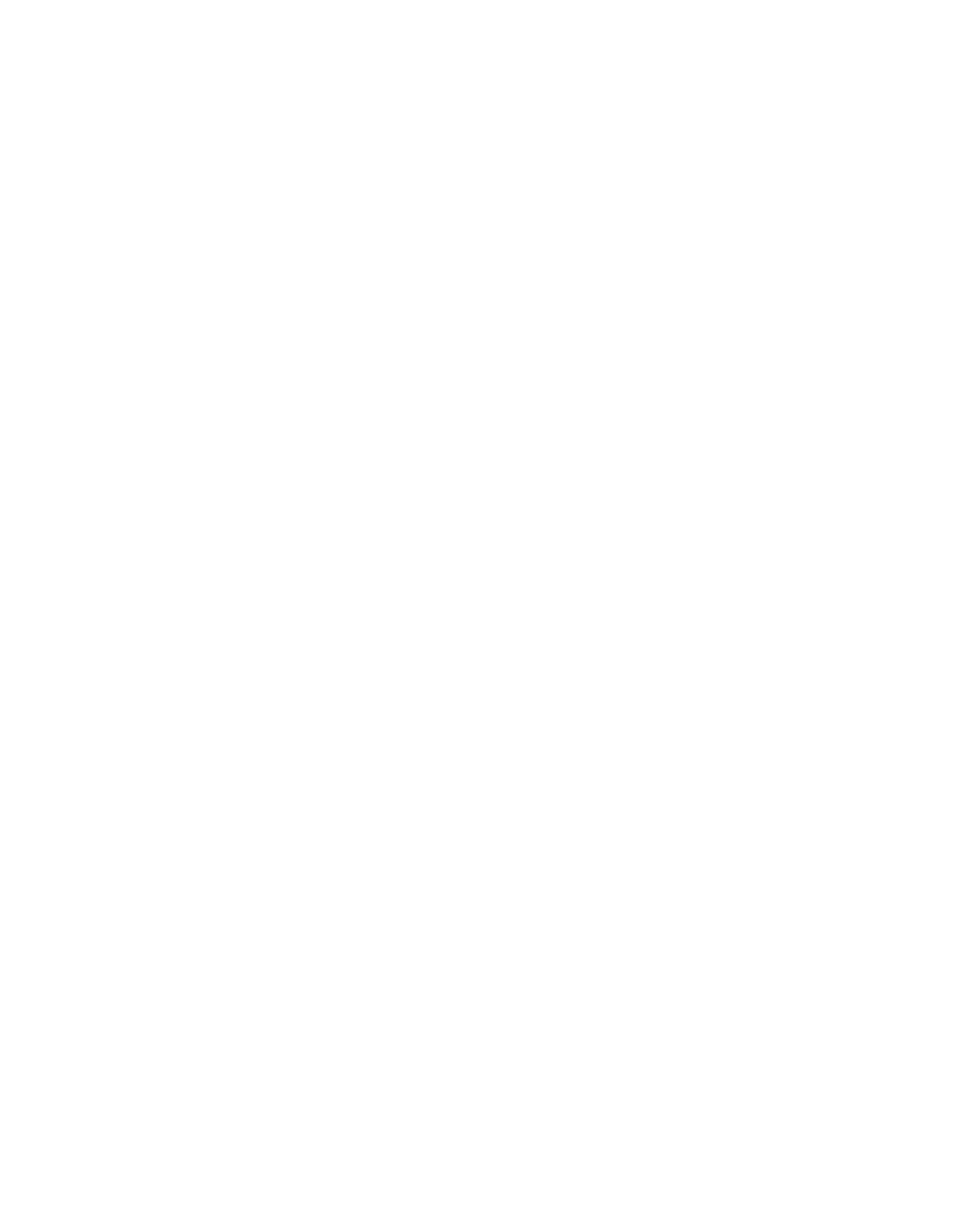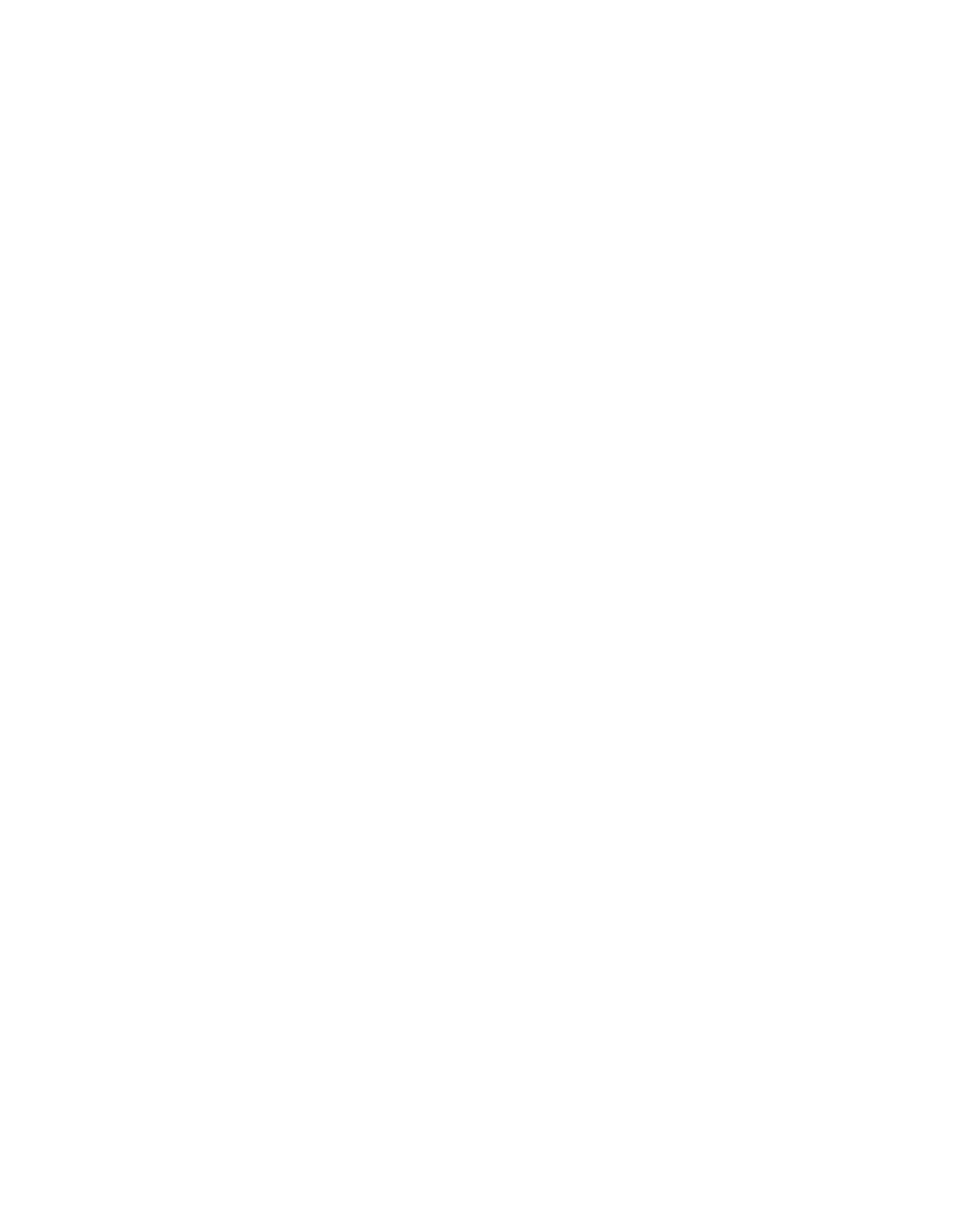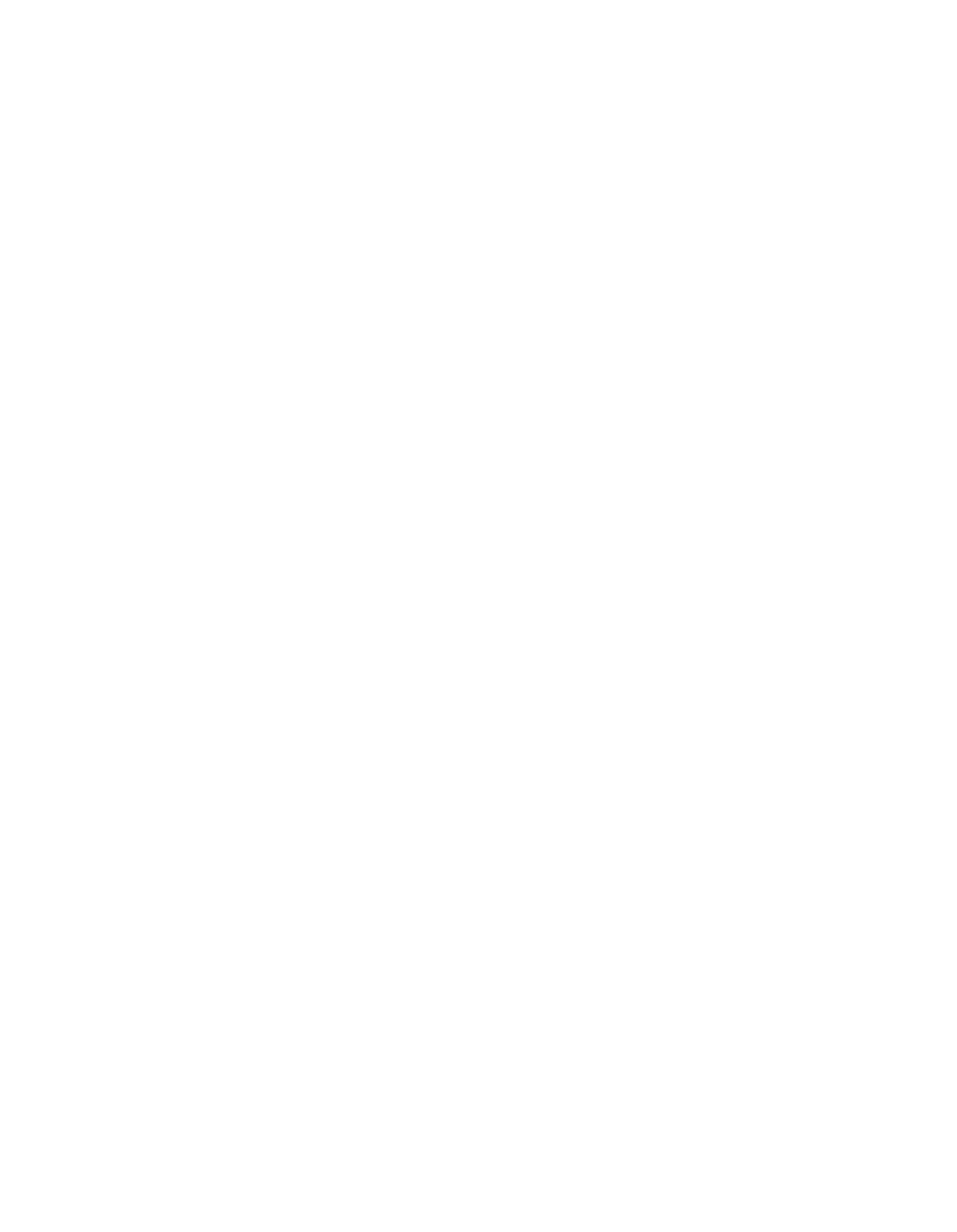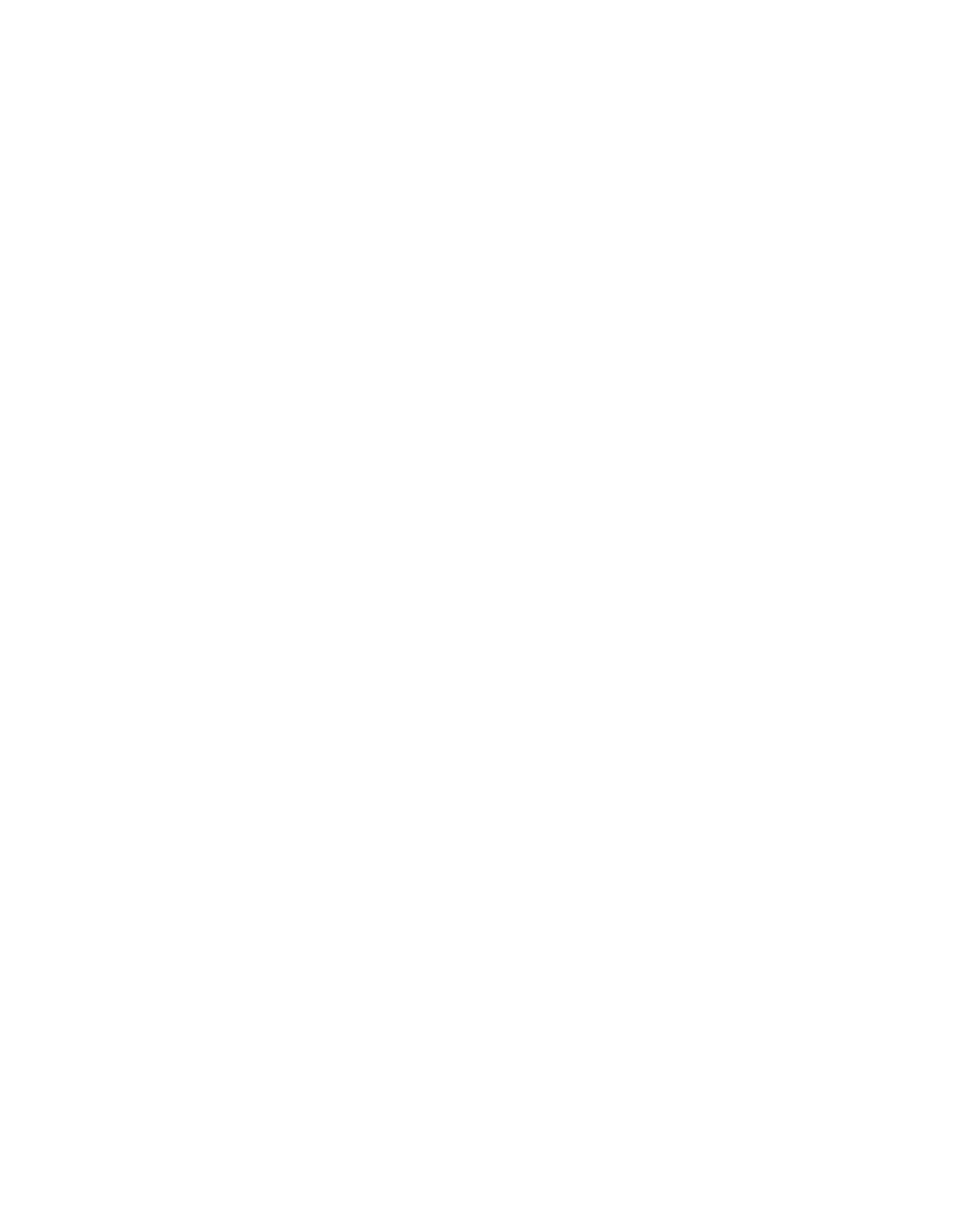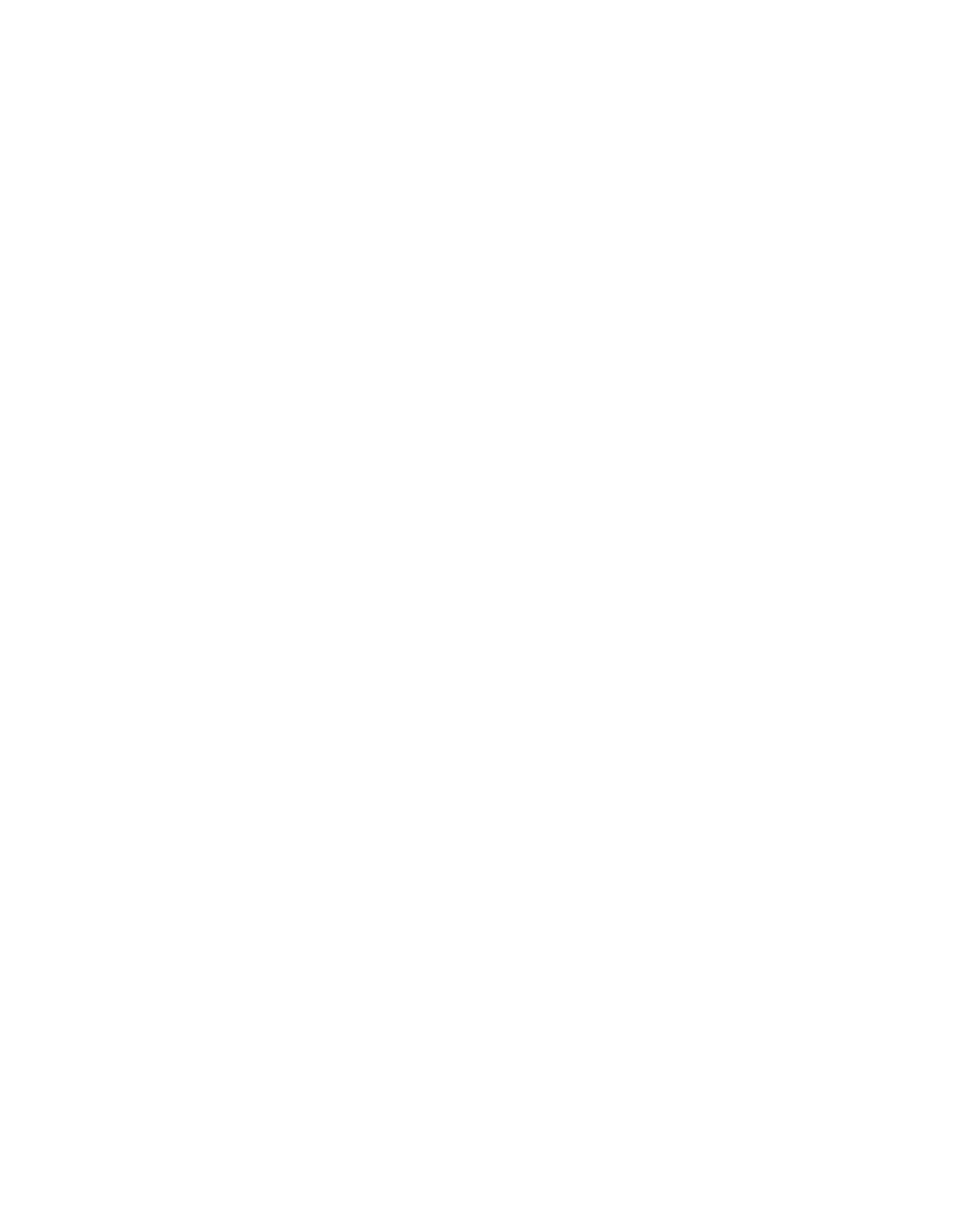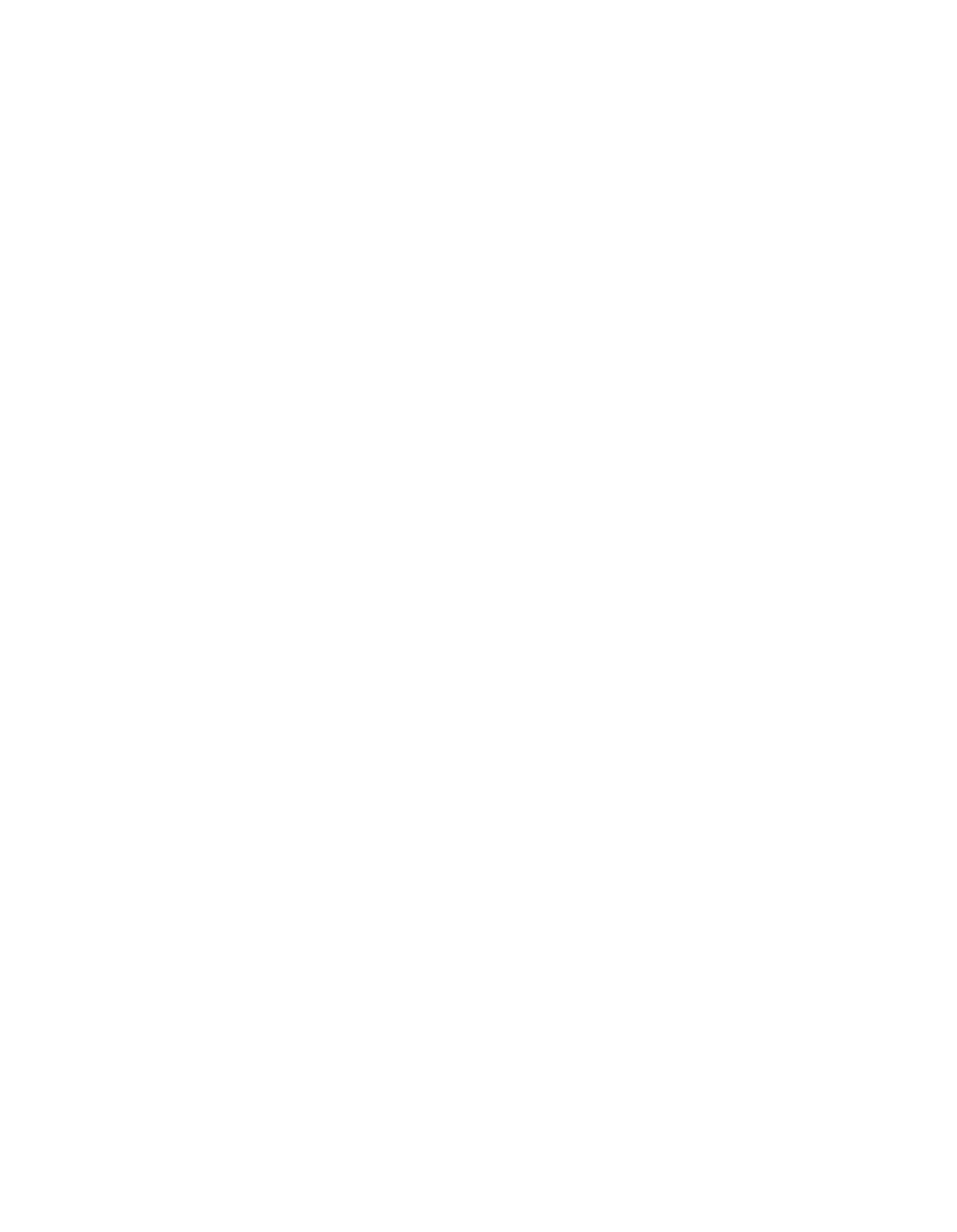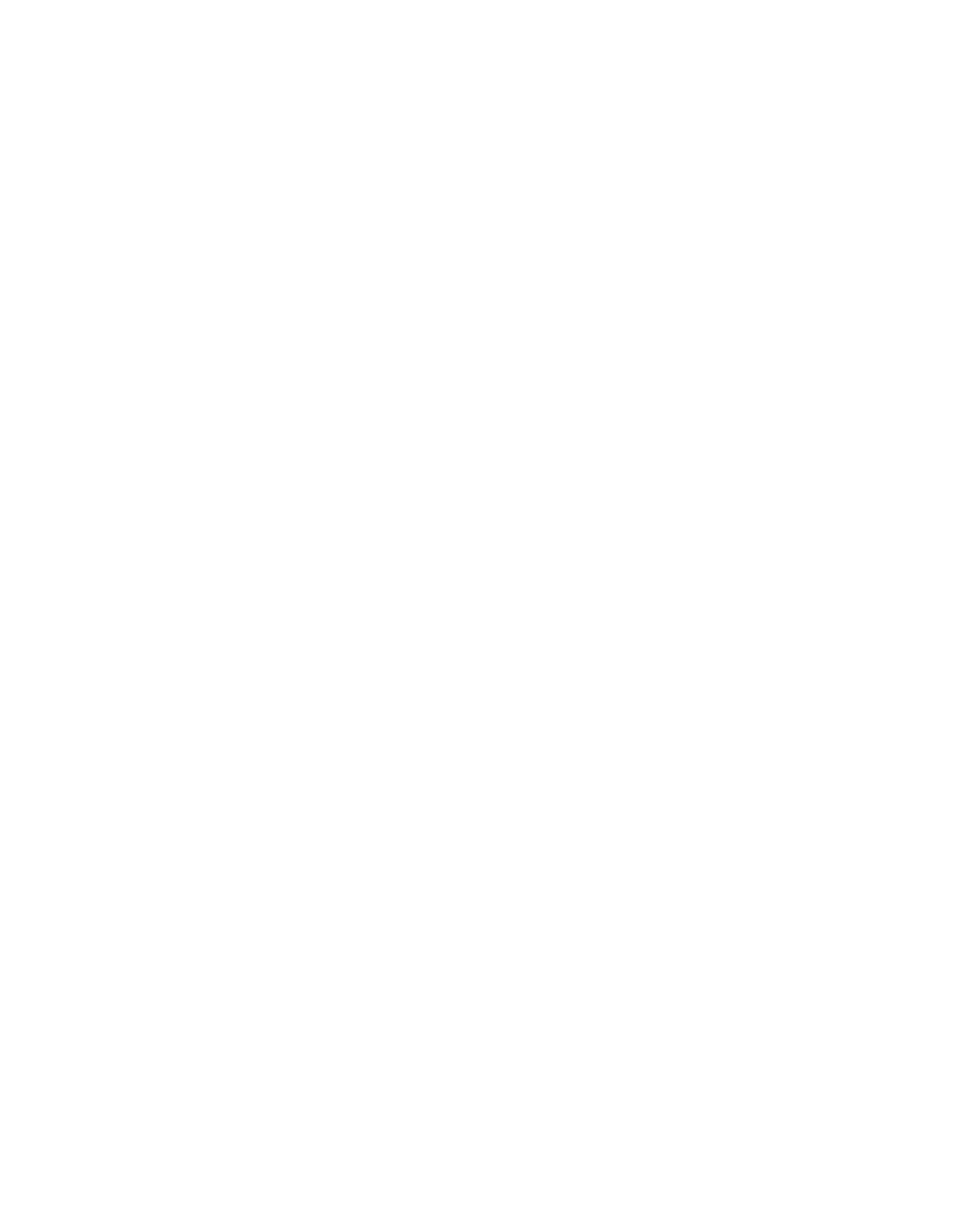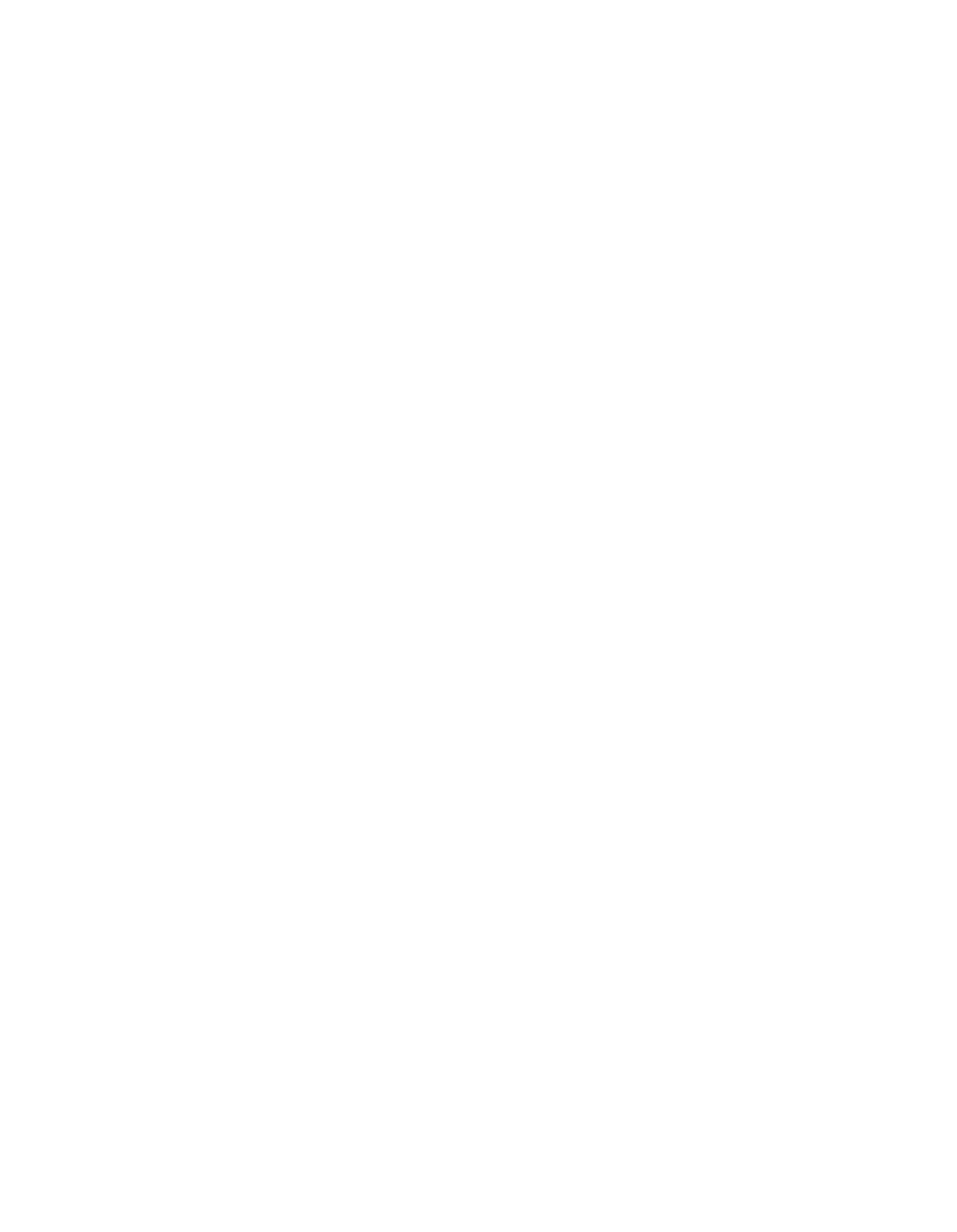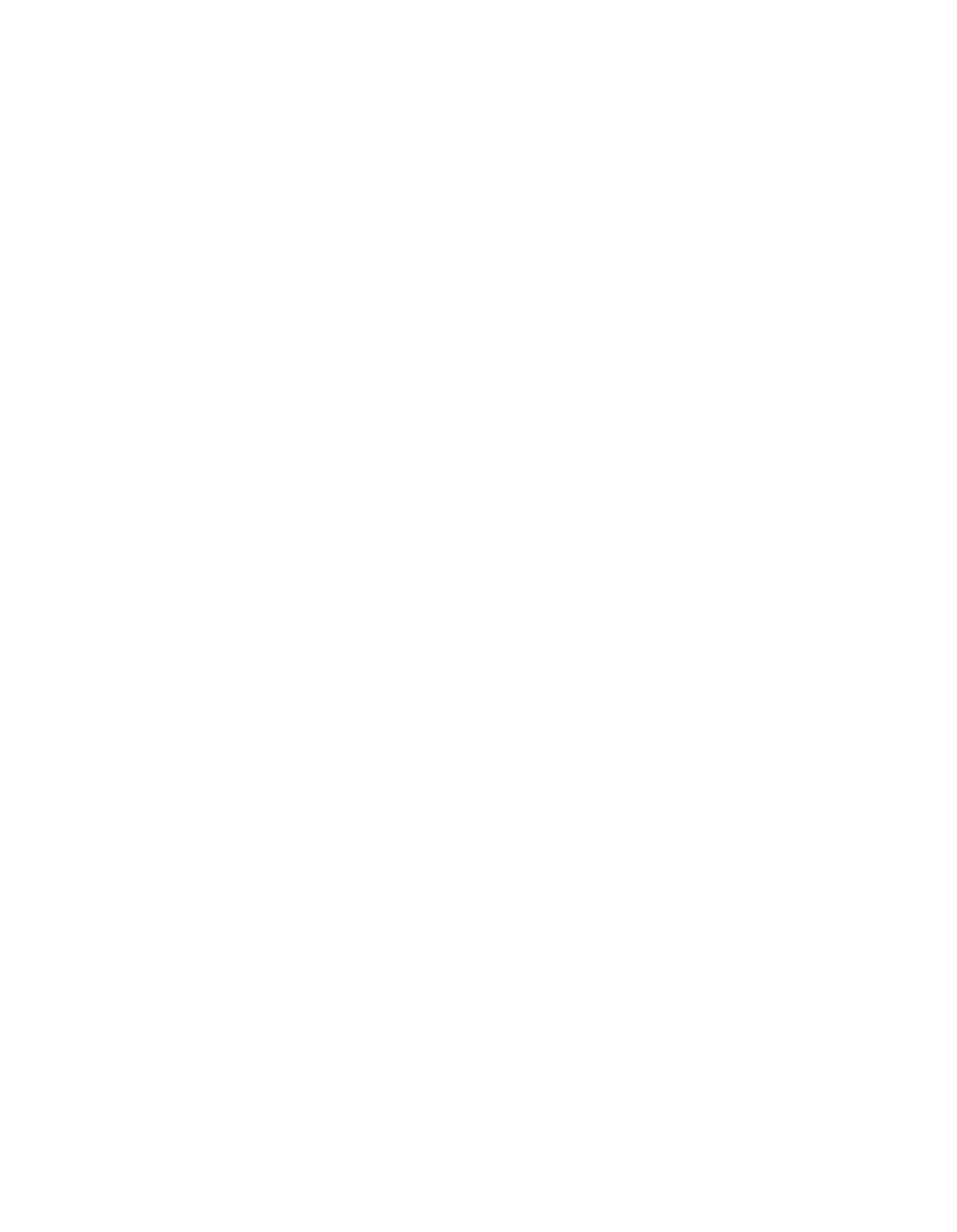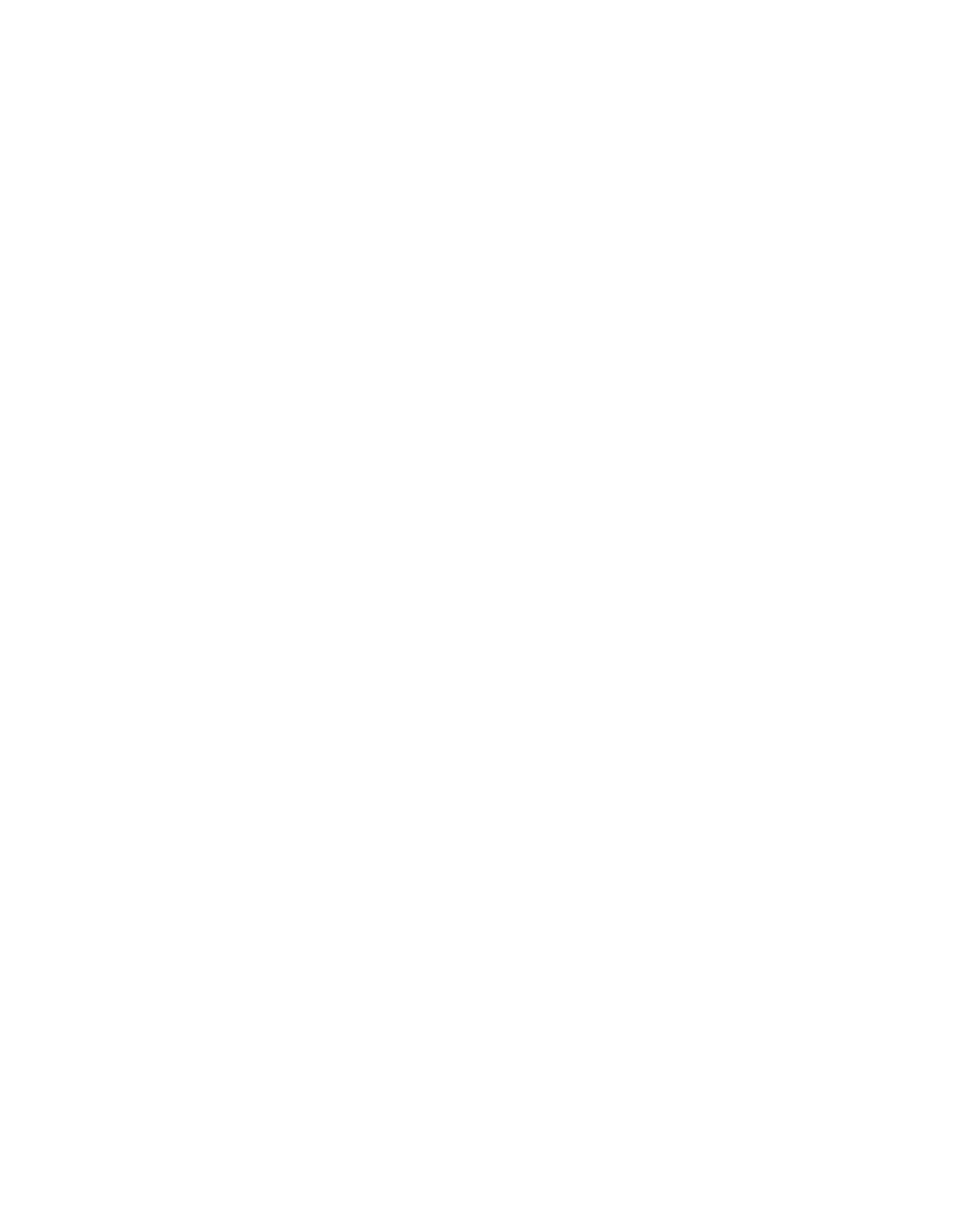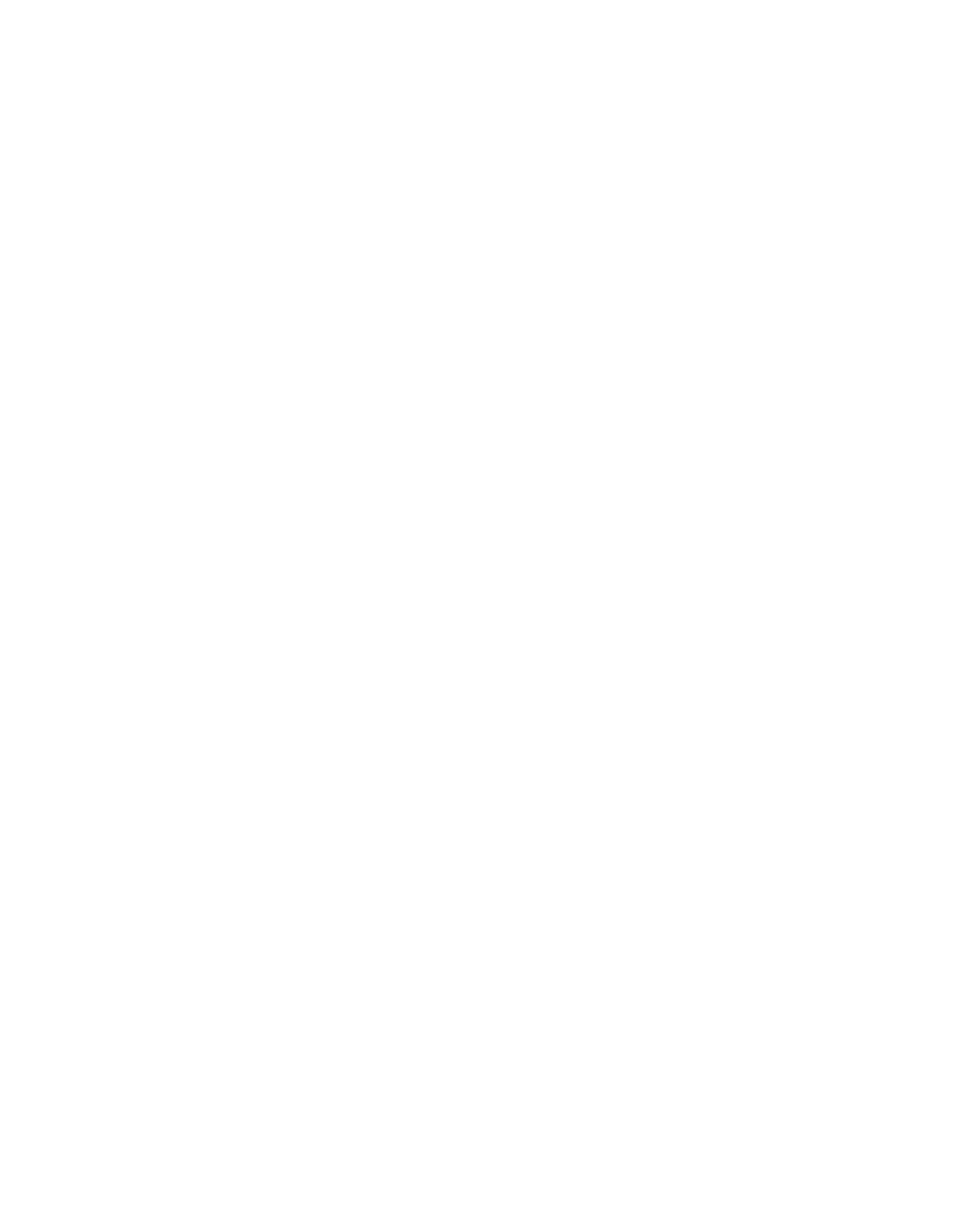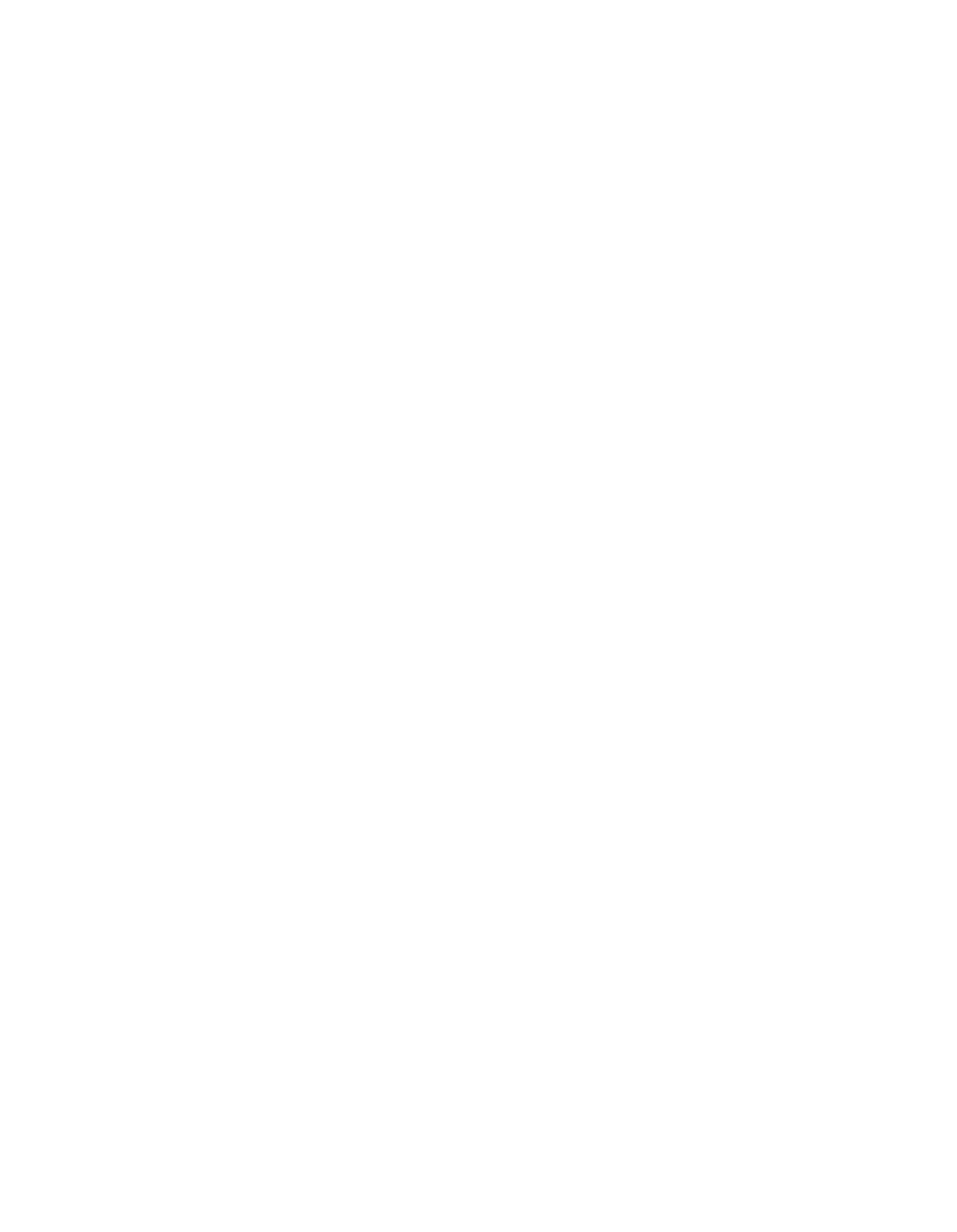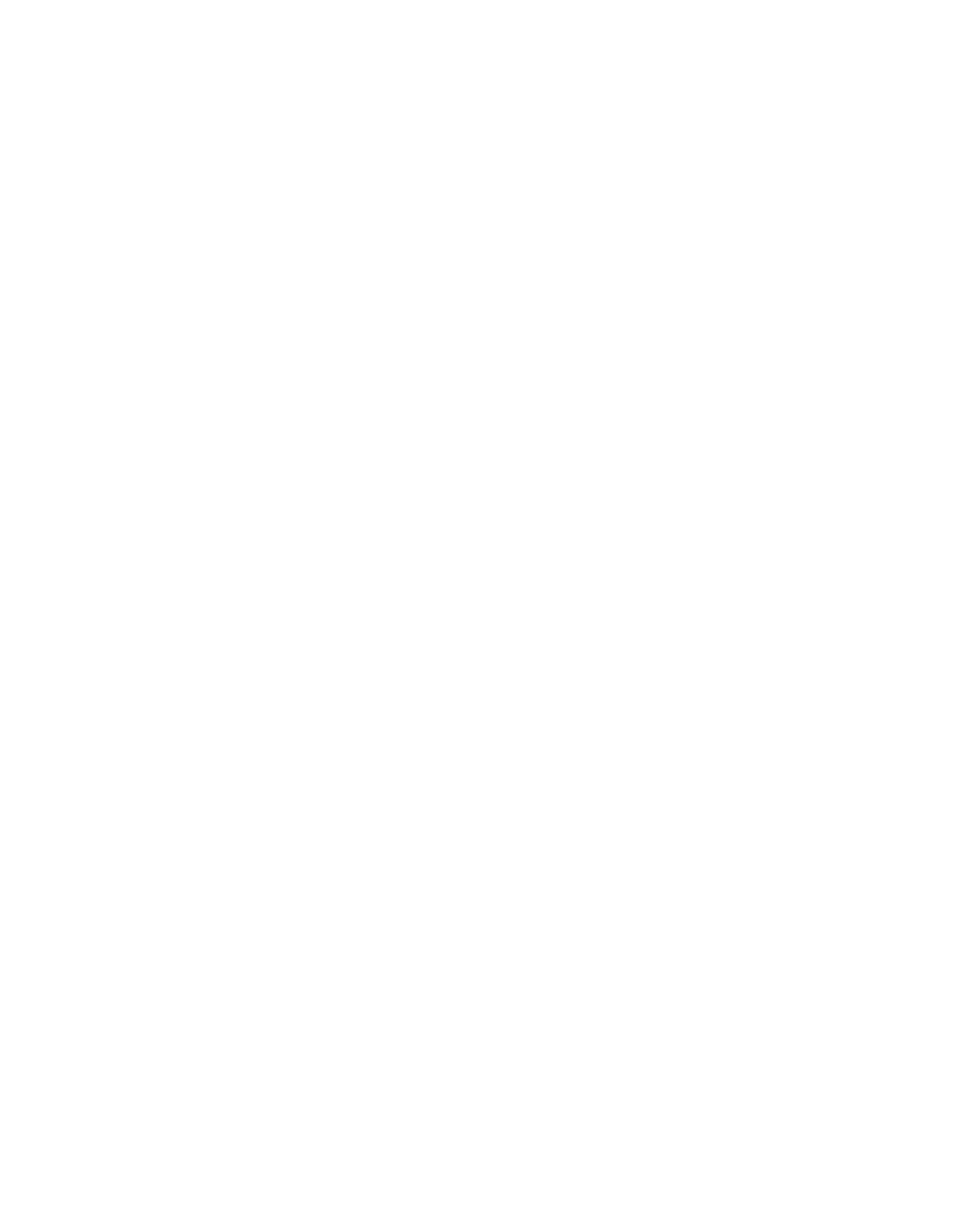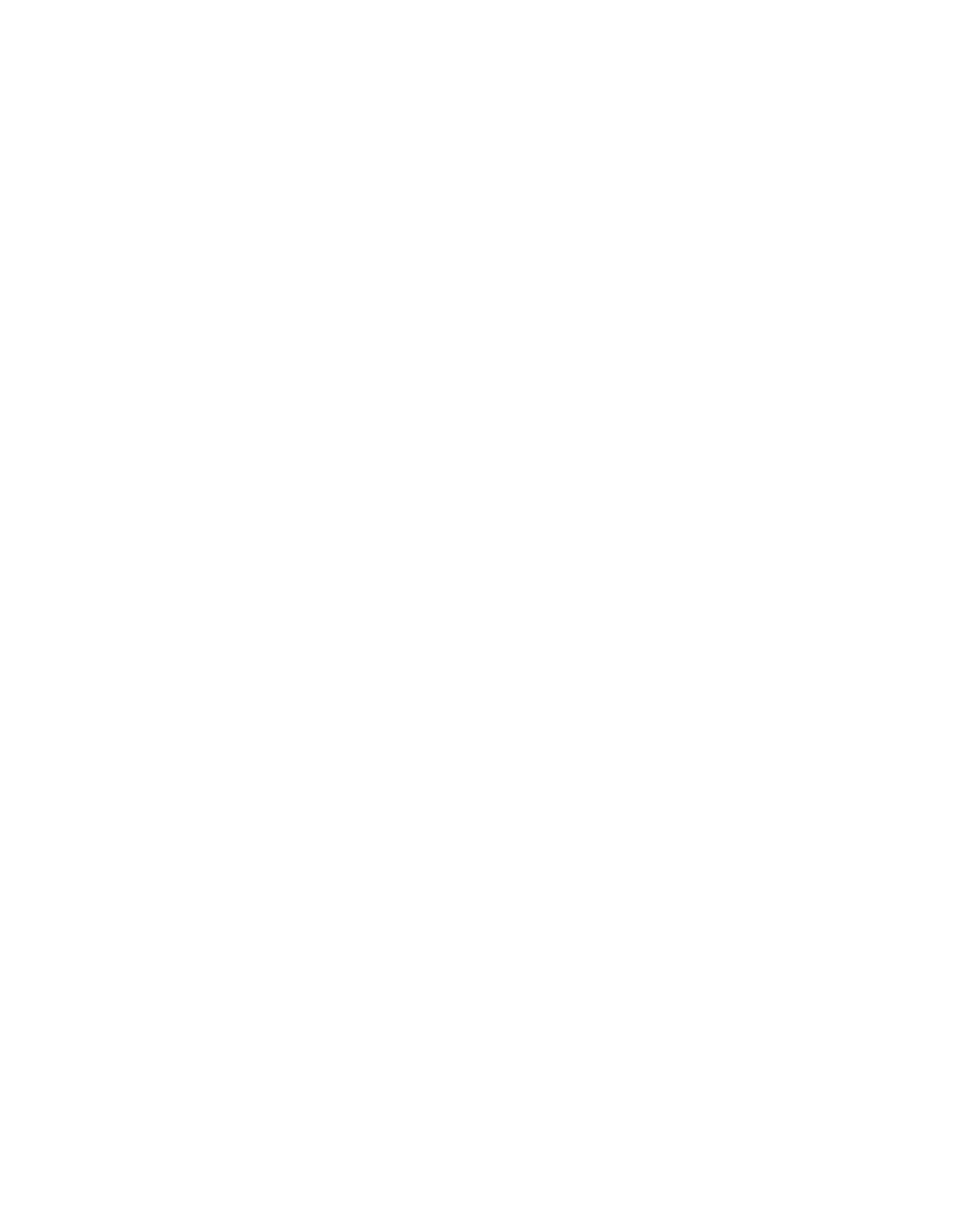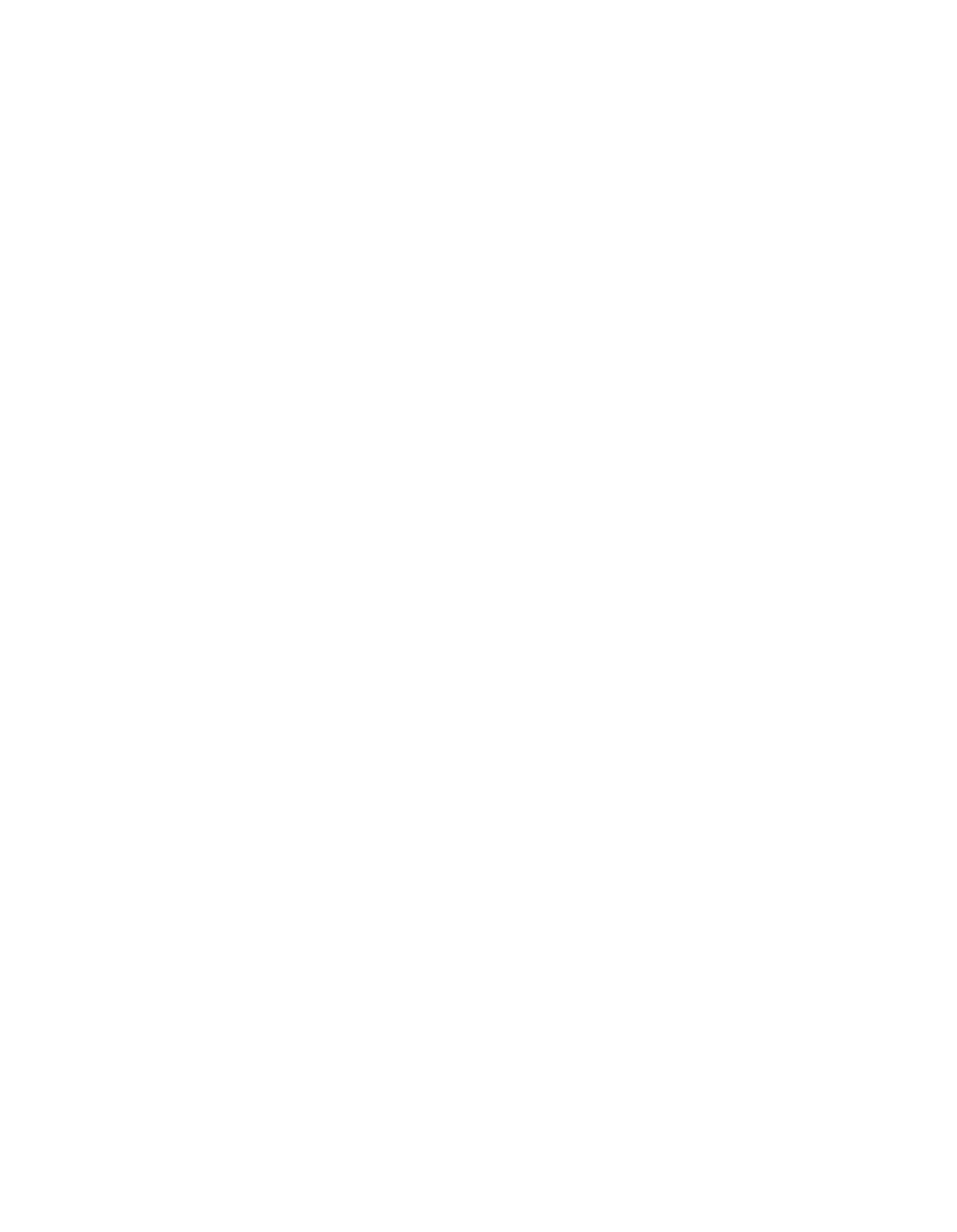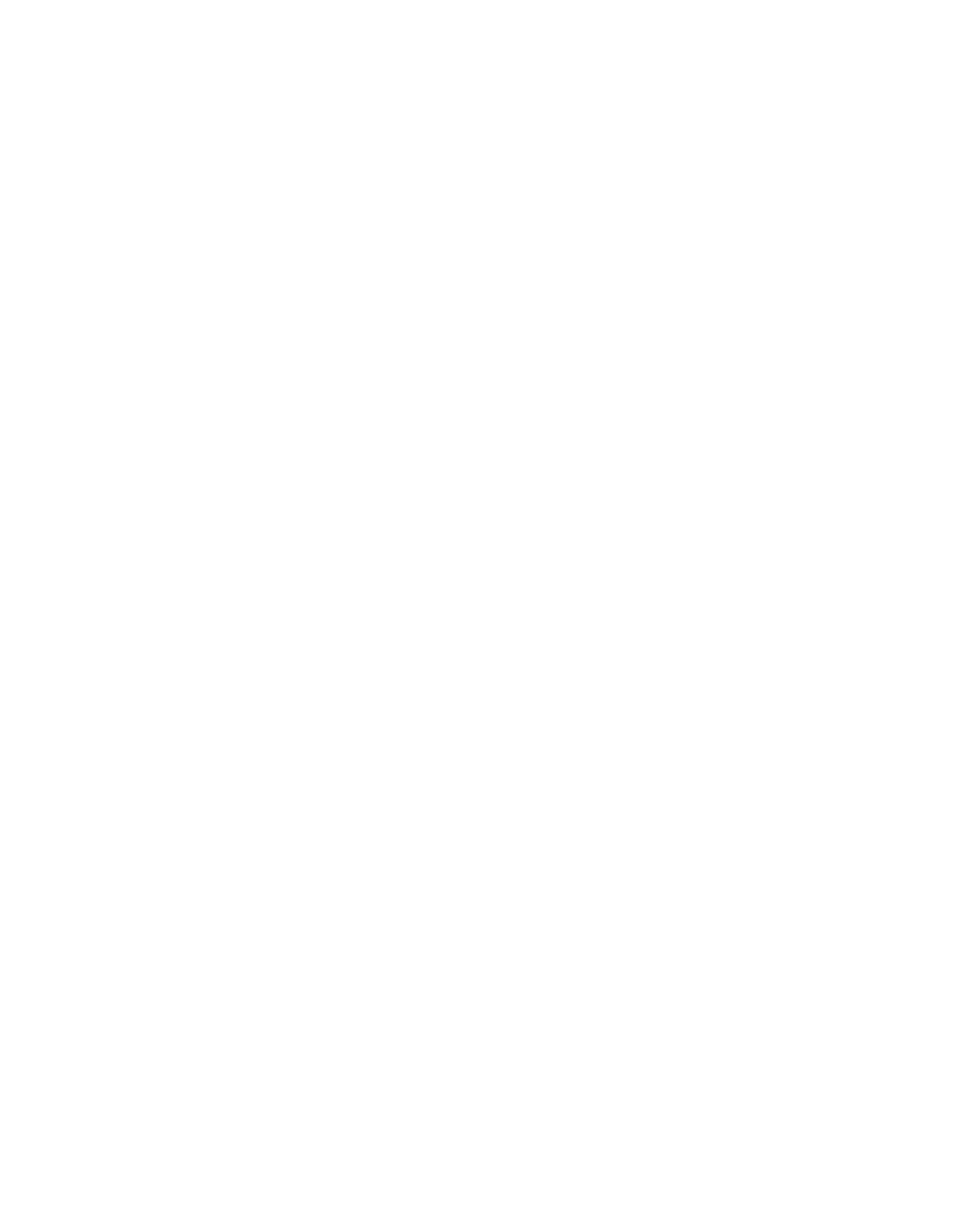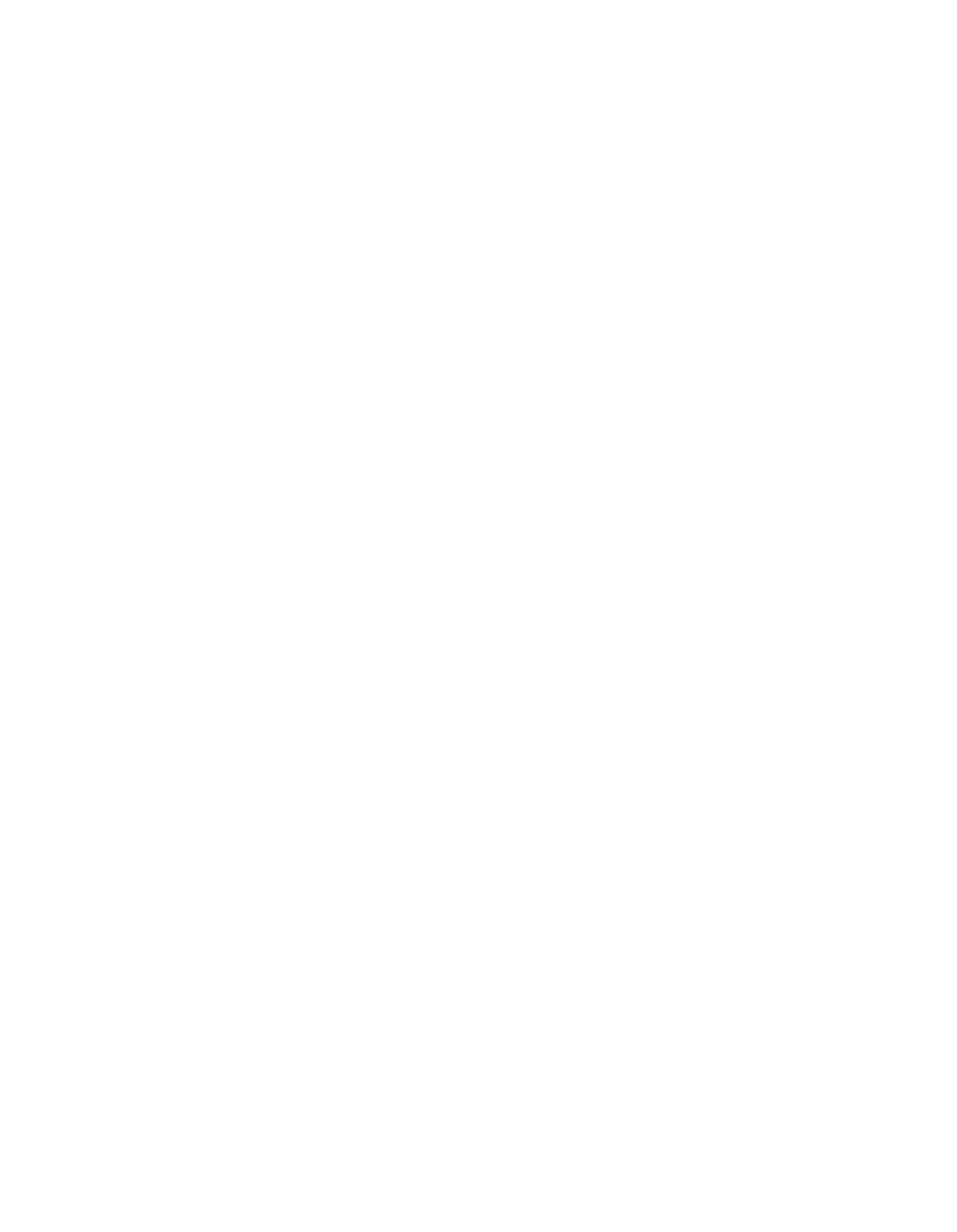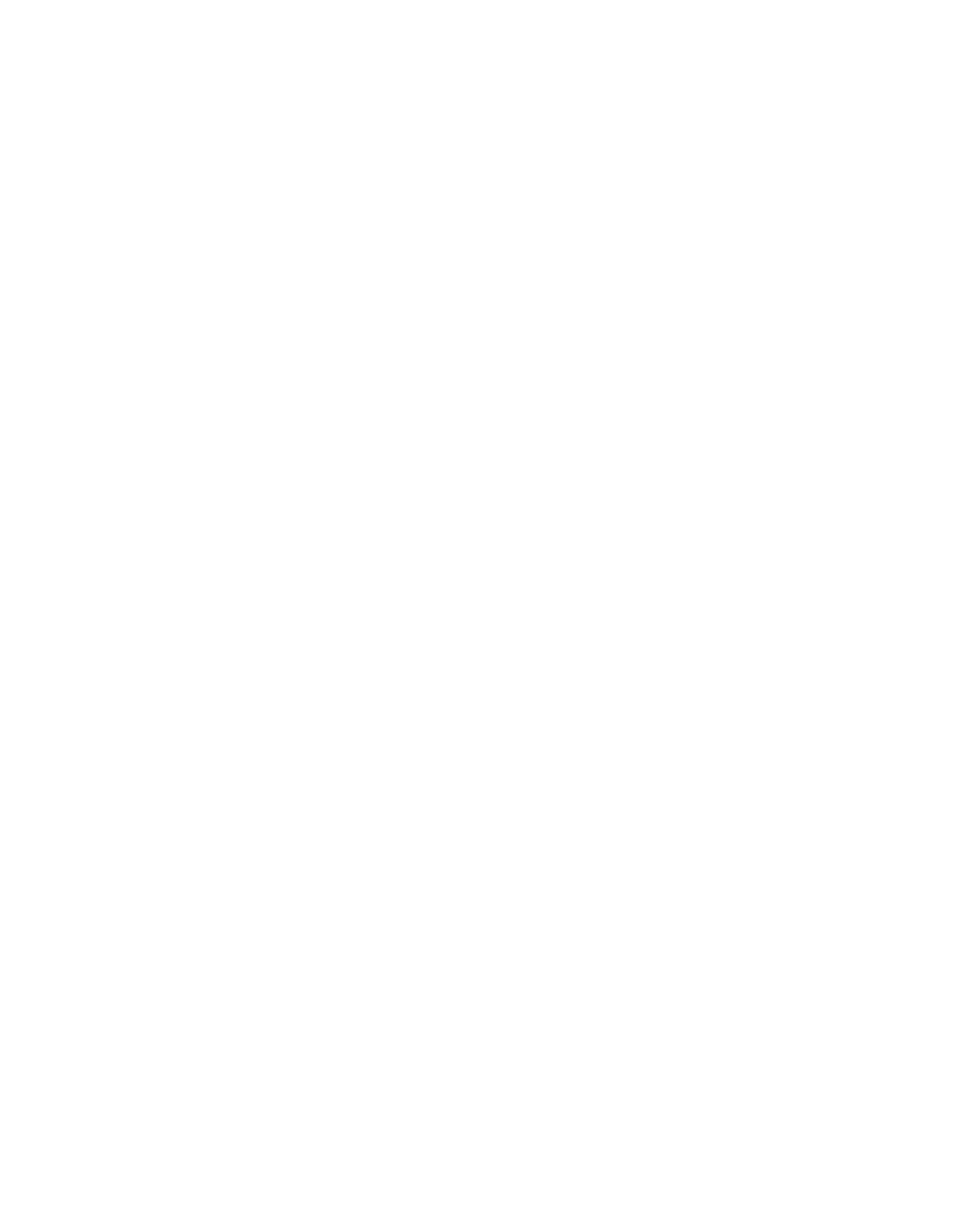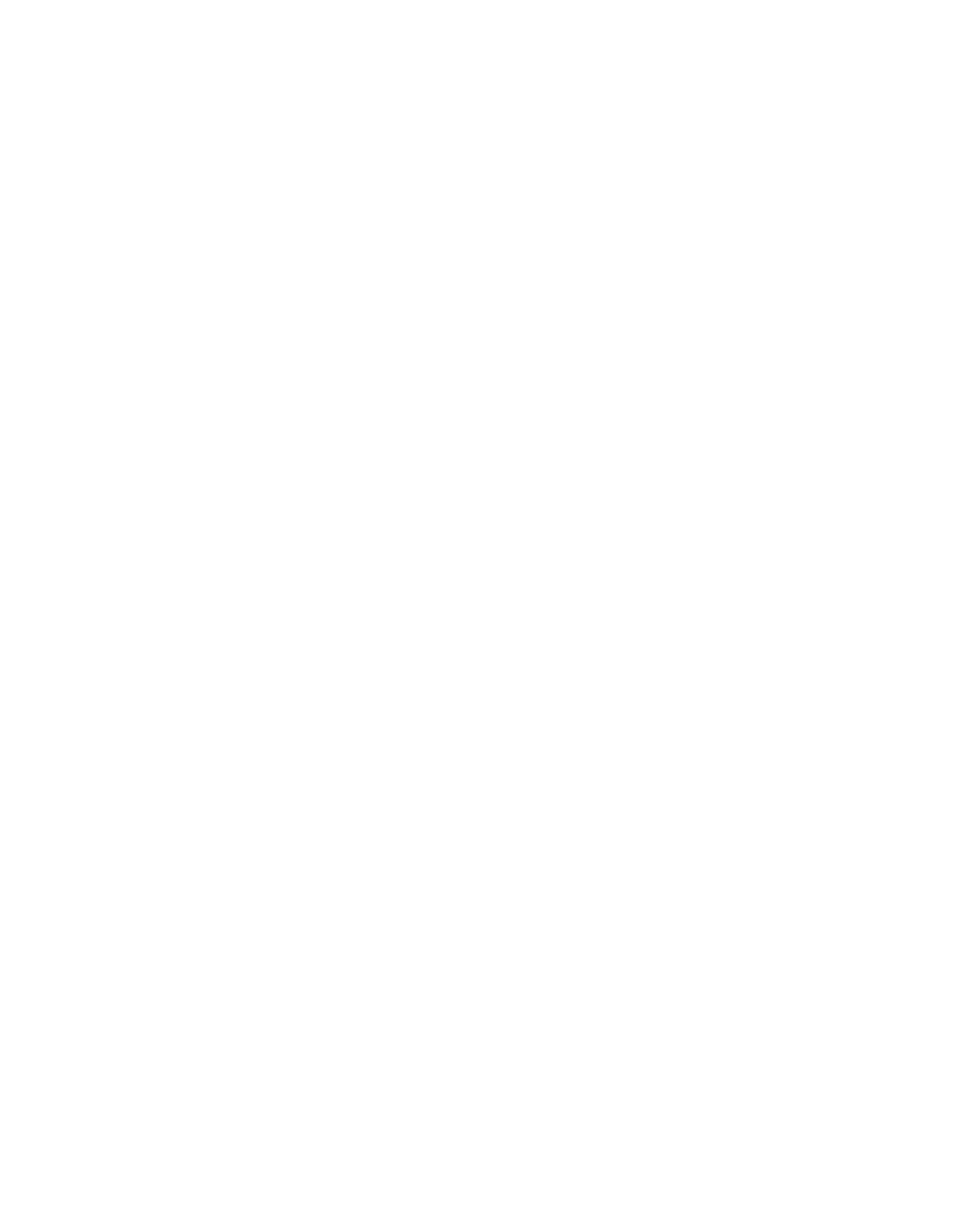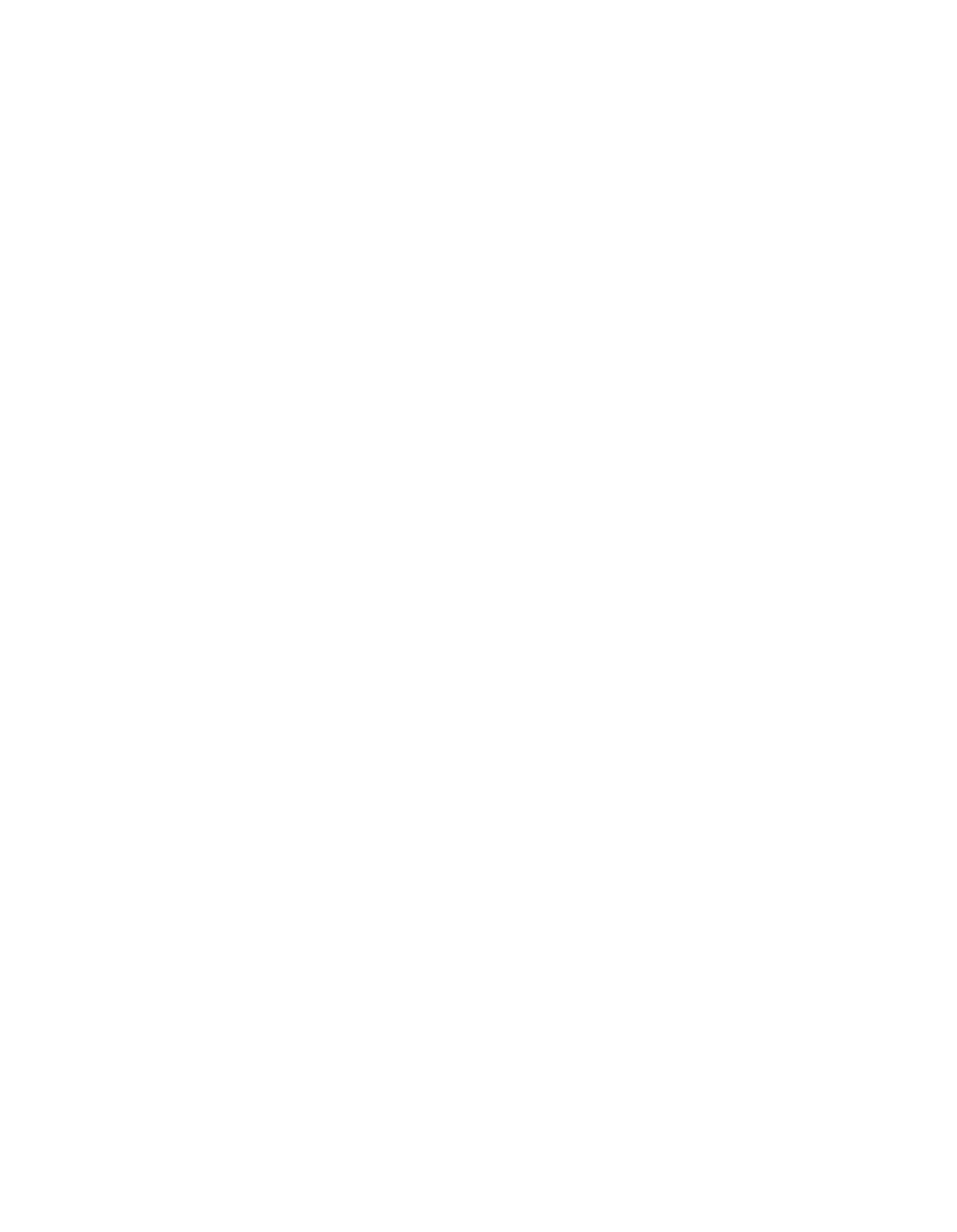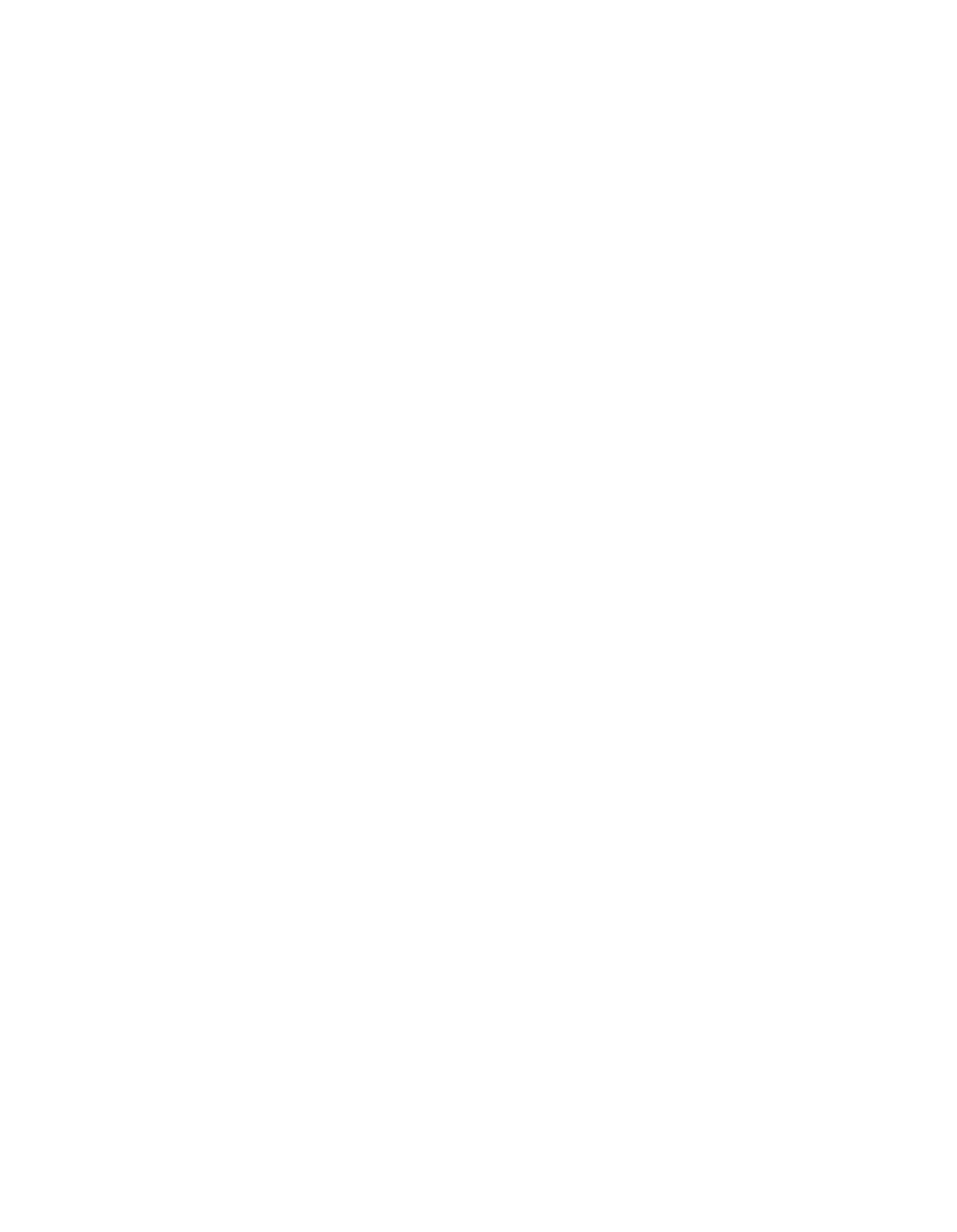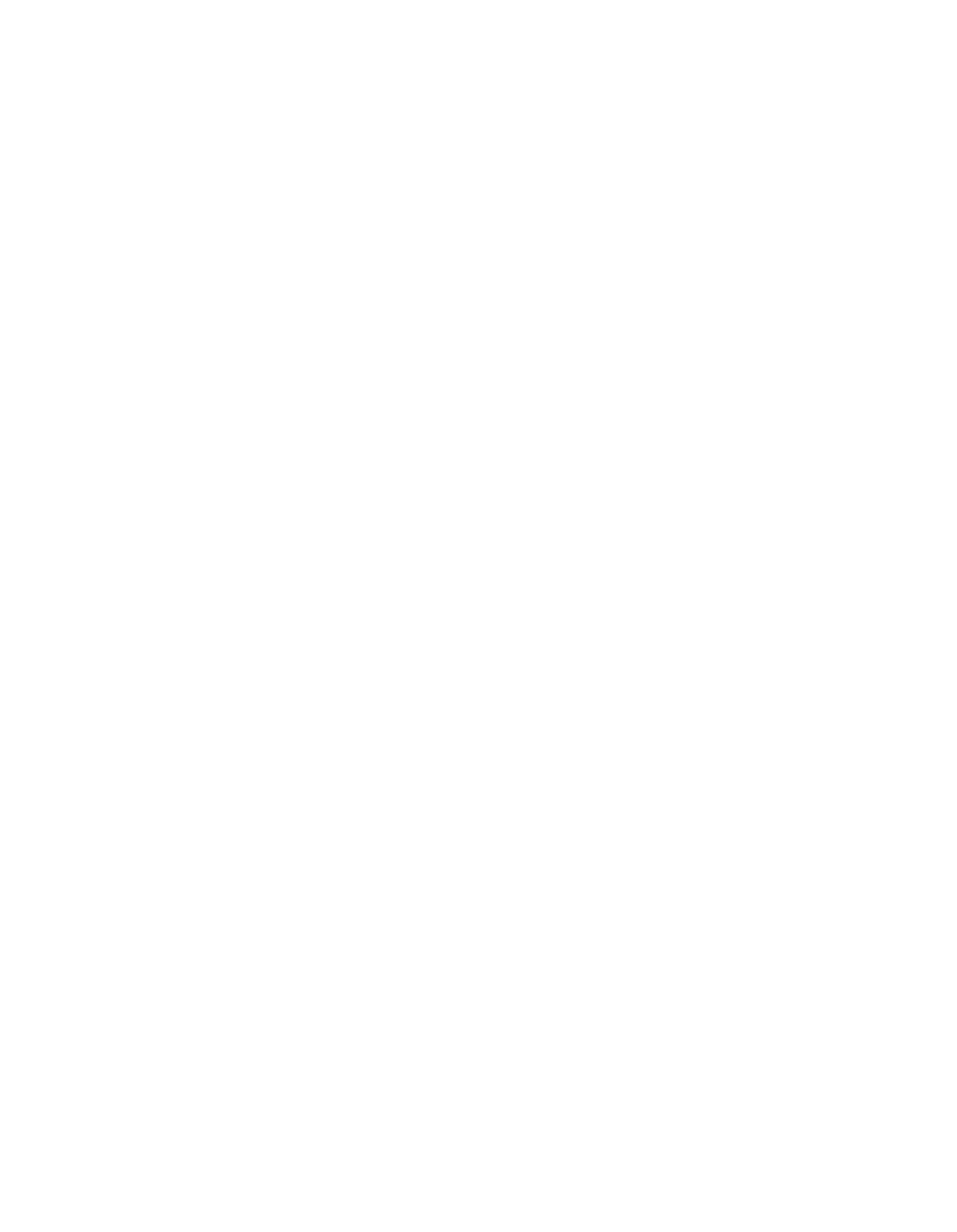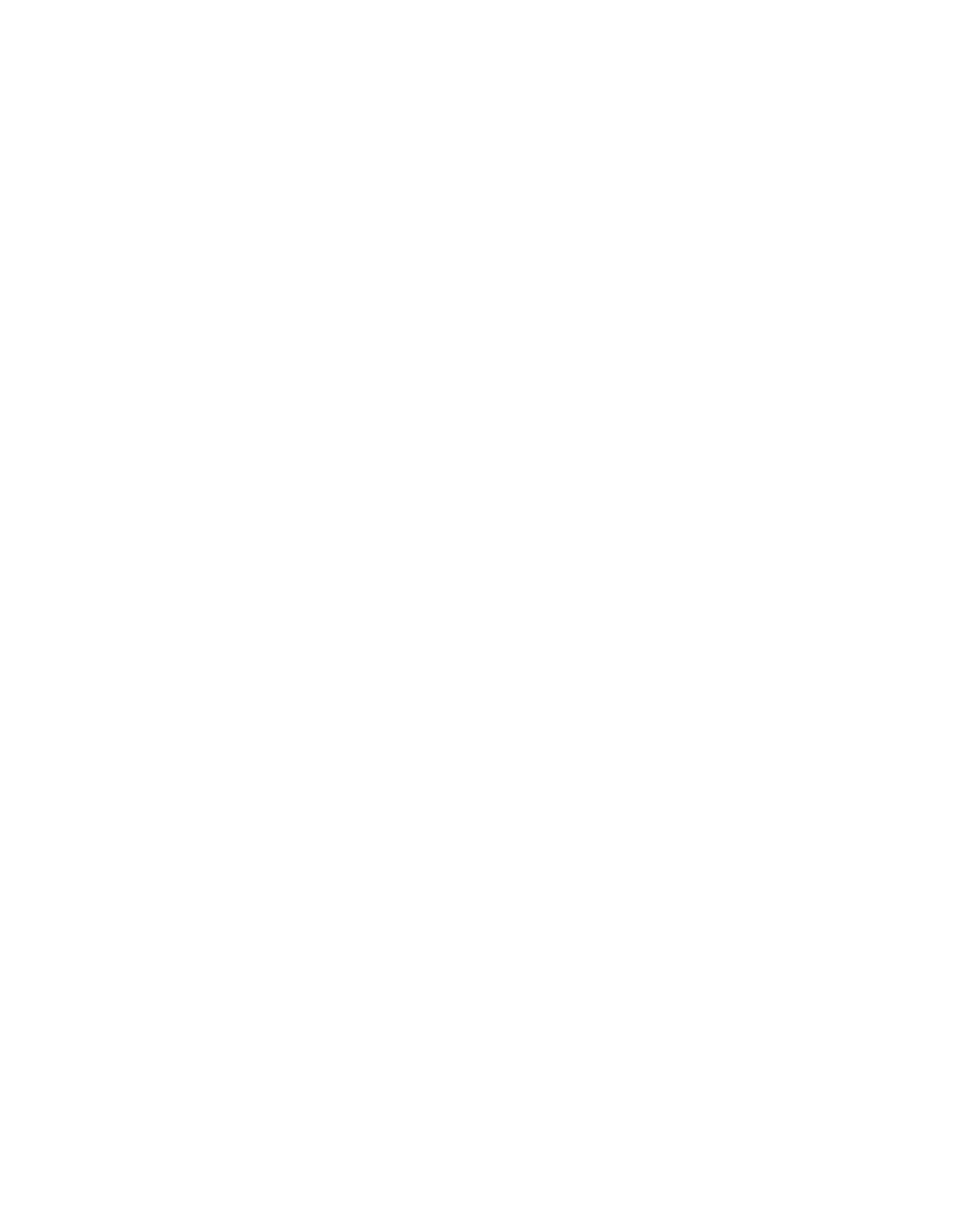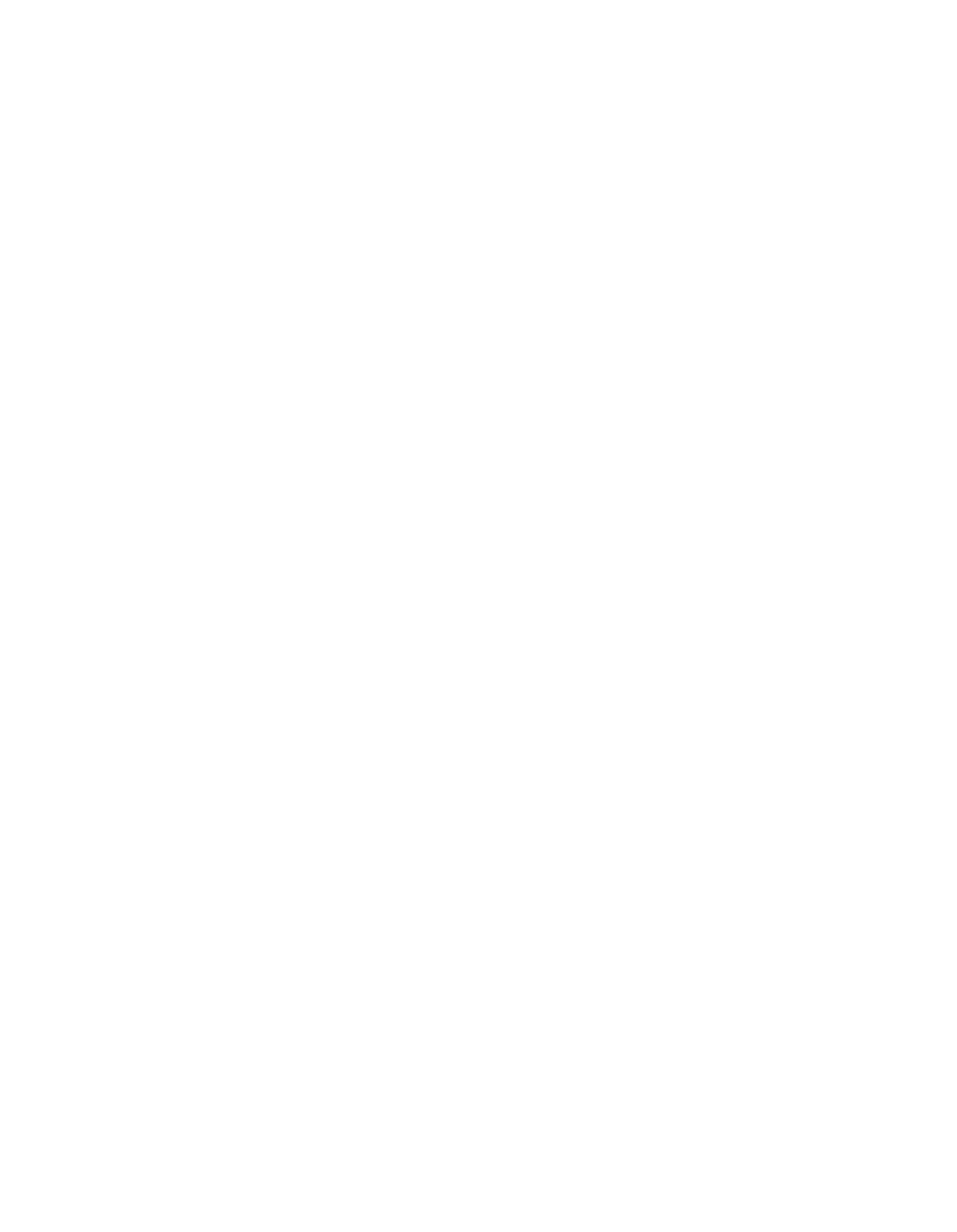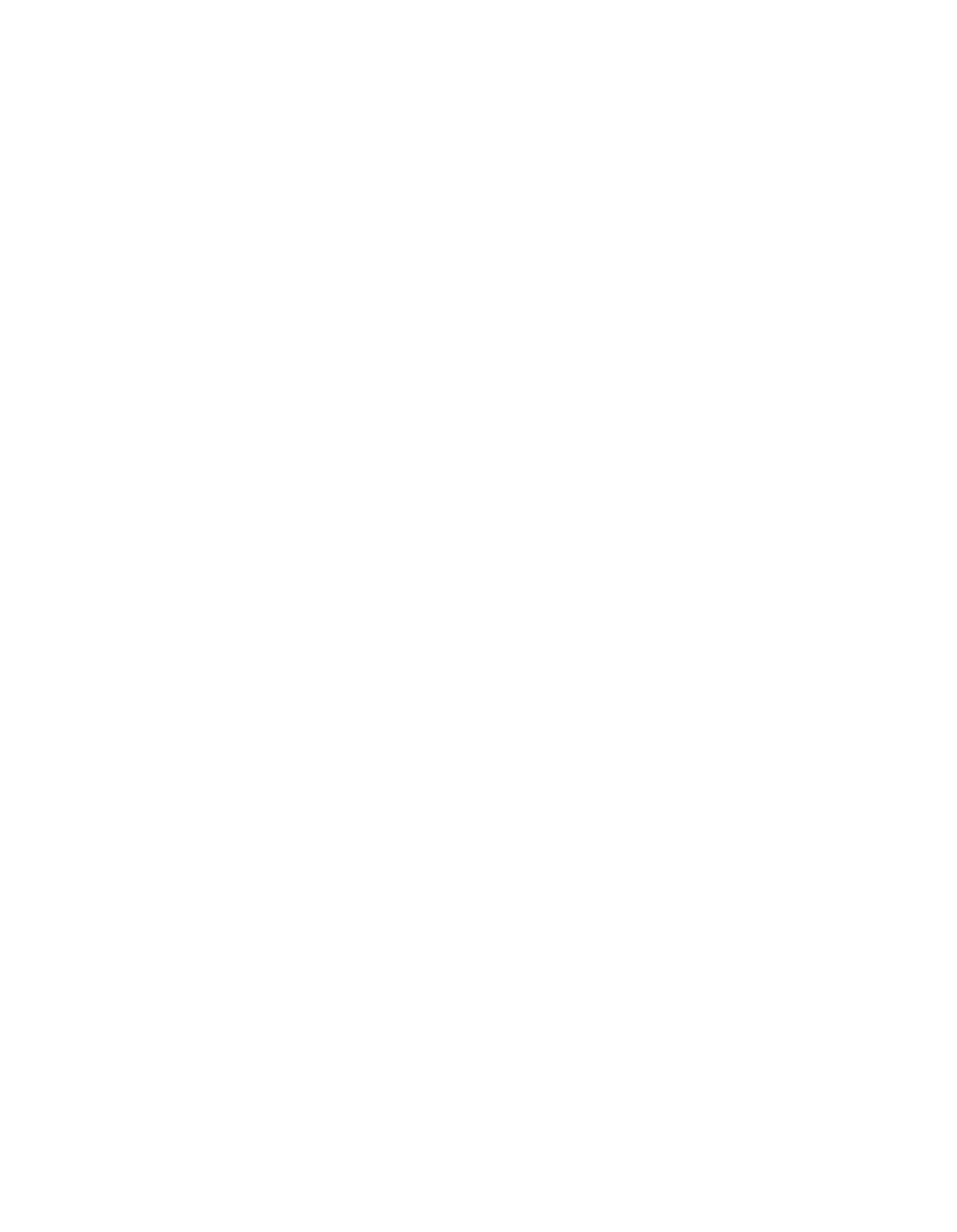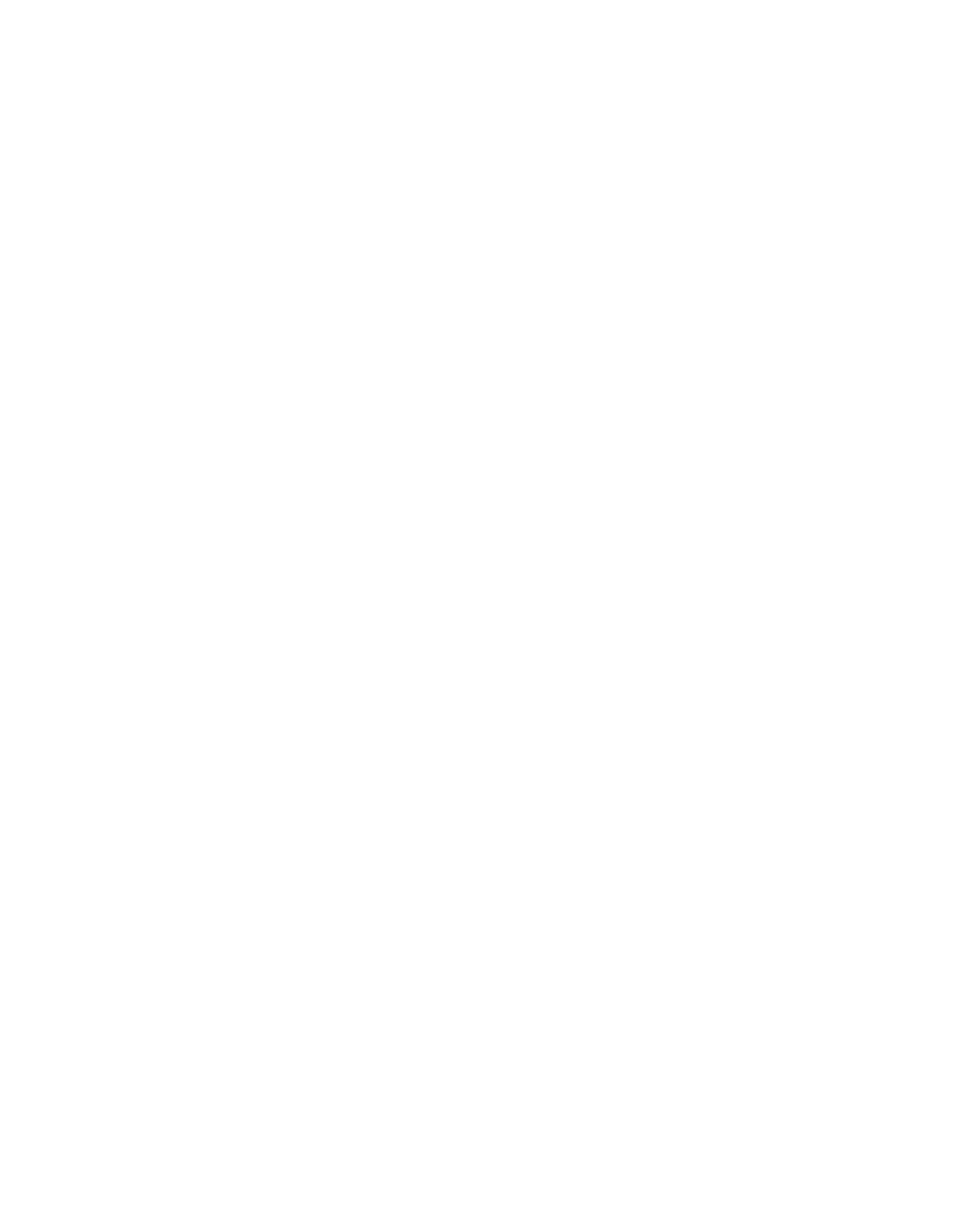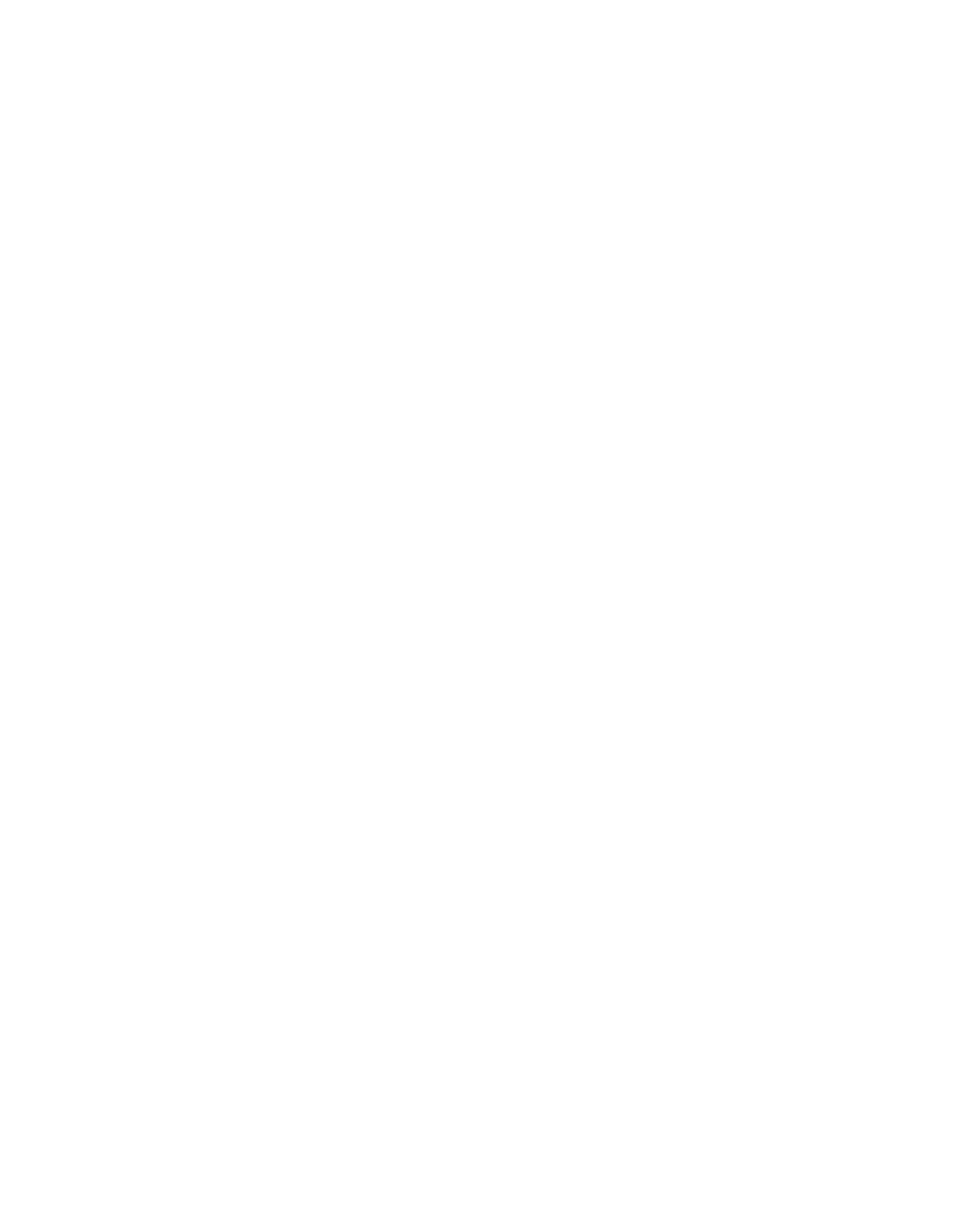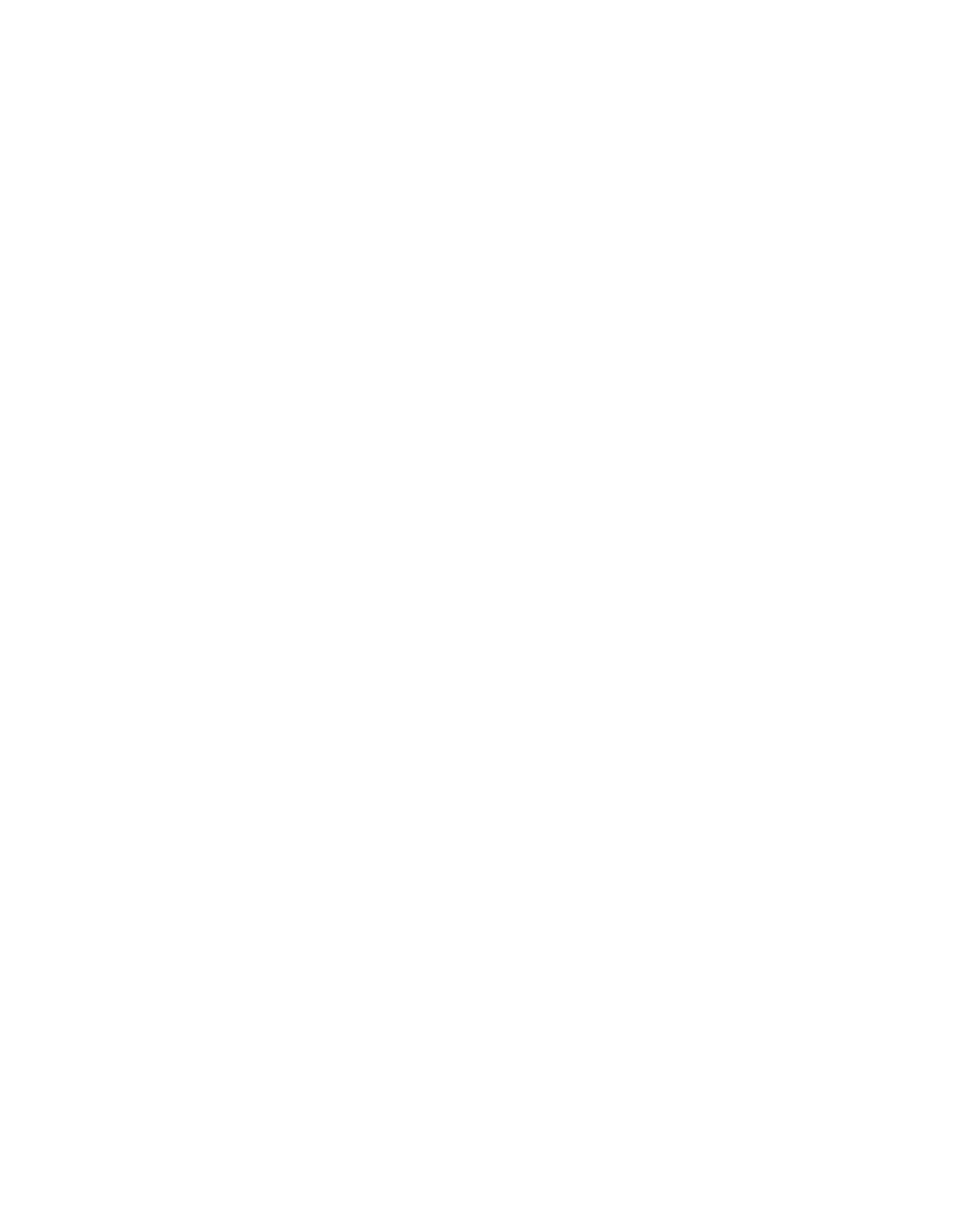ILLINOIS POLLUTION CONTROL
November 16,
1995
IN THE MATTER OF:
)
)
VISIBLE
AND
PARTICULATE MATTER
)
EMISSIONS-CONDITIONAL APPROVAL
)
AND
CLEAN UP AMENDMENTS TO
)
R96-5
35 ILL. ADM. CODE PARTS 211
)
(Rulemaking)
AND
212
)
Proposed Rule.
First Notice.
OPINION
AND
ORDER OF THE BOARD
(by G.
T. Girard):
On November 14,
1995,
the Illinois Environmental Protection
Agency (Agency) filed this proposal for rulemaking.
Section
189(a)
of the Clean Air Act (CAA), as amended in 1990,
requires
all areas classified as moderate nonattainment areas for
particulate matter with an aerodynamic diameter less than or
equal to a nominal ten micrometers (PM—b)
to present a state
implementation plan (SIP)
for implementing reasonably available
control measures (RACN).
On November 15,
1990, the United States
Environmental Protection Agency
(USEPA) designated Lake Calumet
and McCook areas in Cook County and Granite City in Madison
County as moderate nonattainment areas for P14-10.
On May 15,
1992,
a SIP was submitted for Lake Caluinet, McCook, and Granite
City.
The USEPA conditionally approved the SIP on November 18,
1994.
(59 F.R.
59653.)
The USEPA cited to four issues which needed to be addressed
in rulemaking prior to full SIP approval.
Pursuant to the CAA,
Illinois must address these issues within 12 months or the
conditional approval becomes a partial disapproval and sanctions
will apply within 18 months.
The Agency attempts to address
those issues in this rulemaking proposal.
Specifically the
proposal addresses:
1)
a 20 percent opacity limit on uncaptured particulate
matter from a basic oxygen furnace shop;
2)
a 30 percent opacity limit on coke oven combustion
stacks;
3)
a 20 percent opacity limit on the roof ventilators for
certain electric arc furnaces; and
4) two amendments to clarify wording.
The Agency has also proposed minor amendments to eliminate
duplicative or obsolete sections, to update language consistent
with the Clean Air Act Permit Program, to clarify rules,
to
address the Secretary of State’s recommended style, and to amend
the limitations pertaining to a specific magnesium facility found
at 35
Ill. Adm.
Code 212.458(b) (25).
2
This proposal was filed pursuant to Section 28.5 of the Act
and is accepted for hearing.
(P.A.
87-1213, effective September
26,
1992;
415 ILCS 5/28.5.)
Pursuant to the provisions of that
section the Board is required to proceed within set time—frames
toward the adoption of this regulation.
The Board has no
discretion to adjust these time—frames under any circumstances.
Therefore, the Board acts today to send this proposal to first
notice under the Illinois Administrative Procedure Act without
commenting on the merits of the proposal.
The following
schedule1 indicates the deadlines by which the Board must act
under the provisions of Section 28.5:
First Notice
on or before November 28,
1995
First Hearing
on or before January 8,
1996
Second Hearing on or before February 7,
1996
Third Hearing
on or before February 21,
1996
Second Notice
on or before March 23, or April 12,
1996
Final Filing
21 days after receipt of JCAR certification
of no objection
In the interest of administrative economy, the Board directs
the Hearing Officer to verify that the persons on the Clean Air
Act Notice List wish to continue to receive mailings in this
proceeding.
ORDER
The Board directs the Clerk to cause the filing of the
following proposal for First Notice in the Illinois Register:
PART 211
DEFINITIONS
AND
GENERAL PROVISIONS
SUBPART A:
GENERAL PROVISIONS
Section
211.101
Incorporations by Reference
211.102
Abbreviations and Units
SUBPART B:
DEFINITIONS
Section
211.121
Other Definitions
211.122
Definitions
(Repealed)
1
This schedule includes a second and
third hearing which
maybe cancelled if unnecessary.
Hearings will be continued from
day-to—day as necessary to complete the subject matter
established by Section 28.5 of the Act for each set of hearings.
3
211.130
211.150
211.170
211.210
211.230
211.240
211.250
211.270
211.290
211.310
211.330
211.350
211.370
211.390
211.410
211. 430
211. 450
211.470
211.474
211. 484
211.485
211.490
211.495
211.510
211.530
211.550
211.560
211.570
211.590
211.610
211.630
211. 650
211.660
211.670
211.680
211.685
211.690
211. 695
211. 696
211. 710
211. 730
211.750
211.770
211.790
211.810
211.820
211.830
211. 850
211.870
211.890
211.910
Accelacota
Accumulator
Acid Gases
Actual Heat Input
Adhesive
Adhesion Promoter
Aeration
Aerosol Can Filling Line
Afterburner
Air Contaminant
Air Dried Coatings
Air Oxidation Process
Air Pollutant
Air Pollution
Air Pollution Control Equipment
Air Suspension Coater/Dryer
Airless Spray
Air Assisted Airless Spray
Alcohol
Animal
Animal Pathological Waste
Annual Grain Through-Put
Anti—Glare/Safety Coating
Application Area
Architectural Coating
As Applied
As—Applied Fountain Solution
Asphalt
Asphalt Prime Coat
Automobile
Automobile or Light-Duty Truck Assembly Source or
Automobile or Light-Duty Truck Manufacturing Plant
Automobile or Light-Duty Truck Refinishing
Automotive/Transportation Plastic Parts
Baked Coatings
Bakery Oven
Basecoat/Clearcoat System
Batch Loading
Batch Operation
Batch Process Train
Bead-Dipping
Binders
British Thermal Unit
Brush or Wipe Coating
Bulk Gasoline Plant
Bulk Gasoline Terminal
Business Machine Plastic Parts
Can
Can Coating
Can Coating Line
Capture
Capture Device
4
211.930
211.950
211.970
211.980
211.990
211.1010
211.1050
211.1070
211.1090
211.1110
211.1130
211.1150
211.1170
211.1190
211.1210
211.1230
211.1250
211.1270
211.1290
211.1310
211.1330
211.1350
211.1370
211.1390
211. 1410
211.1430
211.1465
211.1470
211.1490
211.1510
211.1530
211.1550
211.1570
211.1590
211.1610
211.1630
211.1650
211.1670
211.1690
211.1710
211.1730
211.1750
211.1770
211.1780
211.1790
211.1810
211.1830
211.1850
211. 1870
211.1875
211.1880
Capture Efficiency
Capture System
Certified Investigation
Chemical Manufacturing Process Unit
Choke Loading
Clean Air Act
Cleaning and Separating Operation
Cleaning Materials
Clear Coating
Clear Topcoat
Closed Purged System
Closed Vent System
Coal Refuse
Coating
Coating Applicator
Coating Line
Coating Plant
Coil Coating
Coil Coating Line
Cold Cleaning
Complete Combustion
Component
Concrete Curing Compounds
Concentrated Nitric Acid Manufacturing Process
Condensate
Condensible PM-b
Continuous Automatic Stoking
Continuous Process
Control Device
Control Device Efficiency
Conventional Soybean Crushing Source
Conveyorized Degreasing
Crude Oil
Crude Oil Gathering
Crushing
Custody Transfer
Cutback Asphalt
Daily-Weighted Average VOM Content
Day
Degreaser
Delivery Vessel
Dip Coating
Distillate Fuel Oil
Distillation Unit
Drum
Dry Cleaning Operation or Dry Cleaning Facility
Dump-Pit Area
Effective Grate Area
Effluent Water Separator
Elastomeric Materials
Electromagnetic Interference/Radio Frequency (EMI/RFI)
Shielding Coatings
5
211.1890
211.1900
211.1910
211.1920
211.1930
211.1950
211.1970
211.1990
211.2010
211.2030
211.2050
211.2070
211.2090
211.2110
211.2130
211.2150
211.2170
211.2190
211.2210
211.2230
211.2250
211.2270
211.2290
211.2300
211.2310
211.2330
211.2350
211.2360
211.2365
211.2370
211.2390
211.2410
211.2430
211.2450
211.2470
211.2490
211.2510
211.2530
211.2550
211.2570
211.2590
211.2610
211.2630
211.2650
211.2670
211.2690
211.2710
211.2730
211.2750
211.2770
Electrostatic Bell or Disc Spray
Electrostatic Prep Coat
Electrostatic Spray
Emergency or Standby Unit
Emission Rate
Emission Unit
Enamel
Enclose
End Sealing Compound Coat
Enhanced Under-the-Cup Fill
Ethanol Blend Gasoline
Excess Air
Excessive Release
Existing Grain-Drying Operation
(Repealed)
Existing Grain-Handling Operation
(Repealed)
Exterior Base Coat
Exterior End Coat
External Floating Roof
Extreme Performance Coating
Fabric Coating
Fabric Coating Line
Federally Enforceable Limitations and Conditions
Fermentation
Fill
Final Repair Coat
Firebox
Fixed-Roof Tank
Flexible Coating
Flexible Operation Unit
Flexographic Printing
Flexographic Printing Line
Floating Roof
Fountain Solution
Freeboard Height
Fuel Combustion Emission Unit or Fuel Combustion
Emission Source
Fugitive Particulate Matter
Full Operating Fbowrate
Gas Service
Gas/Gas Method
Gasoline
Gasoline Dispensing Operation or Gasoline Dispensing
Facility
Gel Coat
Gloss Reducers
Grain
Grain-Drying Operation
Grain-Handling and Conditioning Operation
Grain-Handling Operation
Green-Tire Spraying
Green Tires
Gross Heating Value
6
Gross Vehicle Weight Rating
Heated Airless Spray
Heatset
Heatset-Web—Offset Lithographic Printing Line
Heavy
Liquid
Heavy Metals
Heavy Off-Highway Vehicle
Heavy Off-Highway Vehicle
Heavy Off-Highway Vehicle
High Temperature Aluminum
High Volume Low Pressure
Hood
Hot Well
Housekeeping Practices
Incinerator
Indirect Heat Transfer
Ink
In-Process Tank
In-Situ Sampling Systems
Interior Body Spray Coat
Internal-Floating Roof
Internal Transferring Area
Lacquers
Large Appliance
Large Appliance Coating
Large Appliance Coating Line
Light Liquid
Light-Duty Truck
Light Oil
Liquid/Gas Method
Liquid-Mounted Seal
Liquid Service
Liquids Dripping
Lithographic Printing Line
Load-Out Area
Loading Event
Low Solvent Coating
Lubricating Oil
Magnet Wire
Magnet Wire Coating
Magnet Wire Coating Line
Major Dump Pit
Major Metropolitan Area
(MMA)
Major Population Area
(MPA)
Manually Operated Equipment
Manufacturing Process
Marine Terminal
Marine Vessel
Material Recovery Section
Maximum Theoretical Emissions
Maximum True Vapor Pressure
Metal Furniture
Products
Products Coating
Products Coating Line
Coating
(HVLP)
Spray
211.2790
211.2810
211.2830
211.2850
211.2870
211.2890
211.2910
211.2930
211.2950
211.2970
211.2990
211.3010
211.3030
211.3050
211.3070
211.3090
211.3110
211.3130
211.3150
211.3170
211.3190
211.3210
211.3230
211.3250
211.3270
211.3290
211.3310
211.3330
211.3350
211.3370
211.3390
211.3410
211.3430
211.3450
211.3470
211.3480
211.3490
211.3500
211.3510
211.3530
211.3550
211.3570
211.3590
211.3610
211.3620
211.3630
211.3650
211.3660
211.3670
211.3690
211.3695
211.3710
7
211.3730
211.3750
211.3770
211.3790
211.3810
211.3830
211.3850
211.3870
211.3890
211.3910
211.3915
211.3930
211.3950
211.3960
211.3965
211.3970
211.3990
211.4010
211.4030
211.4050
211.4055
211.4065
211.4070
211.4090
211.4110
211.4130
211.4150
211.4170
211.4190
211.4210
211.4230
211.4250
211.4260
211.4270
211.4290
211.4310
211.4330
211.4350
211.4370
211.4390
211.4410
211.4430
211.4450
211.4470
211.4490
211.4510
211.4530
211.4550
211.4590
211.4610
Metal Furniture Coating
Metal Furniture Coating Line
Metallic Shoe-Type Seal
Miscellaneous Fabricated Product Manufacturing Process
Miscellaneous Formulation Manufacturing Process
Miscellaneous Metal Parts and Products
Miscellaneous Metal Parts and Products Coating
Miscellaneous Metal Parts or Products Coating Line
Miscellaneous Organic Chemical Manufacturing Process
Mixing Operation
Mobile Equipment
Monitor
Monomer
Motor Vehicles
Motor Vehicle Refinishing
Multiple Package Coating
New Grain-Drying Operation (Repealed)
New Grain-Handling Operation (Repealed)
No Detectable Volatile Organic Material Emissions
Non—Contact Process Water Cooling Tower
Non-Flexible Coating
Non—Heatset
Offset
One Hundred Percent Acid
One—Turn Storage Space
Opacity
Opaque Stains
Open Top Vapor Degreasing
Open—Ended Valve
Operator of
a Gasoline Dispensing Operation or Operator
of a Gasoline Dispensing Facility
Organic Compound
Organic Material and Organic Materials
Organic Solvent
Organic Vapor
Oven
Overall Control
Overvarnish
Owner of a Gasoline Dispensing Operation or Owner of a
Gasoline Dispensing Facility
Owner or Operator
Packaging Rotogravure Printing
Packaging Rotogravure Printing Line
Pail
Paint Manufacturing Source or Paint Manufacturing Plant
Paper Coating
Paper Coating Line
Particulate Matter
Parts Per Million
(Volume) or PPM
(Vol)
Person
Petroleum
Petroleum Liquid
8
211.4630
211.4650
211.4670
211.4690
211.4710
211.4730
211.4740
211.4750
211.4770
211.4790
211.4810
211.4830
211.4850
211.4870
211.4890
211.4910
211.4930
211.4950
211.4970
211.4990
211.5010
211.5030
211.5050
211.5060
211.5061
211.5065
211.5070
211.5080
211.5090
211.5110
211.5130
211.5150
211.5170
211.5185
211.5190
211.5210
211.5230
211.5245
211.5250
211.5270
211.5310
211.5330
211.5340
211.5350
211.5370
211.5390
211.5410
211.5430
211.5450
211.5470
Petroleum Refinery
Pharmaceutical
Pharmaceutical Coating Operation
Photochemically Reactive Material
Pigmented Coatings
Plant
Plastic Part
Plasticizers
PM-10
Pneumatic Rubber Tire Manufacture
Polybasic Organic Acid Partial Oxidation Manufacturing
Process
Polyester Resin Material(s)
Polyester Resin Products Manufacturing Process
Polystyrene Plant
Polystyrene Resin
Portable Grain-Handling Equipment
Portland Cement Manufacturing Process Emission Source
Portland Cement Process or Portland Cement
Manufacturing Plant
Potential to Emit
Power Driven Fastener Coating
Precoat
Pressure Release
Pressure Tank
Pressure/Vacuum Relief Valve
Pretreatment Wash Primer
Primary Product
Prime Coat
Primer Sealer
Primer Surfacer Coat
Primer Surfacer Operation
Primers
Printing
Printing Line
Process Emission Source
Process Emission Unit
Process Unit
Process Unit Shutdown
Process Vent
Process Weight Rate
Production Equipment Exhaust System
Publication Rotogravure Printing Line
Purged Process Fluid
Rated Heat Input Capacity
Reactor
Reasonably Available Control Technology
(RACT)
Reclamation System
Refiner
Refinery Fuel Gas
Refinery Fuel Gas System
Refinery Unit or Refinery Process Unit
9
211.5480
211.5490
211.5500
211.5510
211.5530
211.5550
211.5570
211.5590
211.5600
211.5610
211.5630
211.5650
211.5670
211.5690
211.5710
211.5730
211.5750
211.5770
211.5790
211.5810
211.5830
211.5850
211.5870
211.5890
211.5910
211.5930
211.5950
211.5970
211.5980
211.5990
211.6010
211.6025
211.6030
211.6050
211.6060
211.6070
211.6090
211.6110
211.6130
211.6140
211.6145
211.6150
211.6170
211.6190
211.6210
211.6230
211.6250
211.6270
211.6290
211.6310
211.6330
211.6350
Reflective Argent Coating
Refrigerated Condenser
Regulated Air Pollutant
Reid Vapor Pressure
Repair
Repair Coat
Repaired
Residual Fuel Oil
Resist Coat
Restricted Area
Retail Outlet
Ringelmanri Chart
Roadway
Roll Coater
Roll Coating
Roll Printer
Roll Printing
Rotogravure Printing
Rotogravure Printing Line
Safety Relief Valve
Sandblasting
Sanding Sealers
Screening
Sealer
Semi—Transparent Stains
Sensor
Set of Safety Relief Valves
Sheet Basecoat
Sheet-Fed
Shotblasting
Side-Seam Spray Coat
Single Unit Operation
Smoke
Smokeless Flare
Soft Coat
Solvent
Solvent Cleaning
Solvent Recovery System
Source
Specialty Coatings
Specialty Coatings for Motor Vehicles
Specialty High Gloss Catalyzed Coating
Specialty Leather
Specialty Soybean Crushing Source
Splash Loading
Stack
Stain Coating
Standard Conditions
Standard Cubic Foot
(scf)
Start-Up
Stationary Emission Source
Stationary Emission Unit
10
211.6355
211.6360
211.6370
211.6390
211.6400
211.6410
211.6430
211.6450
211.6470
211.6490
211.6510
211.6530
211.6540
211.6550
211.6570
211.6580
211.6590
211.6610
211.6620
211.6630
211.6650
211.6670
211.6690
211.6695
211.6710
211.6720
211.6730
211.6750
211.6770
211.6790
211.6810
211.6830
211.6850
211.6860
211.6870
211.6880
211.6890
211.6910
211.6930
211.6950
211.6970
211.6990
211.7010
211.7030
211.7050
211.7070
211.7090
211.7110
211.7130
211.7150
Stationary Gas Turbine
Stationary Reciprocating Internal Combustion Engine
Stationary Source
Stationary Storage Tank
Stencil Coat
Storage Tank or Storage Vessel
Styrene Devolatilizer Unit
Styrene Recovery Unit
Submerged Loading Pipe
Substrate
Sulfuric Acid Mist
Surface Condenser
Surface Preparation Materials
Synthetic Organic Chemical or Polymer Manufacturing
Plant
Tablet Coating Operation
Texture Coat
Thirty-Day Rolling Average
Three—Piece Can
Three or Four Stage Coating System
Through-the-Valve Fill
Tooling Resin
Topcoat
Topcoat Operation
Topcoat System
Touch-Up
Touch-Up Coating
Transfer Efficiency
Tread End Cementing
True Vapor Pressure
Turnaround
Two—Piece Can
Under-the-Cup Fill
Undertread Cementing
Uniform Finish Blender
Unregulated Safety Relief Valve
Vacuum Metallizing
Vacuum Producing System
Vacuum Service
Valves Not Externally Regulated
Vapor Balance System
Vapor Collection System
Vapor Control System
Vapor-Mounted Primary Seal
Vapor Recovery System
Vapor-Suppressed Polyester Resin
Vinyl Coating
Vinyl Coating Line
Volatile Organic Liquid
(VOL)
Volatile Organic Material Content
(VOMC)
Volatile Organic Material
(VON)
or Volatile Organic
Compound
(VOC)
11
211.7170
Volatile Petroleum Liquid
211.7190
Wash Coat
211
•
7210
Wastewater
(Oil/Water) Separator
211.7230
Weak Nitric Acid Manufacturing Process
211.7250
Web
211.7270
Wholesale Purchase
-
Consumer
211.7290
Wood Furniture
211.7310
Wood Furniture Coating
211.7330
Wood Furniture Coating Line
211.7350
Woodworking
211.7400
Yeast Percentage
211.APPENDIX A
Rule into Section Table
211.APPENDIX B
Section into Rule Table
AUTHORITY:
Implementing Sections 9,
9.1 and 10 and authorized by
Sections 27 and 28.5 of the Environmental Protection Act 415
ILCS 5/9, 9.1,
10,
27 and 28.5.
SOURCE:
Adopted as Chapter
2:
Air Pollution, Rule 201:
Definitions,
R71-23,
4 PCB 191, filed and effective April
14,
1972; amended in R74-2 and R75-5,
32 PCB 295, at
3 Ill.
Reg.
5,
p.
777, effective February 3,
1979; amended in R78-3 and 4,
35
PCB 75 and 243, at
3 Ill.
Reg.
30,
p.
124, effective July 28,
1979;
amended in R80-5,
at 7
Ill.
Reg.
1244, effective January
21,
1983; codified at 7
Ill. Reg.
13590; amended in R82—1
(Docket
A)
at 10 Ill.
Reg.
12624, effective July 7,
1986; amended in
R85-21(A) at 11 Ill. Reg.
11747, effective June 29,
1987; amended
in R86—34 at 11 Ill. Reg.
12267, effective July 10,
1987; amended
in R86—39 at 11 Ill. Reg.
20804, effective December 14,
1987;
amended in R82-14 and R86—37 at 12 Ill. Reg.
787, effective
December 24,
1987;
amended in R86—18 at 12 Ill. Reg.
7284,
effective April
8,
1988; amended in R86—10 at 12
Ill. Reg.
7621,
effective April
11,
1988; amended in R88—23 at
13
Ill.
Reg.
10862, effective June 27,
1989; amended in R89—8
at
13 Ill. Reg.
17457,
effective January 1,
1990; amended in R89-16(A) at 14 Ill.
Reg.
9141,
effective May 23,
1990; amended in R88—30(B) at 15
Ill.
Reg.
5223, effective March 28,
1991;
amended in R88-l4 at 15
Ill.
Reg.
7901, effective Nay 14,
1991;
amended in R91—bO at 15
ill. Reg.
15564, effective October 11,
1991; amended in R91—6 at
15 Ill. Reg.
15673,
effective October 14,
1991; amended in R9l—22
at
16 Ill. Reg.
7656,
effective May 1,
1992; amended in R9l—24 at
16
Ill. Reg.
13526,
effective August 24,
1992; amended in R93—9
at
17 Ill.
Reg.
16504,
effective September 27,
1993; amended in
R93-11 at
17 Ill.
Reg.
21471, effective December
7,
1993; amended
in R93—14 at 18 Ill. Reg.
1253, effective January 18,
1994;
amended in R94-l2 at 18 Ill. Reg. 14962, effective September 21,
1994;
amended in R94—14 at 18
Ill.
Reg.
15744, effective October
17,
1994; amended in R94—l5 at 18 Ill. Reg.
16379, effective
October 25,
1994;
amended in R94—l6 at
18 Ill. Reg.
16929,
effective November 15,
1994; amended in R94—21,
94—31 and R94—32
at 19 Ill. Reg.
6823,
effective May 9,
1995; amended in R94—33 at
12
19 Ill. Reg.
7344, effective May 22,
1995; amended in R95—2 at 19
Ill. Reg.
11066,
effective June
12,
1995; amended in R96-5 at
____
Ill. Reg.
BOARD NOTE:
This Part implements the Illinois Environmental
Protection Act as of July 1,
1994.
SUBPART A:
GENERAL PROVISIONS
Section 211.101
Incorporations by Reference
The following materials are incorporated by reference.
These
incorporations do not include any later amendments or editions.
a)
“Evaporation Loss from Floating Roof Tanks,” American
Petroleum Institute Bulletin 2517,
1962
b)r
flingelmann
~nur1-~~
intormacion Cirou1n~
R~
(
ii~ir~nof
lC7718), Bureau of Minco, U.S. D~r~tincntot intcrior-~
May
1,
1967
eb)
Standard Industrial Classification Manual,
Superintendent of Documents, Washington,
D.C.
20402,
1972
4c)
American Society for Testing and Materials,
1916 Race
Street,
Philadelphia, PA 19103
A.ST.M. D—86
A.S.T.M. D—240—64
A.S.T.M. D—323
A.S.T.M. D—369—69
(1971)
A.S.T.N. D—396—69
A.S.T.M. D—900—55
A.S.T.M. D—975—68
A.S.T.M. D—1826—64
A.S.T.M. D—2015—66
A.S.T.M. D—2880—71
ed)
40 CFR 51.100
(1987)
(Amended at
_____
Ill.
Reg.
_________,
effective
______________
SUBPART
B:
DEFINITIONS
Section 211.484
Animal
“Animal” means any organism other than a human being of the
kingdom. Animal, distinguished from plants by certain typical
characteristics such as the power of locomotion,
fixed structure
and limited growth, and non—photosynthetic metabolism.
13
(Added at
_____
Ill.
Reg.
________,
effective
______________)
Section 211.485
Animal Pathological Waste
“Animal pathological waste” means waste composed of whole or
parts of animal carcasses and also noncarcass materials such as
plastic. paper wrapping and animal collars.
Noncarcass materials
shall not exceed ten percent by weight of the total weight of the
carcass and noncarcass materials combined.
(Added at
_____
Ill.
Reg.
_________,
effective
_______________)
Section 211.1465
Continuous Automatic Stoking
“Continuous automatic stoking” means the automatic moving of
animal pathological waste during burning, by moving the hearth in
a pulse cycle manner, which process is designed to provide
a
continuous burning rate
in which the design charging rate per
hour equals the burning rate every hour without limitation,
and
results in emission rates which are similar over any hour of the
burning process.
(Added at
_____
Ill.
Reg.
_________,
effective
________________
Section 211.2110
Existing Grain—Drying Operation (Repealed)
“Existing grain—drying operation” means any grain-drying
operation the construction or modification of which was commenced
prior to June 30,
1975.
(Repealed at
_____
Ill. Reg.
_________,
effective
______________)
Section 211.2130
Existing Grain-Handling Operation
(Repealed)
“Existing grain—handling operation” means any grain—handling
operation the construction or modification of which was commenced
prior to June 30,
1975.
(Repealed at
_____
Ill. Reg.
_________,
effective
_____________
Section 211.3990
New Grain-Drying Operation (Repealed)
“New grain—drying operation” means any grain—drying operation the
construction or modification of which commenced on or after June
30,
1975.
(Repealed at
_____
Ill. Reg.
_________,
effective
_____________)
Section 211.4010
New Grain-Handling Operation (Repealed)
14
“New grain—handling operation” means any grain—handling operation
the construction or modification of which commenced on or after
June 30,
1975.
(Repealed at
_____
Ill. Reg.
,
effective
Section 211.4130
“Opacity” means
Opacity
a)
For purpooco of Part 212,
a condition which rendcr3
material partially or wholly imperviouo to
tran3mittancc Of
linhi-
and cau~coobotruction of an
obocrvcr’o view.
For the purposco of these
rc’ciuThtin~o,
the
following
equivalence between opacity
shall be employ
Opacity
Percent
10
20
0
1
.5
.
30
1.5
Af~
b
.t.~J
‘-
.
60
3
.
50
4
.
100
5
.
~)-
That fraction of light,
expressed in percent, which
when transmitted from a source through a smoke—obscured
path,
is prevented from reaching the observer or
instrument receiver.
(Amended
at
_____
Ill.
Reg.
_________,
effective
____
PART
212
VISIBLE
AND
PARTICULATE
MATTER
EMISSIONS
SUBPART
A:
GENERAL
Section
212.100
212.107
212.108
212
•
109
212.110
212.111
212
•
112
212.113
Scope and Organization
Measurement Method for Visible Emissions
Measurement Methods for PM-b
Emissions and Condensible
PM—b
Emissions
Measurement Methods for Opacity
Measurement Methods For Particulate Matter
Abbreviations and Units
Definitions
Incorporations by Reference
SUBPART B:
VISIBLE EMISSIONS
15
Section
212.121
Opacity Standards
(Repealed)
212.122
Visible Emissions Limitations for Certain New
CourcesEmission Units For Which Construction or
Modification Commenced On or After April
14, 1972
212.123
Visible Emissions Limitations for All Other
SourccsEinission Units
Exceptions
Determination of Violations
Adjusted Opacity Standards Procedures
SUBPART D:
PARTICULATE MATTER EMISSIONS
FROM INCINERATORS
Limitations for Incinerators
Aqueous Waste Incinerators
Certain Wood Waste Incinerators
Explosive Waste Incinerators
Continuous Automatic Stoking Animal Pathological Waste
Incinerators
SUBPART E:
PARTICULATE MATTER EMISSIONS
FROM FUEL COMBUSTION EMISSION 6OURCECUNITS
Section
212.201
Existing CourcesEmission Units For Which Construction
or Modification Commenced Prior to April 14, 1972,
Using Solid Fuel Exclusively Located in the Chicago
Area
212.202
Existing CourcesEmission Units For Which Construction
or Modification Commenced Prior to April 14, 1972~
Using Solid Fuel Exclusively Located Outside the
Chicago Area
212.203
ExistingControlled CourccsEmission Units For Which
Construction or Modification Commenced Prior to April
14,
1972.
Sources Using Solid Fuel Exclusively
212.204
New CourcesEmission Units For Which Construction or
Modification Commenced On or After April 14.
1972,
Using Solid Fuel Exclusively
Existing Coal-fired Industrial Boilers For Which
Construction or Modification Commenced Prior to April
14,
1972, Equipped with Flue Gas Desulfurization
Systems
CourccsEmission Units Using Liquid Fuel Exclusively
SourccsEmission Units Using More Than One Type of Fuel
Aggregation of Existing CourcesEmission Units For Which
Construction or Modification Commenced Prior to April
14.
1972
Village of Winnetka Generating Station (Repealed~
212.124
212.125
212.126
Section
212
•
181
212.182
212 .183
212.184
212.185
212.205
212.206
212.207
212.208
212.209
16
212.210
Section
212.301
212.302
212.304
212.305
212
•
306
212.307
212.308
212.309
212.310
212.312
212
.
313
212.314
212.315
212.316
Section
212.321
212.322
212.323
212.324
Section
212.361
212.362
Emissions Limitations For Certain Fuel Combustion
Emission CourcesUnits Located in the Vicinity of
Granite City
SUBPART K:
FUGITIVE PARTICULATE MATTER
Fugitive Particulate Matter
Geographical Areas of Application
Storage Piles
Conveyor Loading Operations
Traffic Areas
Materials Collected by Pollution Control Equipment
Spraying or Choke-Feeding Required
Operating Program
Minimum Operating Program
Amendment to Operating Program
Emission Standard for Particulate Collection Equipment
Exception for Excess Wind Speed
Covering for Vehicles
(Repealed)
Emission Limitations for CourccsEtnission Units in
Certain Areas
SUBPART
L:
PARTICULATE MATTER EMISSIONS
FROM PROCESS EMISSION COURCECUNITS
New Process CourcesEmission Units For Which
Construction or Modification Commenced On or After
April
14,
1972
Existing Process CourcesEmission Units For Which
Construction or Modification Commenced Prior to April
14,
1972
Stock Piles
Process Emission CourcesUnits in Certain Areas
SUBPART N:
FOOD MANUFACTURING
Corn Wet Milling Processes
Source-sEmission Units
in Certain Areas
SUBPART 0:
PETROLEUM REFINING,
PETROCHEMICAL
AND CHEMICAL
MANUFACTURING
Section
212.381
Catalyst Regenerators of Fluidized Catalytic Converters
SUBPART
Q:
STONE, CLAY,
GLASS
AND
CONCRETE
MANUFACTURING
17
Section
212.421
212.422
212.423
212.424
212.425
New Portland Cement Processes For Which Construction or
Modification Commenced On or After April
14,
1972
Portland Cement Manufacturing Processes
Emission Limits for the Portland Cement Manufacturing
Plant Located in LaSalle County, South of the Illinois
River
Fugitive Particulate Matter Control for the Portland
Cement Manufacturing Plant and Associated Quarry
Operations Located in LaSalle County, South of the
Illinois River
SourcapEmission
Units
in
Certain
Areas
SUBPART
R:
PRIMARY
AND
FABRICATED
METAL
PRODUCTS
AND
MACHINERY
MANUFACTURE
Section
212.441
212.442
212.443
212.444
212.445
212.446
212 .447
212.448
212.449
212.450
212.451
212.452
212.455
212.456
212.457
212.458
Steel Manufacturing Processes
Beehive Coke Ovens
Coke Plants
Sinter Processes
Blast Furnace Cast Houses
Basic Oxygen Furnaces
Hot Metal Desulfurization Not Located in the BOF
Electric Arc Furnaces
Argon-Oxygen Decarburization Vessels
Liquid Steel Charging
Hot Scarfing Machines
Measurement Methods
Highlines on Steel Mills
Certain Small Foundries
Certain Small Iron-mI~eltingAir Furnaces
CourcesEmission Units in Certain Areas
SUBPART
S:
AGRI CULTURE
Section
212.461
212.462
212.463
212.464
Section
212.681
Section
212.700
Grain~Handlingand Drying in General
Grain~HaridlingOperations
Grain Drying Operations
Sources in Certain Areas
SUBPART T:
CONSTRUCTION AND WOOD
PRODUCTS
Grinding, Woodworking, Sandblasting and Shotblasting
SUBPART U:
ADDITIONAL CONTROL MEASURES
Applicability
18
212.701
Contingency Measure Plans, Submittal and Compliance
Date
212.702
Determination of Contributing Sources
212.703
Contingency
Measure
Plan
Elements
212.704
Implementation
212 .705
Alternative Implementation
212.Appendix A Rule into Section Table
212.Appendix B Section into Rule Table
212.Appendix C Past Compliance Dates
212.Illustration A: Allowable Emissions from Solid Fuel
Combustion Emission Sources Outside Chicago
~(Repea
led)
212.Illustration B: Limitations for all New Process Emission
Sources
(Repealed)
212.Illustration C: Limitations for all Existing Process Emission
Sources
(Re~ealed1
212.Illustration D: NcCook Vicinity Map
212.Illustration E: Lake CaluTnet Vicinity Map
212.Illustration
F: Granite City Vicinity Map
AUTHORITY:
Implementing Section 10 and authorized by Section 27
of the Environmental Protection Act
(Ill.
Rev.
Stat.
1991,
ch.
111 1/2,
pars.
1010 and
1027)
415
ILCS 5/10,
27 and 28.5.
SOURCE:
Adopted as Chapter
2:
Air Pollution, Rules 202 and 203:
Visual and Particulate Emission Standards and Limitations,
R71—23,
4 PCB 191, filed and effective April
14,
1972; amended in
Rh—iS,
32 PCB 403,
at
3 Ill.
Reg.
5,
p.
798,
effective February
3,
1979; amended in R78—lO,
35 PCB 347, at 3 Ill. Reg.
39,
p.
184, effective September 28,
1979; amended in R78-11,
35 PCB 505,
at
3 Ill. Reg.
45,
p.
100, effective October 26,
1979; amended in
R78—9,
38 PCB 411,
at
4 Ill.
Reg.
24,
p.
514, effective June 4,
1980; amended in R79—ll,
43 PCB 481,
at 5
Ill. Reg.
11590,
effective October 19,
1981; codified at 7
Ill. Reg.
13591;
amended in R82—1
(Docket A),
10
Ill. Reg.
12637, effective July
9,
1986; amended in R85—33 at 10
Ill.
Reg.
18030, effective
October 7,
1986; amended in R84—48 at
11 Ill. Reg.
691, effective
December 18,
1986; amended in R84-42 at 11 Ill.
Reg.
1410,
effective December 30,
1986; amended in R82-1
(Docket B)
at
12
Ill. Reg.
12492, effective July 13,
1988; amended in R91—6 at 15
Ill. Reg.
15708,
effective October
4,
1991; amended in R89-7(B)
at 15 Ill. Reg.
17710, effective November 26,
1991; amended in
R91—22 at 16 Ill. Reg.
7880, effective May 11, 1992; amended in
R91—35 at 16
Ill.
Reg.
8204, effective May
15,
1992; amended in
R93—30 at 18 Ill. Req.
11587,
effective July 11,
1994;
amended in
R96—5 at
_____
Ill. Reg.
__________,
effective
___________________
BOARD
NOTE:
This Part implements the Illinois Environmental
Protection Act as of July 1,
1994.
19
SUBPART
A:
GENERAL
Section
212.100
Scope
and
Organization
a)
This Part contains standards and limitations for
visualvisible and particulate matter emissions from
stationary sourccsemission units.
b)
Permits for sources subject to this Part may be
required
pursuant
to
35 Ill.
Adm. Code 201.
c)
Notwithstanding
the
provisions
of
this
Part,
the air
quality
standards
contained
in
35 Ill. Adm. Code 243
may not be violated.
d)
This
Part
includes
Subparts
which
are
arranged as
follows:
1)
Subpart A:
General provisions;
2)
Subpart B:
VisualVisible emissions;
3)
Subparts C—J:
Incinerators and fuel combustion
emission
sourcesunits;
4)
Subparts
K—M:
Fugitive and process emission
source sunits
;
5)
Subparts
N-~8~:
Site
specific and industry
specific rules; and
fi
Subpart U:
Additional control measures.
e)
Rules
have
been
grouped
for the convenience of the
public;
the
scope
of
each
is
determined
by
its
language
and history.
(Source:
Amended at
_____
Ill. Reg.
_________,
effective
_______
_______________________________________________
)
Section 212.107
Measurement Method for Visible Emissions
DctcotionFor both fugitive and nonfugitive particulate matter
emissions,
a determination as to the presence or absence of
visible emissions from both process emission sources and fugitive
particulate matter emission sourcesunits shall be conducted in
accordance with Method 22,
40 CFR part 60, Appendix A,
incorporated by reference in Section 212.113 of this Subpart,
except that the length of the observing period shall
be at the
discretion of the observer, but not less than one minute.
This
Subpart shall not
apply to Section 212.301
of this Part.
20
(Source:
Amended at
_____
Ill. Reg.
_________,
effective
______
Section 212.108
Measurement Methods for PM-b
Emissions and
Condensible PM—b
Emissions
a)
Emissions of PM-b
shall be measured by any of the
following methods at the option of the owner or
operator of an emissions sourccunit.
1)
Method 201,
40 CFR part 51, Appendix M,
incorporated by reference in Section 212.113 ~
this Subpart.
2)
Method 201A,
40 CFR part 51, Appendix M,
incorporated by reference in Section 212.113 ~
this Subpart.
3)
Method
5,
40 CFR part 60, Appendix A, incorporated
by reference in Section 212.113 of this Subpart,
provided that all particulate matter measured by
Method
5 shall be considered to be PM-b.
~J
Emissions of condensible
P14—10 shall be measured by
Method 202,
40 CFR part 51, Appendix M, incorporated by
reference in Section 212.113 of this Subpart.
~c)
The volumetric flow rate and gas velocity for stack
test methods shall be determined in accordance with
Methods
1,
1A,
2,
2A,
2C,
2D, 3~or
4,
40 CFR part 60
Appendix A, incorporated by reference in Section
212.113 of this Subpart.
e~) Upon a written notification by the Illinois
Environmental Protection Agency (Agency), the owner or
operator of a PM—b
emission sourceunit subject to this
Section shall conduct the applicable testing for P14-10
emissions,
condensible P14—10 emissions,
opacity, or
visible emissions at such person’s own expense, to
demonstrate compliance.
Such test results shall be
submitted to the Agency within thirty
(301 days after
conducting the test unless an alternative time for
submittal
is
agreed
to
by
the
Agency.
8~) A person planning to conduct testing for PM-lU ~
condensible PM—b
emissions to demonstrate compliance
shall give written notice to the Agency of that intent.
Such notification shall be given at least thirty
(30j
days prior to initjation of the test unless a shorter
pre-notification is agreed to by the Agency.
Such
notification shall state the specific test methods from
subsection
(a) of this Section that will be used.
21
efl
The owner or operator of an emission sourocunit subject
to this Section shall retain records of all tests which
are performed.
These records shall be retained for at
least three
jfl
years after the date a test is
performed.
g~) This Section shall not affect the authority of the
United States Environmental Protection Agency
(USEPA)
under Section 114 of the Clean Air Act
(CAA)
(42 U.S.C.
§
7414
(1990)).
(Source:
Amended at
Ill. Reg.
,
effective
Section 212.109
Measurement Methods for Opacity
Except as otherwise provided in this Part,
and except for the
methods of data reduction when applied to Sections 212.122 and
212.123 of this Part, measurements of opacity shall be conducted
in accordance with Method
9,
40 CFR Ppart 60, Appendix A,
and the
procedures in 40 CFR 60.675(c)
and
Cd),
if applicable,
incorporated by reference in Section 212.113 of this Subpart,
except that for roadways and parking areas the number of readings
required for each vehicle pass will be three taken at 5—second
intervals.
The first reading shall be at the point of maximum
opacity and second and third readings shall be made at the same
point, the observer standing at right angles to the plume at
least 15 feet away from the plume and observing 4 feet above the
surface of the roadway or parking area.
After four vehicles have
passed, the 12 readings will be averaged.
(Source:
Amended at
_____
Ill. Reg.
,
effective
Section 212.110
Measurement Methods For Particulate Matter
a)
Particulate Hatter ncasureincnt.
Measurement of Pparticulate matter emissions from
stationary emission sourccsunits subject to this Part
shall
be
conducted
in
accordance
with
40
CFR
part
60~
Appendix A~Methods
5,
5A,
SD,
or
5E,
as incorporated
by reference in Section 212.113 of this Subpart.
b)
Flow Rate and Cas Velocity Measurement.
The volumetric flow rate and gas velocity shall be
determined in accordance with 40 CFR part 60, Appendix
A,
Methods
1,
bA,
2,
2A,
2C,
2D,
3~ and
4,
incorporated
by reference in Section 212.113 of this Subpart.
C)
Opacity Measurcmcn~-.-
22
Measurement of opacity shall be conducted in accordance
with 40
Clii 60, Appendix A, Method 9 and 40 CFR
6-0.G75(c)
and
(d), incorporated by reference in Ccotion
212. 113.
A determination
omissions from
as
all
to the
process
presence
emission
or absence of
sources and
visible
fugitive
particulate matt
Caption 212.301,
cr emission sources, except with respect
shall be conducted in accordance with 40
to
CFR 60, Appendix A, Method 22,
incorporated by reference in
Section 212.113, except that the length of the observing
period shall
be at the discretion of the observer, but not
than one minute.
ej
~xcoc
Methods for P14-10
Emissi
Emissions
of P14-10 shall be measured by any of the
following methods at the option of the owner or
4merptpr of an emissions source.
1)
40
Clii 51, Appendix N, Method 201,
incorporated by
reference in Section 212.113.
2-)
40
Clii 51, Appendix N, Method 201A,
incorporated
by reference in Section 212.113.
3)
40
Clii 60, Appendix A, Method 5,
incorporated by
reference in Section 212.113, provided that all
Particulate Matter measured by Method
5 shall be
considered to be P14-10.
r1,,-~...i-
~.cthodsfor Condensiblc
P14-10 Emissions.
x~wi~ionsof condensiblc P14-10 shall be meaourca
I~
a-a
FR 41546 Method 202
~
-
~ercncc
in
Section 212.113.
g~) Upon a written notification by the Agency, the owner or
operator of a PM-boparticulate matter emission
sourceunit subject to this Part shall conduct the
applicable testing for PM-boparticulate matter
emissions,
condensibic P11-10 emissions,
opacity, or
visible emissions at such person’s own expense, to
demonstrate compliance.
Such test results shall be
submitted to the Agency within thirty
(301 days of
conducting the test unless an alternative time for
submittal
is
agreed
to
by
the
Agency.
~)
A person planning to conduct testing for P11-10 or
condenriible PM-boparticulate matter emissions to
23
demonstrate compliance shall give written notice to the
Agency of that intent.
Such notification shall be
given at least thirty (301 days prior to the initiation
of the test unless a shorter pre-notification period is
agreed to by the Agency.
Such notification shall state
the specific test methods
front this Section that will
be used.
4~)
The owner or operator of an emission sourccunit subject
to this Part shall retain records of all tests which
are
performed.
These records shall be retained for at
least three
j.fl
years after the date a test is
performed.
~)
This
Section
shall
not
affect
the
authority
of
the
United States Environmental Protection AgCnCyUSEPA
under Section 114 of the Clean Air Act
(42 U.C.C.A.
par.
7401 et
seq.
(199O-))-~A.
(Source:
Amended at
_____
Ill. Reg.
__________,
effective
_______
_______________________________________________
)
Section 212.111
Abbreviations and Units
a)
The following abbreviations are used in this Part:
btu
British
thermal
units
(60°F)
dscf
dry standard cubic foot
ft
foot
square feet
fpm
feet per minute
gallon
gr
grains
gr/scf
grains
per
standard
cubic
foot
gr/dscf
grains
per
dry
standard
cubic
foot
hour
3
Joule
kg
kilogram
kg/MW-hr
kilograms per megawatt-hour
km
kilometer
1
liter
lbs
pounds
lbs/hr
pounds per hour
lbs/minbtu
pounds per million btu
in
meter
square meters
mph
miles per hour
mg
milligram
mg/scm
milligrams per standard cubic meter
ntg/dscm
milligrams per dry standard cubic
meter
mg/i
milligrams per liter
Mg
megagram, metric ton or tonne
24
mi
mile
mmbtu
million
British
thermal
units
mmbtu/hr
million British thermal units per hour
MW
megawatt; one million watts
MW-hr
megawatt-hour
ng
nanogram; one billionth of a gram
ng/J
nanograms per Joule
scf
standard cubic foot
scfm
standard cubic feet per minute
scm
standard
cubic
meter
T
English short ton
(2000 bbs)
square yards
b)
The following conversion factors have been used in this
Part:
English
Metric
2.205 lb
1 kg
I
T
0.907
Mg
1
lb/T
0.500
kg/Mg
mmbtu/hr
0.293
MW
1 lb/mmbtu
1.548
kg/NW-hr
or
430
ng/J
1 id
1.61 km
1 gr
64.81 mg
1 gr/scf
2289 mg/scm
1
square
footft2
0.0929
square
mcter~
1
footft
0.3048
in
1
gal
3.785
1
(Source:
Amended at
_____
Ill.
Reg.
,
effective
_______
_______________________________________________
)
Section 212.113
Incorporations by Reference
The following materials are incorporated by reference.
These
incorporations do not include any later amendments or editions.
a)
Ringelmann Chart,
Information Circular 833
(Revision of
1C7718), Bureau of Nines, U.S. Department of Interior,
May 1,
1967.
~a)
40 CFR part 60, Appendix A
(1991):
1)
Method
1:
Sample and Velocity Traverses for
Stationary Sources;
2)
Method 1A:
Sample and Velocity Traverses for
Stationary Source with Small Stacks or Ducts;
3)
Method
2:
Determination of Stack Gas Velocity and
Volumetric Flow Rate
(Type S pitot tube);
25
4)
Method 2A:
Direct Measurement of Gas Volume
Through Pipes and Small Ducts;
5)
Method 2C:
Determination of Stack Gas Velocity
and Volumetric Flow Rate in Small Stacks or Ducts
(Standard Pitot Tube);
6)
Method 2D:
Measurement of Gas Volumetric Flow
Rates
in Small Pipes and Ducts;
7)
Method
3:
Gas Analysis for Carbon Dioxide,
Oxygen,
Excess Air, and Dry Molecular Weight;
8)
Method 4:
Determination of Moisture Content in
Stack Gases;
9)
Method
5:
Determination of Particulate Emissions
From Stationary Sources;
10)
Method 5A:
Determination of Particulate Emissions
From the Asphalt Processing and Asphalt Roofing
Industry;
11)
Method SD:
Determination of Particulate Matter
Emissions From Positive Pressure Fabric Filters;
12)
Method SE:
Determination of Particulate Emissions
From the Wool Fiberglass Insulation Manufacturing
Industry;
13)
Method
9:
Visual Determination of the Opacity of
Emissions from Stationary Sources;
14)
Method
22:
Visual Determination of Fugitive
Emissions from Material Sources and Smoke
Emissions
from
Flares.
e~)
40 CFR cart 51 Appendix M (1990):
1)
Method 201:
Determination of PM-b
Emissions;
2)
Method 201A:
Determination of PM-b
Emissions
(Constant Sampling Rate Procedures).
~j.. Method
202:
Determination of Condensible
Particulate Emissions from Stationary Sources.
4~)
40 CFR 60.672(b),
(C),
(d) and
(e)
(1991).
ed)
40 CFR 60.675(c) and
(d)
(1991).
26
~)
ASAE Standard 248.2, Section
9, Basis for Stating
Drying Capacity of Batch and Continuous—Flow Grain
Dryers, American Society of Agricultural Engineers,
2950 Niles Road,
St. Joseph, MI 49085.
~)
U.S. Sieve Series, ASTM-Ebb, American Society of
Testing Materials,
1916 Race Street, Philadelphia, PA
19103.
55 Fed. Reg.
4154C,
(October 12,
1090), Method 202
Determination of Condensiblc Particulate Emiosion
LrOifl
Stationary Sources-.
4g)
Standard Methods for the Examination of Water and
Wastewater,
Section 209C,
“Total Filtrable Residue
Dried at b03
-
105°C,” 15th Edition,
1980, American
Public Health Association 1015 Fifteenth Street, N.W.,
Washington,
D.C.
20005.
&h)
“Guideline on the Identification and Use of Air Quality
Data Affected by Exceptional Events,” U.S.
Environmental Protection Agency, Office of Air and
Radiation,
Office of Air Quality Planning and Standards
Monitoring and Data Analysis Division, Research
Triangle Park,
N.C.
27711, EPA—450/4—86—007 July 1986.
~j)
“Guideline on Air Quality Models (Revised)”; U.S.
Environmental Protection Agency, Office of Air Quality
Planning and Standards, Research Triangle Park, N.C.
27711, EPA—450/2--78—027R July 1986.
~-‘j)
40 CFR 50, Appendix K (199~4),“Interpretation of the
National Ambient Air Quality Standard for Particulate
Matter”.
(Source:
Amended at
_____
Ill.
Reg.
__________,
effective
_______
SUBPART B:
VISIBLE EMISSIONS
Section 212.121
Opacity Standards
(Repealed)
For the purposes of this Subpart,
all visible emission opacity
standards and limitations shall be considered equivalent to
corresponding Ringelmann Chart readings,
as described under the
definition of opacity
(35 Ill. Adm. Code 211.122).
(Source:
Repealed at
_____
Ill. Reg.
_________,
effective
______
Section 212.122
Visible Emissions Limitations for Certain New
CourcesEmission Units For Which Construction
27
or Modification Commenced On or After April
14,
1972
a)
new Fuci LomDusclon Emission Sources witn i~ccuiii.
UCUL
Input Greater than 250
mmbtu/hr.
No
person
shall
cause
or allow the emission of smoke or other particulate
matter into the atmosphere from any ~ew fuel combustion
emission sourceunit for which construction or
modification commenced on or after April
14,
1972, with
actual heat input greater than 73.2 MW (250 inmbtu/hr),
having an opacity greater than 20 percent.
b)
Exception:
The emissions of smoke or other particulate
matter from any such emission sourccunit may have an
opacity greater than 20 percent but not greater than 40
percent for a period or periods aggregating
3 minutes
in any 60 minute period, providing that such more
opaque emission permitted during any 60 minute period
shall occur from only one such emission sourceunit
located within a 305 m (1000 ft) radius from the center
point of any other such emission sourccunit owned or
operated by such person and provided further that such
more opaque emissions permitted from each such fuel
combustion emission sourceunit shall be limited to 3
times in any 24 hour period.
(Source:
Amended at
Ill. Reg.
__________,
effective
Section 212.123
Visiblie Emissions Limitations for All Other
CourccsEmission Units
a)
No person shall cause or allow the emission of smoke or
other particulate matter, with an opacity greater than
30 percent,
into the atmosphere from any emission
courccunit other than those -s-ourccsemission units
subject to Section 212.122 of this Subpart.
b)
Exception:
The emission of smoke or other particulate
matter from any such emission sourccunit may have an
opacity greater than 30 percent but not greater than 60
percent for a period or periods aggregating
8 minutes
in any 60 minute period provided that such more opaque
emissions permitted during any 60 minute period shall
occur from only one such emission sourceunit located
within a 305 m
(1000 ft) radius from the center point
of any other such emission source owned or operated by
such person, and provided further that such more opaque
emissions permitted from each such emission souracunit
shall be limited to
3 times in any 24 hour period.
28
(Source:
Amended at
_____
Ill. Reg.
,
effective
Section 212.124
Exceptions
a)
Startup, Malfunction and Breakdown.
Sections 212.122
and 212.123 of this Subpart shall apply during times of
startup, malfunction and breakdown except as provided
in the operating permit granted in accordance with 35
Ill. Adm. Code 201.
b)
~uu~ions
of water and water vapor.
Sections 212.122
and 212.123 of this Subpart shall not apply to
emissions of water or water vapor from an emission
sourccunit.
c)
Adjusted standards.
An emission sourccunit which has
obtained an adjusted opacity standard pursuant to
Section 212.126 of this Subpart shall be subject to
that standard rather than the limitations of Section
212.122 or 212.123 of this Subpart.
d)
Compliance with the particulate regulations of this
Part shall constitute a defense.
1)
For all emission courcesunits which are not
subject to Chapters 111 or 112 of the Clean Air
Act
(42 U.S.C.A. 7401 et seq.)~~and Sections
212.201,
212.202,
212.203 or 212.204 of this Part
but which are subject to Sections 212.122 or
212.123 of this Subpart:
~he
opacity limitations
of Sections 212.122 and 212.123 of this Subpart
shall not apply
if it is shown that the emission
sourceunit was, at the time of such emission,
in
compliance with the applicable particulate
emissions limitations of Subparts D— through T of
this Part.
2)
For all emission s-ourccounits which are not
subject to Chapters 111 or 112 of the Clean Air
Ae~QMbut which are subject to Sections 212.201,
212.202,
212.203 or 212.204 and either Section
212.122 or 2l2.123of this Part:
A)
An exceedance of the limitations of Section
212.122 or 212.123 of this Subpart shall
constitute a violation of the applicable
particulate limitations of Subparts D—
through T of this Part.
It shall be a
defense to a violation of the applicable
particulate limitations
if, during a
subsequent performance test conducted within
29
a reasonable time not to exceed 60 days,
under the same operating conditions for the
sourceunit and the control device(s), and in
accordance with Method
5,
40 CFR Part 60,
incorporated by reference in Section 212.113
of this Part, the owner or operator shows
that the sourceemission unit is in compliance
with the particulate emission limitations.
B)
It shall be a defense to an exceedance of the
opacity limit if, during
a subsequent
performance test conducted within a
reasonable time not to exceed 60 days, under
the same operating conditions of the
sourceemission unit and the control
device(s),
and in accordance with Method 5,
40 CFR part 60, Appendix A, incorporated by
reference in Section 212.113 of this Part,
the owner or operator shows that the
sourceemission unit is in compliance with the
allowable particulate emissions limitation
while,
simultaneously, having visible
emissions equal to or greater than the
opacity exceedance as originally observed.
(Source:
Amended at
Ill.
Reg.
__________,
effective
_______
Section 212.125
Determination of Violations
Violations of Sections 212.122 and 212.123 of this Subpart shall
be determined:
a)
By visual observations conducted in accordance with
Section 212.109 of this Part
or
b)
By the use of a calibrated smoke evaluation device
approved by the Agency as specified in Subpart J of 35
Ill. Adm. Code 201; or
c)
By the use of a smoke monitor located in the stack and
approved by the Agency as specified in Subpart J or L
of 35 Ill.
Adm. Code 201.
(Source:
Amended at
_____
Ill. Reg.
__________,
effective
_______
Section 212.126
Adjusted Opacity Standards Procedures
a)
Pursuant to Section 28.1 of the Illinois Environmental
Protection Act
(Act)
(Ill.
Rev.
Stat.
1987
oh.
111
1/2
pars.
1028.1)1415 ILCS 5/28.11, and in accordance with
30
35 Ill.
Adm. Code 106~Subpart E, provisions for
adjusted visible emissions standards for visible
emissions for emission sourccc3units subject to Sections
212.201,
212.202,
212.203,
or 212.204 of this Part ané
either Section 212.122 or 212.123 shall be granted by
the Board to the extent consistent with federal law
based upon a demonstration by such a pouro-cowner or
operator that the results of a performance test
conducted pursuant to this Section, Section 212.110 ~
this Part,
and Methods
5 and 9 of 40 CFR part 60,
Appendix A, incorporated by reference in Section
212.113 of this Part,
show that the sourcceinission unit
meets the applicable particulate emission limitations
at the same time that the visible emissions exceed the
otherwise applicable standards of Sections 212.121—
through 212.125 of this Subpart.
Such adjusted opacity
limitations:
1)
Shall be specified as a condition in operating
permits issued pursuant to 35 Ill. Adm. Code 201
and Section 39.5 of the Act
2)
Shall substitute for that limitation otherwise
applicable;
3)
Shall not allow an opacity greater than 60 percent
at any time; and
4)
Shall allow opacity for one six-minute averaging
period in any 60 minute period to exceed the
adjusted opacity standard.
b)
For the purpose of establishing an adjusted opacity
standard,
any owner or operator of an emission
sourccunit which meets the requirements of subsection
(a), aboveof this Section may request the Agency to
determine the average opacity of the emissions from the
emission sourceunit during any performance test(s)
conducted pursuant to Section 212.110 of this Part and
Methods
5 and 9 of 40 CFR part 60, Appendix A,
incorporated by reference in Section 212.113 of this
Part.
The Agency shall refuse to accept the results of
emissions tests
if not conducted pursuant to this
Section.
c)
Any request for the determination of the average
opacity of emissions shall be made in writing,
shall
include the time and place of the performance test and
test specifications and procedures,
and shall be
submitted to the Agency at least thirty
(30) days
before the proposed test date.
31
d)
The Agency will advise the owner or operator of an
emission sourceunit which has requested an opacity
determination of any deficiencies in the proposed test
specifications and procedures as expeditiously as
practicable but no later than ten (101 days prior to
the proposed test date so as to minimize any disruption
of the proposed testing schedule.
e)
The owner or operator shall allow Agency personnel to
be present during the performance test.
f)
The method for determining an adjusted opacity standard
is as follows:
1)
A minimum of 60 consecutive minutes of opacity
readings obtained in accordance with UCEPA Test
Method
9,
40 CFR part 60, Appendix A, incorporated
by reference in Section 212.113 of this Part,
shall be taken during each sampling run.
Therefore,
for each performance test (which
normally consists of three sampling runs),
a total
of three sets of opacity readings totaling three
hours or more shall be obtained.
Concurrently,
the particulate emissions data from three sampling
runs obtained in accordance with UCEPA Test Method
5,
40 CFR part 60, Appendix A, incorporated by
reference in Section 212.113 of this Part,
shall
also be obtained.
2)
After the results of the performance tests are
received from the emission sourceunit, the status
of compliance with the applicable particulate
emissions limitation shall be determined by the
Agency.
In accordance with USEPA Test Method
5,
40 CFR part 60, Appendix A, incorporated by
reference in Section 212.113 of this Part, the
average of the results of the three sampling runs
must be less than the allowable particulate
emission rate in order for the sourceemission unit
to be considered in compliance.
If compliance is
demonstrated, then only those test runs with
results which are less than the allowable
particulate emission rate shall be considered as
acceptable test runs for the purpose of
establishing an adjusted opacity standard.
3)
The opacity readings for each acceptable sampling
run shall be divided into sets of 24 consecutive
readings.
The
~
161—minute average opacity for
each set shall
be determined by dividing the sum
of the 24 readings within each set by 24.
32
4)
The second highest six
(fl—minute average opacity
obtained in subsection
(f) (3) abovcof this Section
shall be selected as the adjusted opacity
standard.
g)
The owner or operator shall submit a written report of
the results of the performance test to the Agency at
least thirty (301 days prior to filing a petition for
an adjusted standard with the Board.
h)
If, upon review of such owner’s or operator’s written
report of the results of the performance test(s), the
Agency determines that the emission sourccunit is in
compliance with all applicable emission limitations for
which the performance tests were conducted, but fails
to comply with the requirements of Section 212.122 or
212.123 of this Subpart, the Agency shall notify the
owner or operator as expeditiously as practicable, but
no later than twenty (20j days after receiving the
written report of any deficiencies in the results of
the performance tests.
i)
The owner or operator may petition the Board for an
adjusted visible emission standard pursuant to 35 Ill.
Adm. Code 106 Subpart
E.
In addition to the
requirements of 35
Ill.
Adm. Code 106 Subpart E the
petition shall include the following information:
1)
A description of the business or activity of the
petitioner,
including its location and relevant
pollution control equipment;
2)
The quantity and type of materials discharged from
the sourceeinission unit or control equipment for
which the adjusted standard is requested;
3)
A copy of any correspondence between the
petitioner and the Agency regarding the
performance test(s) which form the basis of the
adjusted standard request;
4)
A copy of the written report submitted to the
Agency pursuant to subsection
(g)
abovcof this
Section
5)
A
statement that the performance test(s) were
conducted in accordance with this Section and the
conditions and procedures accepted by the Agency
pursuant to Section 212.110 of this Part
6)
A statement regarding the specific limitation
requested; and
33
7)
A statement as to whether the Agency has sent
notice of deficiencies in the results of the
performance test pursuant to subsection
(h)
aboveof
this
Section
and
a
copy
of
said
notice.
j)
In order to qualify for an adjusted standard the owner
or operator must justify as follows:
1)
That the performance test(s) were conducted in
accordance with UCEPA Test Methods
5 and 9,
40 CFR
part 60, Appendix A, incorporated by reference in
Section 212.113 of this Part, and the conditions
and procedures accepted by the Agency pursuant to
Section 212.110 of this Part
2)
That the emission sourceunit and associated air
pollution control equipment were operated and
maintained in a manner so as to minimize the
opacity of the emissions during the performance
test(s); and
3)
That the proposed adjusted opacity standard was
determined in accordance with subsection
(f) ~
this Section.
k)
Nothing in this Section shall prevent any person
front
initiating or participating in a rulemaking,
variance,
or permit appeal proceeding before the Board.
(Source:
Amended at
_____
Ill. Reg.
_________,
effective
______
________________________________________________)
SUBPART D:
PARTICULATE MATTER EMISSIONS
FROM INCINERATORS
Section 212.181
Limitations for Incinerators
a)
No person shall cause or allow the emission of
particulate matter into the atmosphere from any
incinerator burning more than 27.2 MgJj~(60,000
lbsJ~) of refuse per hour to exceed 115 mg
(0.05
gr/scf) of effluent gases corrected to 12 percent
carbon dioxide.
b)
No person shall cause or allow the emission of
particulate matter into the atmosphere from any
incinerator burning more than 0.907 Mgjj~(2000 lbsj~)
but less than 27.2 Mgj~ (60,000 1bsJ~) of refuse pe~
hour to exceed 183 mg/scm
(0.08 gr/scf)
of effluent
gases corrected to 12 percent carbon dioxide.
34
c)
No person shall cause or allow the emission of
particulate matter into the atmosphere from all other
existing incinerators for which construction or
modification commenced prior to April
14,
1972, to
exceed 458 mg/scm
(0.2 gr/scf) of effluent gases
corrected to
12 percent carbon dioxide.
d)
No person shall cause or allow the emission of
particulate matter into the atmosphere from all other
ijewincinerators for which construction or modification
commenced on or after April 14,
1972, to exceed 229
mg/scm
(0.1 gr/scf)
of effluent gases corrected to 12
percent carbon dioxide.
(Source:
Amended at
_____
Ill.
Reg.
_________,
effective
_______
Section 212.182
Aqueous Waste Incinerators
Section 212.181(d)
of this Subpart shall not apply to aqueous
waste incinerators which, when corrected to 50 percent excess air
for combined fuel and charge incineration, produce stack gas
containing carbon dioxide dry—basis volume concentrations of less
than 1.2 percent from the charge alone
if all the following
conditions are met:
a)
The emission of particulate matter into the atmosphere
from any such new or existing incinerator does not
exceed 229 mg/scm
(0.1 gr/scf), dry basis, when
corrected to 50 percent excess air for combined fuel
and charge incineration--; and
b)
The waste charge to the incinerator does not exceed 907
kgJj~(2000 lbsj~) pcr hour.
(Source:
Amended at
_____
Ill. Reg.
__________,
effective
_______
Section 212.183
Certain Wood Waste Incinerators
Exception:
Section 212.181(a),
(b) and
(d)
of this Subpart shall
not apply to incinerators which burn wood wastes exclusively,
if
all the following conditions are met:
a)
The emission of particulate matter from such
incinerator does not exceed 458 mg (0.2 gr/scf)
of
effluent gases corrected to
12 percent carbon dioxide;
and,
b)
The location of such incinerator is not in a restricted
area,
and is more than 305
in
(1000 ft) from residential
or other populated areas; andT
35
c)
When it can be affirmatively demonstrated that no
economically reasonable alternative method of disposal
is available.
(Source:
Amended at
_____
Ill.
Reg.
_________,
effective
______
_______________________________________________)
Section 212.184
Explosive Waste Incinerators
a)
Section 212.181 of this Subpart shall not apply to
certain existing small explosive waste incinerators if
all the following conditions are met:
1)
The incinerator burns explosives or explosive
contaminated waste exclusively;
2)
The incinerator burns 227 kgjj~(500 1bsJj~)~
less of waste per hour or less
3)
All incinerators on the same site operate a total
of six
jfl
hours or less in any day; and
4)
The incinerator was in existence prior to December
6,
1976,
and is located in Williamson County in
Section
3, Township 9 South,
Range
2 East of the
Third Principal Meridian.
b)
No person shall cause or allow the emission of
particulate matter into the atmosphere from any such
existing small explosive waste incinerator to exceed
7140 mg/kg
(50.0 gr/lb)
of combined waste and auxiliary
fuel burned.
(Source:
Amended at
_____
Ill. Reg.
_________,
effective
_______
_______________________________________________ )
Section 212.185
Continuous Automatic Stoking Animal
Pathological Waste Incinerators
For
apply:
“Animal Pathological Waste” means waste
-
—~
--‘---‘
ts~~
“~~‘
purposes of this Cccii~~~
the following definitions
uj.
~niuiui
curcasses and also
composcu
UL
1.flWJ~e
0L
pS”
-
noncarcass materials such as plastic, paper wrapping
and animal collars.
iloncarcass materials shall not
exceed ten percent by weight of the total weight of the
carcass and noncarcass materials combined.
“Animal”
means any organism other than a human being of thc
kingdom.
~-~-‘
‘~icitinguishedfrom plants by ~
typical
characteristi~—c~i~
~
the
power
of
locomotion,
fixed structure and limited growth, and
non photosynthetic metabolism.
automati~
stoking” means the automatic moving o~animal
36
pathological waste during burning, by moving thc hearth
in a pulse cycle manner, which process
is designed to
provide a continuous burning rate in which the design
charging rate per hour equals the burning—rate every
hour without limitation, and results in cmisoion rates
which arc similar ovcr any hour of the burning process.
~)
Section 212.181 of this Subpart shall not apply to
continuous automatic stoking pathological waste
incinerators if all of the following conditions are
met:
1)
The incinerator shall burn~animal pathological
waste exclusively, except as otherwise prescribed
by the Agency during specified test operation.
2)
The incinerator shall burn~no more than 907
kilogramskg/hr
(2000 poundslbs/hr)
of waste pe~
hour.
3)
The incinerator shall be multi-stage controlled
air combustion incinerator having cyclical pulsed
stoking hearth.
e~) No person shall cause or allow the emission of
particulate matter into the atmosphere from any
incinerator, as defined in this section, to exceed
1
gram of emission per 1 kilogram~gof animal
pathological waste charge
(0.1 lb/100
ib).
4p)
The particulate matter emissions produced when burning
animal pathological waste using gaseous auxiliary fuel,
such as natural gas, shall not exceed the pound per
hourlbs/hr emission rate equivalent to the maximum
concentration rate set forth in Section 212.181(d) p1
this Subpart, when applied to burning
a maximum of 2000
lb of mixed charge animal pathological waste plus solid
waste for demonstration of compliance.
“Mixed charge”
shall contain no more than
25-b percent by weight of
solid waste other than animal pathological waste.
(Source:
Amended at
_____
Ill. Reg.
,
effective
______
SUBPART
E:
PARTICULATE MATTER EMISSIONS
FROM FUEL COMBUSTION EMISSION COURCECUNITS
Section 212.201
Existing SourcosEmission Units For Which
Construction or Modification Commenced Prior
to April
14.
1972, Using Solid Fuel
Exclusively Located in the Chicago Area
37
No person shall cause or allow the emission of particulate matter
into the atmosphere from any existing fuel combustion
sourccemission unit for which construction or modification
commenced prior to April
14,
1972,
using solid fuel exclusively,
located in the Chicago Mi~ajorMx~etropolitanA~rea, to exceed 0.15
kg of particulate matter per MW-hr of actual heat input
in any
one hour period
(0.10 lbs/MB~tu/hr) except as provided in
Section 212.203 of this Subpart.
(Source:
Amended at
_____
Ill. Reg.
__________,
effective
_______
Section 212.202
Existing CourccsEmission Units For Which
Construction or Modification Commenced Prior
to April
14, 1972,
Using Solid Fuel
Exclusively Located Outside the Chicago Area
No person shall cause or allow the emission of particulate matter
into the atmosphere from any existing fuel combustion
sourccemission unit for which construction or modification
commenced prior to April 14,
1972, using solid fuel exclusively,
which is located outside the Chicago major metropolitan area, to
exceed the limitations specified in the table below a-n4
Illustration A in any one hour period except as provided in
Section 212.203 of this Subpart.
METRIC UNITS
H (Range)
S
McgawattoMW
Kilograms per
mcgawattKg /MW
Less than or equal to 2.93
1.55
Greater than 2.93 but
3.33W°715
smaller than 73.2
Greater than or
0.155
equal to 73.2
ENGLISH UNITS
H
(Range)
s
Million Btu per nour
Pounds per
mmbtu/hr
million
Btulbs/mmbtu
Less than or
equal
to
10
1.0
Greater than 10 but
5.18H°715
smaller than 250
Greater than or equal to 250
0.10.1
38
where:
S
=
Allowable emission standard in lbs/NBtummbtu/hr or
kg/MW of actual heat input, and
H
=
Actual heat input in million
~u
ncr hourmmbtu/hr or
mcgawattsMW—hr
(Source:
Amended at
_____
Ill. Reg.
__________,
effective
_______
___________________________________________ )
Section 212.203
Existing Controlled CouroccEmission Units For
Which Construction or Modification Commenced
Prior to April
14,
1972, Using Solid Fuel
Exclusively
Notwithstanding Sections 212.201 and 212.202 of this Subpart, any
existing fuel combustion zourccemission unit for which
construction or modification commenced prior to April
14,
1972,
using solid fuel exclusively may,
in any one hour period, emit up
to, but not exceed 0.31 kg/MWf-~hr(0.2Q lbs/MBtummbtu),
if,
as of
April 14,
1972,
any one of the following conditions was met:
a)
The emission sourceunit had an hourly emission rate
based on original design or equipment performance test
conditions, whichever is stricter, which was less than
0.31 kg/MW—hr
(0.20 lbs/MBtummbtu) of actual heat
input, and the emission control of such sourceemission
unit is not allowed to degrade more than 0.077 kg/MW-hr
(0.05 lbs/MBtummbtu)
from such original design or
acceptance performance test conditions; or
b)
The sourceemission unit was in full compliance with the
terms and conditions of a variance granted by the
Pollution Control Board
(Board) sufficient to achieve
an hourly emission rate less than 0.31 kg/MW—hr (0.20
lbs/flBtummbtu),
and construction has commenced on
equipment or modifications prescribed under that
program; and emission control of such sourceemission
unit is not allowed to degrade more than 0.077 kg/MW—hr
(0.05 lbs/MBtuxtnnbtu)
from original design or equipment
performance test conditions, whichever is stricter; or
c)
The emission sourceunit had an hourly emission rate
based on original design or equipment performance test
conditions, whichever is stricter, which was less than
0.31 kg/MW—hr (0.20
lbs/Mfltummbtu) of actual heat
input,
and the emission control of such sourceemission
unit is not allowed to degrade more than 0.077 kg/MW-hr
(0.05 lbs/MBtummbtu)
from that rate demonstrated by the
most recent stack test, submitted to and accepted by
the Agency prior to April
1,
1985, provided that:
39
1)
Owners and operators of ccurccsemission units
subject to this subsection shall have applyj~for
a new operating permit within 180 days of the
effective date of this scotionby January
9, 1987
and
2)
The application for a new operating permit shall
have included a demonstration that the proposed
emission rate,
if greater than the emission rate
allowed by subsections
(a) or
(b)
of this
e~ection,will not under any foreseeable operating
conditions and potential meteorological conditions
cause or contribute to a violation of any
applicable primary or secondary ambient air
quality standard for particulate matter,
or
violate any applicable prevention of significant
deterioration
(PSD)
increment,
or violate
35 Ill.
Adm. Code 201.141.
(Source:
Amended at
_____
Ill. Reg.
_________,
effective
_______
Section 212.204
New CourocoEmission Units For Which
Construction or Modification Commenced On or
After April
14,
1972 .Using Solid Fuel
Exclusively
No person shall cause or allow the emission of particulate matter
into the atmosphere from any new fuel combustion emission
sourceunit for which construction or modification commenced on or
after April
14,
1972, using solid fuel exclusively to exceed 0.15
kg of particulate matter per MW-hr of actual heat input
(0.1
lbs/HBtummbtu)
in any one hour period unless Section 212.202,
212.203. or 212.205 applies.
(Source:
Amended at
_____
Ill.
Req.
__________,
effective
_______
_______________________________________________ )
Section 212.205
Existing Coal—fired Industrial Boilers For
Which Construction or Modification Commenced
Prior to April 14.
197a,. Equipped with Flue
Gas Desulfurization Systems
Notwithstanding Sections 212.201 through 212.204 of this Subpart,
no person shall cause or allow the emission of particulate matter
into the atmosphere from existing coal—fired industrial boilers
equipped with flue gas desulfurization systems for which
construction or modification commenced prior to April
14,
1972,
to exceed 0.39 kg of particulate matter per MW—hr of actual heat
input in any one-hour period (0.25 lbs/mmbtu).
Nothing in this
rule shall be construed to prevent compliance with applicable
regulations promulgated by the U.S. Environmental Protection
40
Ag-onCyUSEPA
under
Section
lii
of
the
Clean
Air
Act
(42
USC
7411)QM as amended.
THE PROVISIONS OF SECTION 111 OF THE CLEAN
AIR ACT RELATING TO STANDARDS OF PERFORMANCE FOR NEW STATIONARY
SOURCES
...
ARE
APPLICABLE IN THIS STATE
AND
ARE
ENFORCEABLE
UNDER --THE
ENVIRONMENTAL PROTECTION
ACT-I- 415
ILCS
5 /9.1(b) 1.
(ILL.
REV.
STAT.,
CH.
111 1/2,
PAR. 1009.1(b)).
(Source:
Amended at
_____
Ill. Reg.
_________,
effective
______
_______________________________________________)
Section 212.206
CourccsEmission Units Using Liquid Fuel
Exclusively
No person shall cause or allow the emission of particulate matter
into the atmosphere in any one hour period to exceed 0.15 kg of
particulate matter per MW-hr of actual heat input from any fuel
combustion emission sourceunit using liquid fuel exclusively
(0.10 lbs/minbtu).
(Source:
Amended at
_____
Ill.
Reg.
_________,
effective
______
Section 212.207
CourcesEmission Units Using More Than One
Type of Fuel
a)
No person, while simultaneously burning more than one
type of fuel in a fuel combustion emission scurceunit,
shall cause or allow the emission of particulate matter
into the atmosphere
in any one hour period in excess of
the following equation:
E
=
AS
+
BL
b)
Symbols in the equation mean the following:
E
=
Allowable emission rate;
A
=
Solid fuel particulate emission standard which is
applicable;
B
=
Constant determined from the table in subsection
(c);
S
=
Actual heat input from solid fuel;
L
=
Actual heat input from liquid fuel.
e~) The metric and English units to be used in the equation
of subsection
(a) of this Section are as follows:
Parameter Metric
English
E
kg/hr
lbs/hr
A
kg/MW-hr
lbs/mmbtu
B
0.155
0.10
S
MW
mntbtu/hr
41
L
MW
mmbtu/hr
(Source:
Amended at
_____
Ill.
Reg.
_________,
effective
______
__________________________________________ )
~ction 212.208
Aggregation of Existing CourccsEmission Units
For Which Construction or Modification
Commenced Prior to April 14.
1972
Section 212.207 of this Subpart may be applied to the aggregate
of all fuel combustion emission sourccsunits for which
construction or modification commenced prior to April
14,
1972,
vented to a common stack provided that after January 26,
1972:
a)
Ductwork has not been modified so as to interconnect
such existing fuel combustion emission sourcesunits;
b)
The actual heat input to any such existing fuel
combustion emission source units
and
c)
No new fuel combustion emission sourccunit
is added to
reduce the degree of control of emissions of
particulate matter required by this Subpart.
(Source:
Amended at
_____
Ill. Reg.
_________,
effective
Section 212.209
Village of Winnetka Generating Station
(Repealed)
Notwithstanding any other requirements of this Part,
if the
Village of Winnetka
files a petition to establish site-specific
particulate standards for its generating station within 60 days
of the effective date of the rules adopted under docket R82-1,
the Village of Winnetka’s generating station shall not emit
particulates at a level more than 0.25 lbs/MBtu until January
1,
1989,
or until a final determination is made on that
site—specific rulemaking, whichever occurs sooner.
(Source:
Repealed at
_____
Ill.
Reg.
__________,
effective
_____
Section 212.210
Emissions Limitations for Certain Fuel
Combustion Emission CourcesUnits Located in
the Vicinity of Granite City
a)
No person shall cause or allow emissions of PM—b
into
the atmosphere to exceed 12.9 ng/J (0.03
lbs-v-
pe~Lnunbtu) of heat input from fuels other than natural
gas during any one hour period from any industrial fuel
combustion emissiono source units,
other than in an
integrated iron and steel plant,
located in the
42
vicinity of Granite City, which area is defined in
Section 212.324(a) (1) (C)
of this Subpart.
b)
Compliance Date.
souroesEmission units shall comply
with the emissions limitations
of this Section within
one year following its effective date,
or by December
lGNav 11,
1993, or upon initial start-up, whichever 4e
earlieroccurs later.
(Source:
Amended at
_____
Ill. Reg.
__________,
effective
_______
SUBPART K:
FUGITIVE PARTICULATE MATTER
Section 212.301
Fugitive Particulate Matter
No person shall cause or allow the emission of fugitive
particulate matter from any process,
including any material
handling or storage activity, that is visible by an observer
looking generally toward the zenith at a point beyond the
property line of the emission source.
(Source:
Amended at
_____
Ill. Reg.
,
effective
Section 212.302
Geographical Areas of Application
a)
Except for those nnm-~Lion3subject to Subpart S
(Cram—Handling ans urain-urying Opera
~
outside the areas defined in Section 212.324(a) (1),
Sections 212.304 through 212.310 and 212.312 of this
Subpart shall apply to all mining operations
(SIC major
groups
10 through 14), manufacturing operations
(SIC
major groups
20 through 39 except for those operations
subiect to Subpart S of this Part
(Grain-Handling and
Grain—Drying Operations)
that are outside the areas
defined in Section 212.324(a) (1)
of this Part),
and
electric generating operations (SIC group 491), which
are located in the areas defined by the boundaries of
the following townships, notwithstanding any political
subdivisions contained therein, as the township
boundaries were defined on October
1,
1979,
in the
following counties:
Cook:
All townships
Lake:
Shields, Waukegan, Warren
DuPage:
Addison, Winfield, York
Will:
DuPage, Plainfield, Lockport,
Channahon,
Peotone, Florence, Joliet
Peoria:
Richwoods,
Limestone, Hollis, Peoria,
City of Peoria
43
Tazewell:
Fondulac,
Pekin,
Cincinnati,
Groveland,
Washington
Macon:
Decatur, Hickory Point
Rock Island:
Blackhawk,
Coal Valley,
Hampton, Moline,
South Moline, Rock Island, South Rock
Island
LaSalle:
LaSalle, Utica
Madison:
Alton, Chouteau, Collinsville,
Edwardsville, Fort Russell,
Godfrey,
Granite City, Nameoki, Venice, Wood
River
St. Clair:
Canteen, Caseyville,
Centerville,
St.
Clair,
Stites,
Stookey,
Sugar Loaf,
Millstadt.
b)
In the geographical areas defined in Section
212.324 (a) (1)
of this Part,
Sections 212.304 through
212.310,
212.312, and 212.316 of this Subpart shall
apply to all oourccsemission units identified in
subsection
(a)
of this Section,
and shall further apply
to the following operations:
grain-handling and
grain-drying
(Subpart
S of this Part), transportation,
communications, electric,
gas, and sanitary services
(SIC major groups 40 through 49).
Additionally,
Sections 212.304 through 212.310, 212.312, and 212.316
of this Subpart shall apply to wholesale trade-farm
supplies (SIC Industry No.
5191)
located in the
vicinity of Granite City,
as defined in Section
212.324 (a) (1) (C)
of this Part.
c)
Compliance Date.
Compliance withEmission
units
must
comply with subsection
(b) of this Section
is required
one year following its effective date,
or by December
44May 11,
1993,
or upon initial start-ups whichever 4~e
carlicroccurs later.
(Source:
Amended at
_____
Ill.
Reg.
__________,
effective
_______
____________________________________________)
Section 212.304
Storage Piles
a)
All storage piles of materials with uncontrolled
emissions of fugitive particulate matter in excess of
45.4 Mg per year
(50 T/ycary~)which are located within
a facilitysource whose potential particulate emissions
from all sourccsemission units exceed 90.8 Mg pe~
ycar~y~(100 T/ycary~)shall be protected by a cover or
sprayed with a surfactant solution or water on a
regular basis,
as needed, or treated by an equivalent
method,
in accordance with the operating program
required by Sections 212.309,
212.310 and 212.312
p1
this Subpart.
44
b)
Exception:
Subsection
(a)
of this Section shall not
apply to a specific storage pile if the owner or
operator of that pile proves to the Agency that
fugitive particulate emissions from that pile do not
cross the property line either by direct wind action or
reentrainment.
(Source:
Amended at
_____
Ill.
Reg.
_________,
effective
______
Section 212.305
Conveyor Loading Operations
All conveyor loading operations to storage piles specified in
Section 212.304 of this Subpart shall utilize spray systems,
telescopic chutes, stone ladders or other equivalent methods in
accordance with the operating program required by Sections
212.309,
212.310 and 212.312 of this Subpart.
(Source:
Amended at
Ill.
Reg.
,
effective
Section 212.306
Traffic Areas
All normal traffic pattern access areas surrounding storage piles
specified in Section 212.304 of this Subpart and all normal
traffic pattern roads and parking facilities which are located on
mining or manufacturing property shall be paved or treated with
water, oils or chemical dust suppressants.
All paved areas shall
be cleaned on a regular basis.
All areas treated with water,
oils or chemical dust suppressants shall have the treatment
applied on a regular basis, as needed,
in accordance with the
operating program required by Sections 212.309, 212.310 and
212.312 of this Subpart.
(Source:
Amended at
_____
Ill.
Reg.
_________,
effective
______
Section 212.309
Operating Program
a)
The sourccsemission units described in Sections 212.304
through 212.308 and Section 212.316 of this Subpart
shall be operated under the provisions of an operating
program,
consistent with the requirements set forth in
Sections 212.310 and 212.312 of this PartSubpart, and
prepared by the owner or operator and submitted to the
Agency for its review.
Such operating program shall be
designed to significantly reduce fugitive particulate
matter emissions.
b)
Compliance Date.
The amendment to this Section
incorporating the applicability of Section 212.316
shall apply one year following its -effective date or on
45
December lOby May 11,
1993,
or upon initial start-up,
whichever is carlicroccurs later.
(Source:
Amended at
_____
Ill.
Reg.
,
effective
________________________________________________ )
Section 212.310
Minimum Operating Program
As a minimum the operating program shall include the following:
a)
The name and address of the facilitysource;
b)
The name and address of the owner or operator
responsible for execution of the operating program;
c)
A map or diagram of the facilitysource showing
approximate locations of storage piles, conveyor
loading operations,
normal traffic pattern access areas
surrounding storage piles and all normal traffic
patterns within the facilitysource
d)
Location of unloading and transporting operations with
pollution control equipment;
e)
A detailed description of the best management practices
utilized to achieve compliance with this Subpart,
including an engineering specification of particulate
collection equipment, application systems for water,
oil, chemicals and dust suppressants utilized and
equivalent methods utilized;
f)
Estimated frequency of application of dust suppressants
by location of materials; and
g)
Such other information as may be necessary to
facilitate the Agency’s review of the operating
program.
(Source:
Amended at
_____
Ill. Reg.
,
effective
_______
Section 212.313
Emission Standard for Particulate Collection
Equipment
If particulate collection equipment is operated pursuant to
Sections 212.304 through 212.310 and 212.312 of this Subpart,
emissions from such equipment shall not exceed 68 mg/dscm (0.03
gr/dscf).
(Source:
Amended at
_____
Ill.
Reg.
,
effective
______
46
Section 212.314
Exception for Excess Wind Speed
Section 212.301 of this Subpart shall not apply and spraying
pursuant to Sections 212.304 through 212.310 and 212.312
of this
Subpart shall not be required when the wind speed is greater than
40.2 kilometers per hourkm/hr
(25 miles per hour~~).
Determination of wind speed for the purposes of this rule shall
be by a one—hour average or hourly recorded value at the nearest
official station of the U.S. Weather Bureau or by wind speed
instruments operated on the site.
In cases where the duration of
operations subject to this rule is less than one hour, wind speed
may be averaged over the duration of the operations on the basis
of on~sitewind speed instrument measurements.
(Source:
Amended at
_____
Ill.
Reg.
,
effective
______
Section 212.315
Covering for Vehicles
(Repealed)
No person shall cause or allow the operation of a vehicle of the
second division as defined by Ill.
Rev.
Stat.
1981,
ch.
95½,
pars.
1—217, as revised, or a semi—trailer as defined by Ill.
Rev.
Stat.
1981,
ch.
95
1/2, pars.
1—187, as revised, without a
covering sufficient to prevent the release of particulate matter
into the atmosphere, provided that this rule shall not pertain to
automotive exhaust emissions.
(Source:
Repealed at
_____
Ill. Reg.
,
effective
_____
Section 212.316
Emission Limitations for SourccsEmission
Units
in Certain Areas
a)
Applicability.
This Section shall apply to those
operations specified in Section 212.302 of this Subpart
and that are located in areas defined in Section
212.324(a) (1) of this Part.
b)
Emission Limitation for Crushing and Screening
Operations.
No person shall cause or allow fugitive
particulate matter emissions generated by the crushing
or screening of slag,
stone,
coke or coal to exceed an
opacity of 104 percent.
C)
Emission Limitations for Roadways or Parking Areas.
No
person shall cause or allow fugitive particulate matter
emissions from any roadway or parking area to exceed an
opacity of 104 percent,
except that the opacity shall
not exceed 54 percent at quarries with a capacity to
produce more than 1 million tons per ycarT/yr of
aggregate.
47
d)
Emission Limitations for Storage Piles.
No person
shall cause or allow fugitive particulate matter
emissions from any storage pile to exceed an opacity of
104 percent,
to be measured four fcet~from the pile
surface.
e)
Additional Emissions Limitations for the Granite City
Vicinity as Defined in Section 212.324(a) (1) (C) of this
Part.
1)
Emissions Limitations for Roadways or Parking
Areas located at Slag Processing Facilities or
Integrated Iron and Steel Manufacturing Plants.
No person shall cause or allow fugitive
particulate matter emissions from any roadway or
parking area located at a slag processing facility
or integrated iron and steel manufacturing plant
to exceed an opacity of 54 percent.
2)
Emissions Limitations for Marine Terminals--:
A)
No person shall cause or allow fugitive
particulate matter emissions from any loading
spouts for truck or railcar to exceed an
opacity of
1O--~- percent; and
B)
No person shall cause or allow fugitive
particulate matter emissions generated at
barge unloading,
dump pits,
or conveyor
transfer points including,
but not limited
to, transfer onto and of f of a conveyor, to
exceed an opacity of S4percent.
f)
Emission Limitation for All Other CourccsEmission
Units.
Unless a sourcean emission unit has been
assigned a particulate matter, PM-b,
or fugitive
particulate matter emissions limitation elsewhere in
this Section or in Subparts R or S of this Part,
no
person shall cause or allow fugitive particulate matter
emissions from any sourceemission unit to exceed an
opacity of 204 percent.
g)
Recordkeeping and Reporting
1)
The owner or operator of any fugitive particulate
matter emission sourceunit subject to this Section
shall keep written records of the application of
control measures as may be needed for compliance
with the opacity limitations of this Section and
shall submit to the Agency an annual report
containing a summary of such information.
48
2)
The records required under this subsection shall
include at least the following:
A)
4~hename and address of the plantsource;
B)
~The name and address of the owner and/or
operator of the plantsource;
C)
a~map or diagram showing the location of all
emission sourccsunits controlled including
the location, identification,
length, and
width of roadways;
D)
f-F~oreach application of water or chemical
solution to roadways by truck:
the name and
location of the roadway controlled,
application rate of each truck,
frequency of
each application, width of each application,
identification of each truck used, total
quantity of water or chemical used for each
application and, for each application of
chemical solution, the concentration and
identity of the chemical,-~
E)
~or
application of physical or chemical
control agents:
the name of the agent,
application rate and frequency,
and total
quantity of agent~and,
if diluted, percent
of concentration, used each day; and
F)
a~log recording incidents when control
measures were not used and a statement of
explanation.
3)
Copies of all records required by this Section
shall be submitted to the Agency within ten
(10)
working days after a written request by the Agency
and shall be transmitted to the Agency by a
company-designated person with authority to
release such records.
4)
The records required under this Section shall be
kept and maintained for at least three
(3) years
and shall be available for inspection and copying
by Agency representatives during working hours.
5)
A quarterly report shall be submitted to the
Agency stating the following:
the dates any
necessary control measures were not implemented,
a
listing of those control measures, the reasons
that the control measures were not implemented,
and any corrective actions taken.
This
49
information includes, but is not limited to, those
dates when controls were not applied based on a
belief that application of such control measures
would have been unreasonable given prevailing
atmospheric conditions, which shall constitute a
defense to the requirements of this Section.
This
report shall be submitted to the Agency thirty
~301 calendar days from the end of a quarter.
Quarters end March 31, June 30, September 30,
and
December 31.
h)
Compliance Date.
Courccsemission units shall comply
with the emissions limitations and recordkeeping and
reporting requirements of this Section within one year
following the effective date of this Ccction, or by
December bOMay 11,
1993,
or upon initial start-up,
whichever is carlieroccurs later.
(Source:
Amended at
_____
Ill. Reg.
_________,
effective
_______
SUBPART L:
PARTICULATE MATTER EMISSIONS
FROM PROCESS EMISSION COURCESUNITS
Section 212.321
New Process SourccsEniission Units For Which
Construction or Modification Commenced On or
After April
14,
1972
a)
Except as further provided in this Part,
no person
shall cause or allow the emission of particulate matter
into the atmosphere in any one hour period from any new
process emission sourceunit which,
either alone or in
combination with the emission of particulate matter
from all other similar new process emission
sourccsunits for which construction or modification
commenced on or after April
14,
1972,
at a plantsource
or premises, exceeds the allowable emission rates
specified in subsection
(c) and Illustration Bof this
Section.
b)
Interpolated and extrapolated values of the data in
subsection
(c)
of this Section shall be determined by
using the equation:
E
=
A(P)B
where:
P
=
process weight rate;
andT
E
=
allowable emission rate;
and,
50
1)
Up to process weight rates of 408 Mg/hr
(450
T/hr):
Metric
English
P
Mg/hr
T/hr
E
kg/hr
lbs/hr
A
1.214
2.54
B
0.534
0.534
2)
For process weight rate greater than or equal
to
408 Mg/hr
(450 T/hr):
Metric
English
P
Mg/hr
T/hr
E
kg/hr
lbs/hr
A
11.42
24.8
B
0.16
0.16
c)
Limits for New Process Emission CourccsUnits For Which
Construction or Modification Commenced On or After
April 14,
1972
Metric
English
Mg/hr
kg/hr
~J~r
lbs/hr
0.05
0.25
0.05
0.55
0.1
0.29
0.10
0.77
0.2
0.42
0.20
1.10
0.3
0.64
0.30
1.35
0.4
0.74
0.40
1.58
0.5
0.84
0.50
1.75
0.7
1.00
0.75
2.40
0.9
1.15
1.00
2.60
1.8
1.66
2.00
3.70
2.7
2.1
3.00
4.60
3.6
2.4
4.00
5.35
4.5
2.7
5.00
6.00
9.
3.9
10.00
8.70
13.
4.8
15.00
10.80
18.
5.7
20.00
12.50
23.
6.5
25.00
14.00
27.
7.1
30.00
15.60
32.
7.7
35.00
17.00
36.
8.2
40.00
18.20
41.
8.8
45.00
19.20
45.
9.3
50.00
20.50
90.
13.4
100.00
29.50
140.
17.0
150.00
37.00
180.
19.4
200.00
43.00
51
230.
22.0
250.00
48.50
270.
24.0
300.00
53.00
320.
26.0
350.00
58.00
360.
28.0
400.00
62.00
408.
30.1
450.00
66.00
454.
30.4
500.00
67.00
where:
P
=
Process weight rate
in
metric
or
English
tons
p-er
hourT/hr,
and
E
=
Allowable emission rate in kilogramskg/hr or
pounds per hourlbs/hr.
(Source:
Amended at
Ill. Reg.
__________,
effective
Section 212.322
Existing Process CourccsEmission Units For
Which Construction or Modification Commenced
Prior to April
14,
1972
a)
Except as further provided in this Part,
no person
shall cause or allow the emission of particulate matter
into the atmosphere in any one hour period from any
existing process emission sourccunit for which
construction or modification commenced prior to April
14,
1972, which,
either alone or in combination with
the emission of particulate matter from all other
similar new or existing process emission sourccsunits
at a plantsource or premises, exceeds the allowable
emission rates specified in subsection
(c) an4
Illustration Cof this Section.
b)
Interpolated and extrapolated values of the data in
subsection
(C)
of this Section shall be determined by
using the equation:
E
=
C
±
A(P)B
where:
P
=
process weight rate; and,
E
=
allowable emission rate;
and,
1)
For process weight rates up to 27.2 Mg/hr
(30
T/hr):
Metric
English
P
Mg/hr
T/hr
E
kg/hr
lbs/hr
A
1.985
4.10
52
B
0.67
0.67
C
0
0
2)
For
process
weight
rates
in
excess
of
27.2
Mg/hr
(30 T/hr)
Metric
English
P
Mg/hr
T/hr
E
kg/hr
lbs/hr
A
25.21
55.0
B
0.11
0.11
C
—18.4
—40.0
c)
Limits for Existing Process Emission CourccsUnits For
Which Construction or Modification Commenced Prior to
April
14,
1972
Metric
English
Mg/hr
kg/hr
T/hr
lbs/hr
0.05
0.27
0.05
0.55
0.1
0.42
0.10
0.87
0.2
0.68
0.20
1.40
0.3
0.89
0.30
1.83
0.4
1.07
0.40
2.22
0.5
1.25
0.50
2.58
0.7
1.56
0.75
3.38
0.9
1.85
1.00
4.10
1.8
2.9
2.00
6.52
2.7
3.9
3.00
8.56
3.6
4.7
4.00
10.40
4.5
5.4
5.00
12.00
9.0
8.7
10.00
19.20
13.0
11.1
15.00
25.20
18.0
13.8
20.00
30.50
23.0
16.2
25.00
35.40
27.2
18.15
30.00
40.00
32.0
18.8
35.00
41.30
36.0
19.3
40.00
42.50
41.0
19.8
45.00
43.60
45.0
20.2
50.00
44.60
90.0
23.2
100.00
51.20
140.0
25.3
150.00
55.40
180.0
26.5
200.00
58.60
230.0
27.7
250.00
61.00
270.0
28.5
300.00
63.10
320.0
29.4
350.00
64.90
360.0
30.0
400.00
66.20
400.0
30.6
450.00
67.70
454.0
31.3
500.00
69.00
53
where:
P
=
Process weight rate in inctricMg/hr or English tons
per hourT/hr, and
E
=
Allowable emission rate in kilogramskg/hr or
pounds per hourlbs/hr.
(Source:
Amended at
_____
Ill.
Reg.
_________,
effective
______
_______________________________________________ )
Section 212.323
Stock Piles
Sections 212.321 and 212.322 of this Subpart shall not apply to
emission sourccsunits, such as stock piles of particulate matter,
to which,
because of the disperse nature of such emission
sourccsunits, such rules cannot reasonably be applied.
(Source:
Amended at
Ill.
Reg.
_________,
effective
Section 212.324
Process Emission SourcesUnits
in Certain
Areas
a)
Applicability.
1)
This Section shall apply to any process emission
sourceunit located in any of the following areas:
A)
That area bounded by lines from Universal
Transmercator
(UTM) coordinate 428000mE,
4631000mN, east to 435000mE, 4631000mN,
south
to 435000mE, 4623000mN, west to 428000mE,
4623000mN,
north to 428000mE, 463l000mN,
in
the vicinity of McCook in Cook County,
as
shown in Illustration D of this Part
B)
That area bounded by lines from Universal
Transmercator
(UT?’!) coordinate 445000mE,
4622180mN,
east to 456265mE,
4622180xnN,
south
to 456265E,
4609020N, west to 445000mE,
4609020mN,
north to 445000mE, 4622180mN,
in
the vicinity of Lake Calumet in Cook County,
as shown in Illustration E of this Part
C)
The area bounded by lines from Universal
Transmercator
(UTN)
coordinate 744000mE,
4290000mN,
east to 753000mE, 4290000mN,
south
to 753000mE,
4283000mN, west to 744000mE,
4283000mN, north to 744000mE, 4290000mN,
in
the vicinity of Granite City in Madison
54
County,
as shown in Illustration F of this
Part.
2)
This Section shall not alter the applicability of
Sections 212.321 and 212.322 of this PartSubpart.
3)
The emission limitations of this Section are not
applicable to any sourccemission unit subject to a
specific emissions standard or limitation
contained
in any of the following Subparts of this
Part:
A)
Subpart N, Food Manufacturing;
B)
Subpart
Q,
Stone, Clay, Glass~and Concrete
Manufacturing;
C)
Subpart R, Primary and Fabricated Metal
Products~and Machinery Manufacture; and
D)
Subpart
S, Agriculture.
b)
General Emission Limitation.
Except as otherwise
provided in this Section, no person shall cause or
allow the emission,
into the atmosphere, of PM—b
from
any process emission sourceunit to exceed 68.7 mg/scm
(0.03 gr/scf)
during any one hour period.
c)
Alternative Emission Limitation.
In lieu of the
emission limit of 68.7 mg/scm
(0.03 gr/scf)
contained
in subsection
(b)
of this Section, no person shall
cause or allow the emissions e#from the following
sourcccemission units to exceed the corresponding
limitations in the following table:
CourccsEmission Units
Emissions
Limit
Metric
English
1)
Shotblasting emissions
22.9 mg/scm
0.Olgr/scf
sourcesunits in
the Village of McCook
equipped with
fabric filter(s)
as of
June 1,
1991
2)
All process emissions
5
opacity
5
opacity
sourcesunits at
manufacturers of steel
wool with soap pads
located in the Village
of McCook
55
d)
Exceptions.
The mass emission limits contained in
subsections
(b)
and
(c)
of this Section shall not apply
to those sourccsemission units with no visible
emissions other than fugitive particulate matterj.
however,
if
a stack test is performed, this subsection
is not a defense to a finding of a violation of the
mass emission limits contained in subsections
(b) and
(c) of this Section.
e)
Special Emissions Limitation for Fuel—Burning Process
Emissions CourccsUnits in the Vicinity of Granite City.
No person shall cause or allow emissions of PM—b
into
the atmosphere to exceed 12.9 ngfJ
(0.03 lbs--
pe~Lmmbtu)of heat input from the burning of fuel other
than natural gas at any process emissions source unit
located in the vicinity of Granite City as defined in
subsection
(a) (1) (C)
of this Section.
f)
Maintenance and Repair.
For any process emission
sour-ceunit subject to subsection
(a)
of this Section,
the owner or operator shall maintain and repair all air
pollution control equipment in a manner that assures
that the emission limits and standards in this Section
shall
be met at all times.
This Section shall not
affect the applicability of Section 201.149 of this
Part.
Proper maintenance shall include the following
minimum requirements:
1)
Visual inspections of air pollution control
equipment;
2)
Maintenance of an adequate inventory of spare
parts; and
3)
Expeditious repairs, unless the sourccemission
unit is shutdown.
g)
Recordkeeping of Maintenance and Repair.
1)
Written records of inventory and documentation of
inspections, maintenance, and repairs of all air
pollution control equipment shall be kept in
accordance with subsection
(f)
of this Section.
2)
The owner or operator shall document any period
during which any process emission sourccunit was
in operation when the air pollution control
equipment was not in operation or was
malfunctioning so as to cause an emissions level
in excess of the emissions limitation.
These
records shall include documentation of causes for
pollution control equipment not operating or such
56
malfunction and shall state what corrective
actions were taken and what repairs were made.
3)
A written record of the inventory of all spare
parts not readily available from local suppliers
shall be kept and updated.
4)
Copies of all records required by this Section
shall be submitted to the Agency within ten
(10)
working days of a written request by the Agency.
5)
The records required under this Section shall be
kept and maintained for at least three
(3) years
and shall be available for inspection and copying
by Agency representatives during working hours.
6)
Upon written request by the Agency a report shall
be submitted to the Agency for any period
specified in the request stating the following:
the dates during which any process emissions
sourecunit was in operation when the air pollution
control equipment was not in operation or was not
operating properly, documentation of causes for
pollution control equipment not operating or not
operating properly, and a statement of what
corrective actions were taken and what repairs
were made.
h)
Compliance Date.
SourccsEmission units shall comply
with the emissions limitations and recordkeeping and
reporting requirements of this Section within one year
of the effective date of this Section,
or by December
44May_11,
1993, or upon initial start-up, whichever ~s
earlicroccurs
later.
(Source:
Amended at
_____
Ill. Reg.
,
effective
_______
SUBPART N:
FOOD MANUFACTURING
Section 212.361
Corn Wet Milling Processes
Sections 212.321 and 212.322 of this Part shall not apply to feed
and gluten dryers in corn wet milling processes, where the exit
gases have a dew point higher than the ambient temperature and
the specific gravity of the material processed is less than 2.0.
No person shall cause or allow the emission of particulate matter
into the atmosphere from any such process so as to exceed the
emission standards and limitations specified in Section 212.322.
(Source:
Amended at
_____
Ill. Reg.
,
effective
______
57
Section 212.362
CourcesEmission Units in Certain Areas
a)
Applicability.
1)
Subsections
(b) (1) through
(b) (4)
of this Section
shall apply to those sourccsemission units engaged
in food manufacturing, and located in the Village
of Bedford Park west of Archer Avenue and in the
area defined in Section 212.324(a) (1) (A)
of this
Part.
2)
Subsection
(b) (5)
of this Section applies to an
instant tea manufacturing plant in Granite City,
as defined in Section 212.324(a) (1) (C)
of this
Part.
b)
Emission Limitation.
No person shall cause or allow
the emission of PM-b,
other than that of fugitive
particulate matter,
into the atmosphere to exceed the
following limits during any one hour period:
1)
22.9 mg/scm
(0.01 gr/scf)
for dextrose dryers,
dextrose melt tank systems, bulk dextrose loading
systems, house dry dextrose dust systems, dextorse
bagging machine dust systems; dextrose expansion
dryer/cooler and packing systems and 2034 dextrose
dryer/cooler dust collecting systems;
2)
34.3 mg/scm (0.015 gr/scf)
for feed dryers, gluten
dryers, germ dryers,
and heat recovery scrubbers;
3)
68.7 mg/scm
(0.03 gr/scf)
for germ cake transport
systems,
spent flake transport/cooling systems,
bleaching clay systems, dust pickup bin systems in
Building 26, and pellet cooler systems;
4)
45.8 mg/scm
(0.02 gr/scf)
for germ transport
systems,
starch dust collection systems, dicalite
systems,
starch processing/transport systems,
starch dryers,
starch transport systems, calcium
carbonate storage systems, starch loading systems,
corn unloading systems, germ transfer towers,
dextrose transport systems,
soda ash unloading
systems, corn silo systems, filter aid systems,
spent flake storage systems, corn cleaning
transport systems, feed transport cooling systems,
gluten cooling systems,
gluten transport systems,
feed dust systems, gluten dust systems, pellet
dust systems,
spent flake transport systems, rail
car maintenance system building, and dextrose
expansion milling and storage systems.
58
5)
22.9 mg/scm
(0.01 gr/scf)
for any process
emissions source unit at an instant tea
manufacturing plant in Granite City,
except the
spray dryer,
raw tea storage silo, and instant tea
filling machines.
C)
Exceptions.
The mass emission limits contained in
subsection
(b)
of this Section shall not apply to those
s-ourocsemission units with no visible emissions other
than fugitive matter; however,
if a stack test is
performed, this subsection is not a defense to a
finding of a violation of the mass emission limits
contained in subsection
(b)
of this Section.
d)
Maintenance, Repair and Recordkeeping.
The
requirements of subsectons
(f) and
(g)
of Sections
212.324
(f) and
(g)
of this Part shall also apply to
this Section.
e)
Compliance Date.
CourccsEmission units shall comply
with the emissions limitations and recordkeeping and
reporting requirements of this Section within one year
of the effective date of this Section, or by December
49May_11,
1993,
or upon inital start-up, whichever 4e
earlieroccurs later.
(Source:
Amended at
Ill.
Reg.
,
effective
SUBPART 0:
PETROLEUM REFINING,
PETROCHEMICAL
AND
CHEMICAL
MANUFACTURING
Section 212.381
Catalyst Regenerators of Fluidized Catalytic
Converters
Sections 212.321 and 212.322 of this Part shall not apply to
catalyst regenerators of fluidized catalytic converters.
No
person shall cause or allow the emission rate from new and
existing catalyst regenerators of fluidized catalytic converters
to exceed in any one hour period the rate determined using the
following equations:
E
=
4.10 (P)°6~
for P less than or equal to 30 tons
per ho-urT/hr.
E
=
(55.0
(P)°’1)-40.O
for P greater than 30 tons per hourT/hr.
where:
E
=
allowable emission rate in pounds per ho-urlbs/hr, and
59
P
=
catalyst recycle rate,
including the amount of fresh
catalyst added,
in tons per hourT/hr.
(Source:
Amended at
_____
Ill.
Reg.
,
effective
SUBPART
Q:
STONE,
CLAY, GLASS
AND
CONCRETE
MANUFACTURING
Section 212.421
New Portland Cement Processes For Which
Construction or Modification Commenced On or
After April
14, 1972
No person shall cause or allow the emission of smoke or other
particulate matter from any new portland cement process for which
construction or modification commenced on or after April 14,
1972,
into the atmosphere having an opacity greater than 10
percent.
(Source:
Amended at
Ill. Reg.
,
effective
Section 212.422
Portland Cement Manufacturing Processes
Section 212.321 of this Part shall not apply to the kilns and
coolers of portland cement manufacturing processes.
a)
The kilns and clinker coolers of existing portland
cement manufacturing processes for which construction
or modification commenced prior to April
14,
1972,
shall comply with the emission standards and
limitations of Section 212.322 of this Part.
b)
The kilns and clinker coolers of new portland cement
manufacturing processes for which construction or
modification commenced on or after April 14,
1972,
shall comply with the following emission standards and
limitations:
1)
No person shall cause or allow the emission of
particulate matter into the atmosphere from any
such kiln to exceed 0.3 pounds per tonlbs/T of
feed to the kiln.
2)
No person shall cause or allow the emission of
particulate matter into the atmosphere from any
such clinker cooler to exceed 0.1 pounds per
~enlbs/T of feed to the kiln.
(Source:
Amended at
_____
Ill. Reg.
,
effective
_______
___________________________________________
)
Emission
Limits
for
~g
Portland
Cement
~e
Manufacturing Plant Located in LaSalle
County,
South of the Illinois River
a)
App-licability.
This Section shall apply to the
portland cement manufacturing plant in operation before
September
1, b990~located in LaSalle County,
south of
the Illinois River.
This Section shall not alter the
applicability of Sections 212.321 and 212.322 of this
Part to portland cement manufacturing processes other
than those for which alternate emission limits are
specified in subsection
(b) of this Section.
This
Section shall not become effective until April 30,
1992.
b)
Prohibitions.
13-
No person shall cause or allow emissions of PM—b
to exceed the emission limits set forth below for
each process-~
PM-b
Emission Limits
Rate
Concentration
kg/hr
(lb/hr)
mg/scm
(gr/scf)
A.
Clinker
4.67
(10.3)
28.147
(0.012)
Cooler
B.
Finish Mill
High Efficiency
Air
2.68
(5.90)
26.087
(0.011)
Separator
cd~
limits
set
forth
below
for
PM—b
Emission
Limits
Condensible PM—b
Concentration
(lb/hr)
mg/scm
A.
Raw Mill
Roller Mill
(RMRM)
6.08
B.
Kiln without
PI4RM
Operating 19.19
C.
Kiln with
RNRM
Section 212.423
60
2)
!~Ir
nr-r—~nn
~h~-~1
1
e~nu~ic~
nr
r~1
Intr
~mi~~~ionr
cf
PM—tO
irwi
condensible
PM-lfl
lri
r’r’r~r1
~rhr~
r~mi~*irrn
Including
Rate
kg
/
hr
(gr/scf)
(13.4)
27.5
(0.012)
(42.3)
91.5
(0.040)
11.43
(25.2)
89.2
(0.039)
61
C)
No person shall cause or allow any visible emissions
from any portland cement manufacturing process emission
sourceunit not listed in subsection
(b)
of this
Section.
d)
Maintenance and Repair.
The owner or operator of any
process emission sourceunit subject to subsections
(b)
or
(c)
of this Section shall maintain and repair all
air pollution control equipment in a manner that
assures that the applicable emission limits and
standards in subsections
(b)
or
(c)
of this Section
shall be met at all times.
Proper maintenance shall
include at least the following requirements:
1)
Visual inspections of air pollution control
equipment shall be conducted÷~
2)
An adequate inventory of spare parts shall be
maintained÷~
3)
Prompt and immediate repairs shall be made upon
identification of the need÷; and
4)
Written records of inventory and documentation of
inspections, maintenance,
and repairs of all air
pollution control equipment shall be kept in
accordance with subsection
(e)
of this Section.
e)
Recordkeeping of Maintenance and Repair.
1)
Written records shall be kept documenting
inspections, maintenance,
and repairs of all air
pollution control equipment.
All such records
required under this Section shall be kept and
maintained for at least three
(3)
years,
shall be
available for inspection by the Agency,
and, upon
request,
shall be copied and furnished to Agency
representatives during working hours.
2)
The owner or operator shall document any period
during which any process emission sourceunit was
in operation when the air pollution control
equipment was not in operation or was not
operating properly.
These records shall include
documentation of causes for pollution control
equipment not operating or not operating properly,
and shall state what corrective actions were taken
and what repairs were made.
In any quarter during
which such a malfunction should occur,
the owner
or operator shall mail one copy of the
documentation to the Agency.
62
3)
A written record of the inventory of all spare
parts
not
readily
available
from local suppliers
shall be kept and updated.
4)
Upon written request by the Agency, the owner or
operator shall submit any information required
pursuant to this Subpart Q,
for any period of time
specified in the request.
Such information shall
be submitted within ten
(10) working days from the
date on which the request
is received.
f)
Testing to determine compliance with the emission
limits specified for PM—b, condensible PM—b,
and
detection of visible emissions shall be in accordance
with the measurement methods specified in Section~
212.110(d),
(c),
and
(f)
212.107, and 212.108
(a)
and
(b)
of this Part.
Ammonium chloride shall be excluded
from the measurement of condensible PM—b.
(Source:
Amended at
_____
Ill. Reg.
,
effective
_______
Section 212.424
Fugitive Particulate Matter Control for the
Portland Cement Manufacturing Plant and
Associated Quarry Operations Located in
LaSalle County,
South of the Illinois River
a)
Applicability.
This section shall apply to the
portland cement manufacturing plant in operation before
September
b, 1990~and associated quarry operations
located in LaSalle County,
south of the Illinois River.
Associated quarry operations are those operations
involving the removal and disposal of overburden, and
the extraction, crushing,
sizing, and transport of
limestone and shale for usage at the Pportland cement
manufacturing plan.
This Section shall not become
effective until April
30,
1992.
b)
Applicability of Subpart K of this Part.
This Section
shall not alter the applicability of Subpart K:
Fugitive Particulate Matter.
c)
Fugitive Particulate Matter Control Measures For
Roadways at the Plant.
1)
For the unpaved access roadway to the Illinois
Central Silos Loadout, the owner or operator shall
spray a 30 percent solution of calcium chloride
once every 16 weeks at an application rate of at
least 1.58 liters per square mctcrj~2
(0.35
gallons per square yardgal/yd2)
followed by weekly
application of water at a rate of at least 1.58
63
liters per square meter
l/m2 (0.35 gallons per
~
This subsection shall not
apply after the roadway is paved.
2)
The owner or operator of the P~ortlandcement
manufacturing plant shall keep written records in
accordance with subsection
(e)
of this Section.
d)
Fugitive Particulate Matter Control Measures for
Associated Quarry Operations.
1)
For the primary crusher, the primary screen, the
#3 conveyor from the primary screen to the surge
pile,
and the surge pile feeders to the #4
conveyor, the owner or operator shall spray a
chemical foam spray of at least
1 percent solution
of chemical foaming agent in water continuously
during operations at a rate of at least 1.25
liters per mcgagraml/Mg (0.30 galbons per
~engal/T) of rock processed.
2)
The owner or operator shall water all roadways
traveled by trucks to and from the primary crusher
in the process of transporting raw limestone and
shale to the crusher at an application rate of at
least 0.50 liters per square mctcrl/m2
(0.10
gallons per square yard~al/yd2) applied once every
eight hours of operation except under conditions
specified in subsection
(d) (3) bclowof this
Section.
Watering shall begin within one hour of
commencement of truck traffic each day.
3)
Subsection
(d) (2) aboveof this Section shall be
followed at all times except under the following
circumstances:
A)
Precipitation is occurring such that there
are no visible emissions or if precipitation
occurred during the previous 2 hours such
that there are no visible emissions;
B)
If the ambient temperature is less than or
equal to 0°C(32°F); or
C)
If ice or snow build—up has occurred on
roadways such that there are no visible
emissions.
4)
The
owner
or
operator
of
the
associated
quarry
operations shall keep written records in
accordance with subsection
(e)
of this Section.
64
e)
Recordkeeping and Reporting
1)
The owner or operator of any portland cement
manufacturing plant and/or associated quarry
operations
subject
to
this
Section
shall
keep
written daily records relating to the application
of each of the fugitive particulate matter control
measures required by this Section.
2)
The records required under this Section shall
include at least the following:
A)
4~hename and address of the plant;
B)
~The
name
and
address
of
the
owner
or
operator of the plant and associated quarry
operations;
C)
a~map or diagram showing the location of all
fugitive particulate matter sourccsemission
units controlled including the location,
identification,
length, and width of
roadways;
D)
~or
each application of water or calcium
chloride solution,
the name and location of
the roadway controlled, the water capacity of
each truck, application rate of each truck,
frequency of each application, width of each
application, start and stop time of each
application, identification of each water
truck used,
total quantity of water or
calcium chloride used for each application,
including the concentration of calcium
chloride used for each application;
E)
~or
application
of
chemical
foam
spray
solution, the application rate and frequency
of application,
name of foaming agent,
and
total quantity of solution used each day;
F)
n~ameand designation of the person applying
control measures; and
G)
a~log recording all failures to use control
measures required by this Section with a
statement explaining the reasons for each
failure and,
in the case of a failure to
comply with the roadway watering requirements
of subsection
(d) (2)
of this Section,
a
record showing that one of the circumstances
for exceptions listed in subsection
(d) (3) o~
65
this
Section
existed
during
the
period
of
the
failure.
Such record shall include, for
example, the periods of time when the
measured temperature was less than or equal
to
0°C (32°F)
3)
Copies of all records required by this Section
shall be submitted to the Agency within ten
(10)
working days of a written request by the Agency.
4)
The records required under this Section shall be
kept and maintained for at least three
(3) years
and
shall
be
available
for
inspection
and
copying
by Agency representatives during working hours.
5)
A quarterly report shall be submitted to the
Agency stating the following:
the dates required
control measures were not implemented, the
required control measures, the reasons that the
control measures were not implemented, and the
corrective
actions
taken.
This
report
shall
include those times when subsection
(d)
of this
Section
is
involved.
This
report shall be
submitted
to
the
Agency
thirty
(30j
calendar
days
from
the
end
of
a
quarter.
Quarters
end
March
31,
June 30, September 30, and December 31.
(Source:
Amended at
_____
Ill. Reg.
,
effective
________
__________________________________________
)
Section 212.425
Courcec3Emission Units in Certain Areas
Applicability.
This
Section
shall
apply
to
those
-s-eurccsemission
units
located
of
this
in
those
Part.
areas
defined
in
Section
212.324
(a)(1)
Emi~iion
Limitntion
No person shall cause or
allow
the emission
of
PM-b,
other
than
that
of
fugitive
particulate matter,
into the atmosphere to exceed the
following
limits
during
any
one
hour
period:
1)
57.2 mg/scm
(0.025 gr/scf)
for coater and cooling
loop ventilator at
~,
roofing asphalt manufacturing
plant located in the Village of Summit;
2)
34.3 mg/scm (0.015 gr/scf)
for mineral filler
handling sourcesemission units at
~.
roofing
asphalt manufacturing plant located in the Village
of Summit;
a)
b)
66
3)
0.03 kg/Mg
(0.06
lb/T)
of asphalt mixed for
asphalt mixer at
~
roofing
asphalt
manufacturing
plant located in the Village of Summit;
4)
91.6 mg/scm
(0.04 gr/scf)
for roofing asphalt
blowing
stills,
except
stills
Nos.
1
and
2,
at ~
roofing asphalt manufacturing plant located in the
Village of Summit;
5)
45.8
mg/scm
(0.02 gr/scf)
for kilns in the lime
manufacturing industry;
6)
22.9 mg/scm
(0.01 gr/scf) for all othe ~process
emission sourccsunits in the lime manufacturing
industry;
7)
0.325 kg/Mg
(0.65 lb/T)
of glass produced for all
glass melting furnaces.
c)
Exceptions.
The mass emission limits contained in
subsection
(b)
of this Section shall not apply to those
sourcesemission units with no visible emissions other
than fugitive particulate matter; however,
if a stack
test is performed,
this subsection is not a defense to
a finding of a violation of the mass emission limits
contained in subsection
(b) of this Section.
d)
Maintenance,
Repair, and Rccordkecping.
The
requirements
of
subsections
(f) and
(g)
of Sections
212.324
(f) and
(g)
of this Part shall also apply to
this
Section.
e)
Compliance Date.
CourccsEmission units shall comply
with the emissions limitations and recordkeeping and
reporting requirements of this Section within one year
of the effective date of this Section,
or by December
i9May_11,
1993, or upon initial start-up, whichever ~s
carlicroccurs later.
(Source:
Amended at
_____
Ill. Reg.
__________,
effective
_______
SUBPART R:
PRIMARY
AND
FABRICATED
METAL
PRODUCTS AND MACHINERY MANUFACTURE
Section 212.441
Steel Manufacturing Processes
Except where noted,
Sections 212.321 and 212.322
of this Part
shall not apply to the steel manufacturing processes subject to
Sections 212.442 through 212.452 of this Subpart.
67
(Source:
Amended
at
_____
Ill. Reg.
,
effective
______
Section 212.443
Coke Plants
a)
Subpart B of this Part shall not apply to coke plants.
b)
Charging÷~
1)
Uncaptured Emissions~
A)
No person shall cause or allow the emission
of visible particulate matter from any coke
oven charging operation,
from the
introduction of coal into the first charge
port,
as indicated by the first mechanical
movement of the coal feeding mechanism on the
larry car,
to the replacement of the final
charge port lid for more than a total of 125
seconds over
5 consecutive charges; provided
however that
1 charge out of any
20
consecutive charges may be deemed an
uncountable charge at the option of the
operator.
B)
Compliance with the limitation set forth in
subsection
(b) (1) (A)
of this Section shall be
determined
in the following manner:
i)
Observation of charging emissions shall
be made from any point or points on the
topside of a coke oven battery from
which a qualified observer can obtain an
unobstructed view of the charging
operation.
ii)
The qualified observer shall time the
visible emissions with a stopwatch while
observing the charging operation.
Only
emissions from the charge port and any
part of the larry car shall be timed.
The observation shall commence as soon
as coal is introduced into the first
charge port as indicated by the first
mechanical movement of the coal feeding
mechanism on the larry car and shall
terminate when the last charge port lid
has been replaced.
Simultaneous
emissions from more than one emission
point shall be timed and recorded as one
emission and shall not be added
individually to the total time.
68
iii)
The
qualified
observer
shall
determine
and record the total number of seconds
that
charging
emissions
are
visible
during the charging of coal to the coke
oven.
iv)
For each charge observed, the qualified
observer shall record the total number
of seconds of visible emissions, the
clock time for the initiation and
completion of the charging operation and
the battery identification and oven
number.
v)
The qualified observer shall not record
any emissions observed after all
charging port lids have been firmly
seated following removal of the larry
car, such as emissions occurring when a
lid has been temporarily removed to
permit
spilled
coal
to
be swept into the
oven.
vi)
In the event that observations from a
charge are interrupted the data from the
charge shall be invalidated and the
qualified observer shall note on his
observation sheet the reason for
invalidating the data.
The qualified
observer
shall
then
resume
observation
of the next consecutive charge or
charges and continue until
a set of five
charges
has
been
recorded.
Charges
immediately
preceding
and
following
interrupted observations shall be
considered consecutive.
2)
Emissions
from
Control
Equipment
A)
Emissions of particulate matter from control
equipment used to capture emissions during
charging shall not exceed 0.046
gm/dscm
(0.020 gr/dscf).
Compliance shall be
determined in accordance with the procedures
set forth
in 40 CFR part 60, Appendix A,
Methods
1 through—5 incorporated by reference
in Section 212.113 of this Part.
THE
PROVISIONS OF SECTION 111 OF THE CLEAN AIR
ACT
...
RELATING
TO
STANDARDS
OF
PERFORMANCE
FOR NEW STATIONARY SOURCES
...
ARE
APPLICABLE
IN THIS STATE
AND
ARE ENFORCEABLE UNDER tTHE
ENVIRONMENTAL
PROTECTION
ACT-)-
415
ILCS
69
5/9.b(b)1.
(ILL.
REV.
STAT.
1991,
CH.
1-1+
1/2, PAR.
1009.1(b))~
B)
The opacity of emissions from control
equipment
shall
not
exceed
an
average
of
204
percent, averaging the total number of
readings taken.
Opacity readings shall be
taken at 15-second intervals from the
introduction
of
coal
into
the
first
charge
port as indicated by the first mechanical
movement of the coal feeding mechanism on the
larry car to the replacement of the final
charge port lid.
Compliance,
except for the
number of readings required, shall be
determined in accordance with 40 CFR part 60,
Appendix A, Method 9,
incorporated by
reference in Section 212.113 of this Part.
THE
PROVISIONS
OF
SECTION
111
OF
THE
CLEAN
AIR
ACT
...
RELATING
TO
STANDARDS
OF
PERFORMANCE
FOR
NEW
STATIONARY
SOURCES
ARE
APPLICABLE
IN
THIS
STATE
AND
ARE
ENFORCEABLE
UNDER
-f-THE
ENVIRONMENTAL
PROTECTION
ACT-)- 1415 ILCS 5/9.2(b).
Section
9.1(b)
of
the
Act.
C)
Opacity readings of emissions from control
equipment shall be taken concurrently with
observations of fugitive particulate matter.
Two
qualified
observers
shall
be
required.
3)
Qualified
observers
referenced in subsection
(b)
of
this
Section
shall
be certified pursuant to 40
CFR part 60, Appendix A, Method
9,
incorporated by
reference in Section 212.113 of this Part.
THE
PROVISIONS OF SECTION 111 OF THE
CLEAN
AIR ACT
RELATING TO STANDARDS OF PERFORMANCE FOR NEW
STATIONARY
SOURCES
...
ARE
APPLICABLE IN THIS
STATE
AND
ARE
ENFORCEABLE
UNDER
-f-THE
ENVIRONMENTAL
PROTECTION
ACT-)-
f415
ILCS
5/9.1
(bI
3.
Section
0.1(b)
of
the
Act.
C)
Pushing:
1)
Uncaptured
Emissions~
A)
Emissions of fugitiveuncaptured particulate
matter from pushing operations shall not
exceed an average of 204 percent opacity for
4 consecutive pushes considering the highest
average of six consecutive readings in each
push.
Opacity
readings
shall
be
taken
at
15-second intervals, beginning from the time
70
the
coke
falls
into
the
receiving
car
or
is
first visible as it emerges from the coke
guide whichever occurs earlier, until the
receiving car enters the quench tower or
quenching device.
For a push of less than 90
seconds duration, the actual number of
15-second readings shall be averaged.
B)
Opacity readings shall be taken by a
qualified observer located in a position
where the oven being pushed, the coke
receiving
car
and
the
path
to
the
quench
tower
are
visible.
The
opacity
shall
be
read
as
the
emissions
rise
and
clear
the
top
of
the
coke
battery
gas
mains.
The
qualified
observer
shall
record
opacity
readings
of
emissions
originating
at
the
receiving
car
and associated equipment and the coke oven,
including the standpipe on the coke side of
the oven being pushed.
Opacity readings
shall be taken in accordance with the
procedures set forth in 40 CFR part 60,
Appendix A, Method
9, incorporated by
reference
in
Section
212.113
of
this
Part,
except that Section 2.5 for data reduction
shall not be used.
The qualified observer
referenced in this subsection shall be
certified pursuant to 40 CFR part 60,
Appendix A, Method
9, incorporated by
reference in Section 212.113.
THE PROVISIONS
OF
SECTION
111
OF
THE
CLEAN
AIR
ACT
RELATING
TO
STANDARDS
OF
PERFORMANCE
FOR NEW
STATIONARY
SOURCES
...
ARE APPLICABLE IN THIS
STATE
AND
ARE
ENFORCEABLE
UNDER
-f-THE
ENVIRONMENTAL
PROTECTION
ACT-)-
415
ILCS
5/9.1(b)1.
Section 0.1(b).
2)
Emissions
from
Control
Equipment
A)
The particulate emissions from control
equipment used to control emissions during
pushing operations shall not exceed 0.040
pounds per ton of coke pushed.
Compliance
shall be determined in accordance with the
procedures set forth in 40 CFR part 60,
Appendix A, Methods 1-5,
incorporated by
reference in Section 212.113 of this Part.
THE
PROVISIONS
OF
SECTION
111
OF
THE
CLEAN
AIR
ACT
...
RELATING
TO
STANDARDS
OF
PERFORMANCE
FOR
NEW
STATIONARY
SOURCES
ARE
APPLICABLE
IN
THIS
STATE
AND
ARE
ENFORCEABLE
UNDER
-f-THE
ENVIRONMENTAL
71
PROTECTION
ACT-)-
1415
ILCS
5/9.1(b).
Section
0.1(b)
of
the
Act.
Compliance
shall
be
based
on an arithmetic average of three runs (stack
tests)
and the calculations shall be based on
the duration of a push as defined in
subsection
(c)
(1)
(A)
of
this
Section.
B)
The
opacity
of
emissions
from
control
equipment
used
to
control
emissions
during
pushing
operations
shall
not
exceed
20.
For
a push of less than six minutes duration,
the
actual number of 15—second readings taken
shall be averaged.
Compliance shall be
determined
in accordance with 40 CFR part 60,
Appendix A, Method
9, incorporated by
reference in Section 212.113 of this Part.
THE
PROVISIONS
OF
SECTION
111
OF
THE
CLEAN
AIR
ACT
...
RELATING
TO
STANDARDS
OF
PERFORMANCE
FOR NEW STATIONARY SOURCES
ARE
APPLICABLE
IN
THIS
STATE
AND
ARE
ENFORCEABLE UNDER
-f-THE
ENVIRONMENTAL
PROTECTION
ACT-)-
415
ILCS
5/9.1(b).
Section
0.1(b)
of
the
Act.
Section
2.5
of
40
CFR
part 60, Appendix A, Method
9 incorporated by
reference in Section 212.113 of this Part,
for data reduction shall not be used for
pushes of less than six minutes duration.
d)
Coke Oven Doors:
1)
No person shall cause or allow visible emissions
from more than 104 percent of all coke oven doors
at any time.
Compliance shall be determined by a
one pass observation of all coke oven doors on any
one
battery.
2)
No person shall cause or allow the operation of a
coke oven unless there is on the plant premises at
all times an adequate inventory of spare coke oven
doors and seals and unless there is a readily
available coke oven door repair facility.
e)
Coke Oven Lids÷~No person shall cause or allow
visible emission from more than 54 percent of all coke
oven lids at any time.
Compliance shall be determined
by a one pass observation of all coke oven lids.
f)
Coke Oven Offtake Piping÷~No person shall cause or
allow visible emissions from more than 104 percent of
all coke oven offtake piping at any time.
Compliance
shall be determined by a one pass observation of all
coke oven offtake piping.
72
g)
Coke Oven Combustion Stack÷~
jj.
No person shall cause or allow the emission of
particulate matter from a coke oven combustion
stack to exceed 110 mg/dscm (0.05 gr/dscf)--; and
~
Notwithstanding subsection
(a)
of this Section,
Subpart B of this Part shall
ppp~y
to coke oven
combustion stacks.
However, the limitations of
SubPart B of this Part shall not a~~lvto the coke
oven combustion stack when a leak between any coke
oven
and
the
oven’s
vertical
or
crossover
flue(s)
is being repaired,
after pushing coke from the
oven is completed.
but before resumption of
charging.
The exemption from the opacity limit
shall not exceed three
(3)
hours Per oven
repaired.
The owner or operator shall keep
written
records
identifyin~
the
oven
repaired,
and
the date,
time,
and duration of all repair
periods.
These records shall be subiect to the
requirements of Sections 212.324(g) (4) and
(g)(5)
of
this
Part.
h)
Quenching
1)
All coke oven quench towers shall be equipped with
grit
arrestors
or
equipment
of
comparable
effectiveness.
Baffles
shall
cover
954
percent
or
more
of
the
cross
sectional area of the exhaust
vent or stack and must be maintained.
Quench
water shall not include untreated coke by-product
plant effluent.
All water placed on the coke
being quenched shall be quench water.
2)
Total dissolved solids concentrations in the
quench
water
shall
not
exceed
a
weekly
average
of
1200
mg/b.
3)
The
quench
water
shall
be
sampled
for
total
dissolved solids concentrations in accordance with
the
methods
specified
in
Standard
Methods
for
the
Examination
of
Water
and
Wastewater,
Section
209C,
“Total
Filtrable
Residue
Dried
at
103
-
105°C”
15th Edition,
1980,
incorporated by reference in
Section
212.113
of
this
Part.
Analyses
shall
be
performed
on
grab
samples
of
the
quench water as
applied
to
the
coke.
Samples
shall
be
collected
a
minimum
of
five
days
per
week per quench tower and
analyzed to report a weekly concentration.
The
samples for each week shall be analyzed either:
73
i)
e~eparately,
with
the
average
of
the
individual
daily
concentrations
determined;
or
ii)
~s
one composite sample, with equal volumes
of
the
individual daily samples combined to
form the composite sample.
4)
The records required under this subsection shall
be
kept
and
maintained
for
at
least
three
(3)
years
and
upon prior notice shall be available for
inspection
and
copying
by
Agency
representatives
during
work
hours.
1)
Work
Rules:
No
person
shall
cause
or
allow
the
operation
of
a by—product coke plant except
in
accordance
with
operating
and
maintenance work rules
approved
by
the
Agency.
(Source:
Amended
at
Ill.
Reg.
_______,
effective
__________
Section
212.444
Sinter
Processes
Emissions
of
particulate
matter
from
sinter
processes
shall
be
controlled as follows:
a)
Breaker Box+~ No person shall cause or allow the
emission
of
particulate matter into the atmosphere from
the breaker stack of any sinter process to exceed the
allowable
emission
rate
specified
by
Section
212.321
~
this
Part.
b)
Main Windbox÷~No person shall cause or allow the
emission
of
particulate
matter
into
the
atmosphere from
the
main
windbox
of
any
existing sinter process to
exceed 1.2 times the allowable emission rate specified
by
Section
212.321
of
this
Part.
C)
Balling Mill Drum, Mixing Drum,
Pug Mill and Coo1er÷~
No person shall cause or allow the emission of visible
particulate matter into the atmosphere from any balling
mill
drum,
mixing
drum,
pug
mill
or
cooler
to
exceed
304 percent opacity.
d)
Hot and Cold Screens~~
1)
Particulate
matter
emissions
from
all
hot
and
cold
screens shall be controlled by air pollution
control
equipment
or
an
equivalent
dust
suppression system.
Emissions from said air
74
pollution
control
equipment
shall
not
exceed
69
mg/dscm
(0.03
gr/dscf).
2)
Provided,
however,
that
i~f the
owner
or
operator
can
establish
that
the
particulate
matter
emissions
from
the
hot
screens
and
cold
screens
do
not
exceed
the
aggregate
of
the
allowable
emissions as specified by Section
212.321
of
this
Part for new emission sources or Section 212.322
of this Part for existing emission sources,
whichever is applicable, then subsection
(d) (1)
abovcof
this
Section shall not apply.
(Source:
Amended
at
_____
Ill.
Reg.
,
effective
_______
Section
212.445
Blast
Furnace
Cast
Houses
a)
Uncaptured
Emissions~
1)
Emissions
of
fugitive uncaptured particulate
matter
from
any
opening
in
a
blast
furnace
cast
house shall not exceed 204 percent opacity on a
six (61—minute rolling average basis beginning
from initiation of the opening of the tap hole up
to the point where the iron and slag stops flowing
in
the
trough.
2)
Opacity
readings shall be taken in accordance with
the
observation
procedures
set
out
in
40
CFR P~art
60, Appendix A, Method
9,
(1091), incorporated by
reference in Section 212.113 of this Part.
b)
Emissions from Control Equipment
1)
Particulate
matter
emissions
from
control
equipment
used
to
collect
any
of
the
emissions
from
the
tap
hole,
trough,
iron
or
slag
runners
or
iron or slag spouts shall not exceed 0.023 g/dscm
(0.010 gr/dscf).
Compliance shall be determined
in
accordance
with
the
procedures
set
out
in
40
CFR
part
60,
Appendix
A,
Methods
1—
through
5
(1001), incorporated by reference in Section
212.113
of
this
Part,
and
shall be based on the
arithmetic
average
of
three runs.
Calculations
shall be based on the duration of a cast defined
in subsection
(a) (1)
above of this Section.
2)
The opacity of emissions from control equipment
used
to
collect
any
of
the
particulate
matter
emissions from the tap hole,
trough,
iron or slag
runners
or
iron or slag spouts shall not exceed
75
104
percent
on
a
six
(6j—minute
rolling
average
basis.
Opacity readings shall be taken in
accordance
with
the
observation
procedures
set
out
in
40
CFR
~part
60,
Appendix A, Method
9,
(1901),
incorporated by reference in Section 212.113 ~
this Part.
(Source:
Amended
at
_____
Ill.
Reg.
__________,
effective
_______
________________________________________________
)
Section 212.446
Basic Oxygen Furnaces
Emissions of particulate matter from basic oxygen processes shall
be controlled as follows:
a)
Charging, Refining
and
Tapping.
Particulate
matter
emissions from all basic oxygen furnaces (BOF)
shall be
collected and ducted to pollution control equipment.
Unless subsection
(c)
of this Section applies,
~missions
from basic oxygen furnace operations during
the entire cycle
(operations from the beginning of the
charging
process
through
the
end
of
the
tapping
process)
shall not exceed the allowable emission rate
specified by Section 212.321 for new emission sources
or
Section
212.322
of
this
Partf or
existing
emission
sources
whichever
is
applicable.
For
purposes
of
computing
the
process
weight
rate
for this subsection,
nongaseous material
charged
to
the
furnace
and
process
oxygen shall be included.
No material shall be
included more than once.
b)
Hot
Metal
Transfer,
Hot
Metal Desulfurization and Ladle
Lancingi-~
1)
Particulate
matter
emissions
from
hot
metal
transfers
to
a
mixer
or
ladle,
hot
metal
desulfurization
operations
and
ladle
lancing
shall
be collected and ducted to pollution control
equipment,
and
emissions
from
the
pollution
control
equipment
shall
not
exceed
69
mg/dscm
(0.03 gr/dscf).
2)
Provided,
however,
that
i~f
the
owner
or
operator
can
establish
that
the total particulate matter
emissions from hot metal transfers, hot metal
desulfurization operations and ladle lancing
operations combined do not exceed the allowable
emissions as specified by Section 212.321
for new
emission
sources
or
Section
212.322
for
exioting
emission
sources,
whichever
is
applicable,
where
the
process
weight
rate
(P)
is
the
hot
metal
76
charged
to
the
BOF
vessel,
then
subsection
(b) (1)
above shall not apply.
~j
No person shall cause
or allow uncaptured emissions
from
any
opening
in
the
building
housing
the
BOF
shop
to
exceed
an
opacity
of
20
percent
at
integrated
iron
and
steel
plants
in
the
vicinity
of Granite City,
as
described in Section 212.324 (a) (1) (c) of this Part.
Compliance with this subsection shall be determined
in
accordance with 40 CFR tart 60, Appendix A, Method 9,
incorporated by reference in Section 212.113 of this
Part,
except that compliance shall be determined by
averaging any 12 consecutive observations taken at 15
second intervals.
Compliance with this subsection is
required by February 1,
1996.
(Source:
Amended at
_____
Ill.
Reg.
,
effective
_______
Section 212.448
Electric Arc Furnaces
The total particulate emissions from meltdown and refining,
charging, tapping,
slagging, electrode port leakage and ladle
lancing shall not exceed the allowable emission rate specified by
Section 212.321 or 212.322 of this Part, whichever is applicable.
(Source:
Amended at
_____
Ill. Reg.
__________,
effective
_______
Section 212.449
Argon-Oxygen Decarburization Vessels
The total particulate matter emissions from all charging,
refining, alloy addition and tapping operations shall not exceed
the allowable emission rate specified by Section 212.321 for new
emission sources or Section
emission sources, whichever
212.322 of this Partfor existing
is applicable.
(Source:
Amended at
_____
Ill.
Reg.
,
effective
_______
Section 212.452
Measurement Methods
Particulate matter emissions from emission sourcesunits subject
to Sections 212.441 through 212.451 of this Subpart shall be
determined in accordance with procedures published in 40 CFR part
60, Appendix A, Methods 1— through 5,
front one-half of the
sampling train 42 Fed.
flog.
41754 ct seq.
(August 18, 1077)~
incorporated by reference in Section 212.b13 of this Part.
Visible emission evaluation for determining compliance shall be
conducted in accordance with procedures published in 40 CFR part
60, Appendix A, Method
9
42 Fed. Reg.
41754,
et seq.
(August 18,
1077),
incorporated by reference in Section 212.113 of this Part.
77
(Source:
Amended at
_____
Ill.
Reg.
,
effective
_______
Section 212.455
Highlines on Steel Mills
Section 212.308 of this Part shall not apply to highlines at
steel mills.
(Source:
Amended at
_____
Ill.
Reg.
,
effective
______
Section 212.456
Certain Small Foundries
Sections 212.321 and 212.322 of this Part shall not apply to
foundry cupolas if all the following conditions are met:
a)
The cupola was in existence prior to April
15,
1967;
b)
The cupola process weight rate is less than or equal to
20,000 lb~/hr;and,-
c)
The
cupola
as
of
April
14,
1972,
either~-~
1)
Is in compliance with subsection
(c) (3)
of this
Section or,-
2)
Is in compliance with the terms and conditions of
a variance granted by the Pollution Control Board
(Board),
and construction has commenced on
equipment or modifications sufficient to achieve
compliance with subsection
(c)(3) of this Section.
3)
Allowable emissions from small foundries covered
by this Section 212.456:
Allowable
Allowable
Process Weight Rate
Emission Rate
Pounds Per- flou~lbs/hr
Pounds Per Jlourlbslhr
1,000
3.05
2,000
4.70
3,000
6.35
4,000
8.00
5,000
9.58
6,000
11.30
7,000
12.90
8,000
14.30
9,000
15.50
10,000
16.65
12,000
18.70
16,000
21.60
18,000
23.40
78
20,000
25.10
(Board Note:
For process weight rates not listed,
straight line interpolation between two consecutive
process weight rates shall be used to determine
allowable emission rates.)
(Source:
Amended at
_____
Ill. Reg.
__________,
effective
______
Section 212.457
Certain Small Iron—Melting Air Furnaces
Section 212.322 of this Part shall not apply to iron—melting air
furnaces if all the following conditions are met:
a)
The air furnace was
in existence prior to April
15,
1967,
and is located in Hoopeston, Vermilion County,
Illinois;
and,
b)
The air furnace process weight rate is less than or
equal to 5,000 lb~/hr;and,
c)
The air furnace as of November 23,
1977,
either:
1)
Is
in
compliance
with
subsection
(c) (3)
of
this
Section
or
2)
Is in compliance with the terms and conditions of
a variance granted by the Board; and construction
has commenced on equipment or modifications
sufficient
to
achieve
compliance
with
subsection
(c)
(3)
of
this
Section.
3)
Allowable emissions from small iron-melting air
furnaces covered by this Section 212.457:
Allowable
Allowable
Process Weight Rate
Emission Rate
Pounds
Per
Hourlbs/hr
Pounds Per Hourlbs/hr
1,000
6.10
2,000
9.40
3,000
12.70
4,000
16.00
5,000
19.16
(Board Note:
The average emission rate is computed by
dividing the sum of the emissions during operation by the
number of hours of operation,
excluding any time during
which the equipment is idle.
For process weight rates not
listed,
straight line interpolation between two consecutive
process weight rates shall be used to determine allowable
average emission rates.)
79
(Source:
Amended at
_____
Ill. Reg.
__________,
effective
_______
_______________________________________________
)
Section 212.458
&ourccsEmission Units in Certain Areas
a)
Applicability.
This Section shall apply to those
courcesemission units located in those areas defined in
Section 212.324 (a) (1) of this Part.
b)
Emission Limitation.
No person shall cause or allow
emissions of PM-b,
other than that of fugitive
particulate matter,
into the atmosphere to exceed the
following
limits
during
any
one
hour
period:
1)
15.9
ng/J
(0.037
lbs.
per
mmbtu/mmbtu)
of
heat
input from any fuel combustion sourceemission unit
located at the steel plant between 106th and 111th
Streets in City of Chicago;
2)
22.9 mg/scm
(0.01 gr/scf)
for the basic oxygen
furnace
additive
systems
in
the
Village
of
Riverdale;
3)
4.3 ng/J
(0.01 lbs. pcrlbs/mmbtu)
of heat input
from the burning of fuel in the soaking pits in
the Village of Riverdale;
4)
64.08 mg/scm
(0.028 gr/scf)
from the electrostatic
precipitator discharge of the basic oxygen process
in the Village of Riverdale;
5)
45.8
mg/scm
(0.02
gr/scf)
from
the
pickling
process at a steel plant
in the Village of
Riverdale;
6)
54 percent opacity for coal handling systems
equipped with fabric filter(s)
at
~,
steel plant
located in the City of Chicago;
7)
22.9
mg/scm
(0.01
gr/scf)
from
any
process
emissions sourceunit located at integrated iron
and steel plants in the vicinity of Granite City,
as
defined
in
Section
212.324(a)
(1)
(C)
of
this
Part,
except
as
otherwise
provided
in
this
Section
or in Sections 212.443 and 212.446 of this
Subpart
8)
54
percent
opacity
for
continuous
caster
spray
chambers or continuous casting operations at steel
plants in the vicinity of Granite City,
as defined
in Section 212.324(a) (1) (C)
of this Subpart
80
9)
32.25 ng/J (0.075
lbs
pe~Linmbtu)
of heat input
from the burning of coke oven gas at all
sourcesenuission units,
other than coke oven
combustion stacks,
at steel plants in the vicinity
of Granite City, as defined in Section
212.324(a) (1) (C)
of this Subpart
10)
38.7 ng/J
(0.09
lbs. pcrLmmbtu)
of heat input from
the
slab
furnaces
at
steel
plants
in
the
vicinity
of
Granite
City,
as
defined
in
Section
212.324(a) (1) (C)
of this Subpart
11)
22.9
mg/scm
(0.01
gr/scf)
for
all
process
emissions sourcesunits at secondary lead
processing plant located in Granite City, except
the
salt
flux
crusher;
12)
22.9 mg/scm
(0.01 gr/scf)
for any melting furnace
at
~,
secondary aluminum smelting and refining
plant
in
the
vicinity
of
Granite
City,
as
defined
in
Section
212.324
(a)
(1)
(C)
of
this
Part
13)
45.8 mg/scm
(0.02 gr/scf)
from No.
6 mill brusher,
and metal chip handling system at
~,
secondary
aluminum smelting and refining plant located in
the vicinity of Granite City,
as defined in
Section 212.324 (a) (1) (C)
of this Part
14)
0.05 kg/Mg
(0.01 lb/T)
of sand processed from
molding
sand
forming
systems
at
~
steel
foundry
plant
located
in
Granite
City;
15)
0.01 kg/Mg
(0.02 lbs/T)
of sand processed from
recycle
sand
shakeouts
at
~,
steel
foundry
plant
located in Granite City;
16)
At
a
steel
foundry
plant
located
in
Granite
City:
~j
20 percent opacity for all emission units
and
~j
22.9 mb/scm (0.01 gr/scf)
for all other
process
emissions
sources
units
at
steel
foundry
plant
in
Cranitc
City,
except
the
sand dryer,
sand cooler, chill tumbler, paint
booth, chromite reclamatiQn and~core baking
ovens, electric arc shop roof ventilators,
and emission units listed in subsections
(b) (14) and
(b) (15)
of this Section
81
17)
41.2 mg/scm
(0.018 gr/scf)
for cold rolling mill
emissions sources units at
~,
metal finishing plant
located
in the Village of McCook;
18)
2.15 ng/J (0.005
lbs/mmbtu)
of
heat input from the
burning of fuel in any process emission sourceunit
at
~,
secondary
aluminum smelting and refining
plant and/or aluminum finishing plant;
19)
22.9 mg/scm (0.01 gr/scf)
from dross pad, dross
cooling, and dross mixing sourccsunits at ~
secondary aluminum smelting and refining plant
and/or aluminum finishing plant;
20)
12.9 ng/J (0.03
lbs/mmbtu) of heat input from any
fuel
combustion
emission
sourceunit
that
heats
air
for space heating purposes at ~ secondary aluminum
smelting and refining plant located in the
vicinity of Granite City,
as defined in Section
212.324(a) (1) (C) of this Part
21)
68.7 mg/scm
(0.03 gr/scf)
for any holding furnace
at
,~,
secondary aluminum smelting and refining
plant in the vicinity of Granite City, as defined
in Section 212.324(a) (1) (C) of this Part
22)
2.15 ng/J
(0.005 lbs per~mmbtu)of heat input from
the steel works boilers located at the steel
making facilities at steel plant in the vicinity
of Granite City,
as defined in Section
212.324 (a) (1) (C);
23)
31.127.24 kgJj~(63.5~Q1bs.jfl~) and 0.1125 ku/Mg
(.225
lbs/T)
of steel produced, whichever limit is
more stringent for the total of all basic oxygen
furnace processes described in Section 212.446(a)
of this Subpart and measured at the BOF stack
located at steel plant in the vicinity of Granite
City,
as defined in Section 212.324(a) (1) (C) ~
this Part
24)
North and &~outhmelting furnaces at
~,
secondary
aluminum smelting and refining plant located in
the vicinity of Granite City,
as defined in
Section 212.324(a) (1) (C)
of this Part, cannot be
operated simultaneously;
25)
Magnesium pot furnaces at
~,
secondary aluminum
smelting and refining plant located in the
vicinity of Granite City,
as defined in Section
212.324 (a) (1) (C)
of this Part,
can be operated
only one~ linefl at a time;
82
26)
2.15 ng/J
(0..005 lbs/mmbtu)
of heat input from any
fuel
combustion
oourccemission
unit
at
~,
secondary
aluminum smelting and refining plant and/or
aluminum finishing plant except as provided in
subsection
(b) (20)
of this Section
27)
91.6 mg/scm
(0.040 gr/scf) and 0.45 kg/hr
(1
lbs/hr)
for melting furnaces Nos.
6,
7, and 8 at
~,
metal finishing plant in the Village of McCook,
with operation limited to no more than two of
these furnaces at one time;
28)
183 mg/scm
(0.080 gr/scf) and 0.91 kg/hr
(2
lbs/hr)
for holding furnaces Nos.
6,
7, and
8 at
~.
metal
finishing
plant
in
the
Village
of
McCook,
with
operation
limited
to
no
more
than
two
of
these
furnaces
at
one
time;
29)
54.9 mg/scm
(0.024 gr/scf)
and 1.8.
kg/hr
(4
lbs/hr)
for melting furnaces Nos.
24,
25,
and 26
at
~,
metal finishing plant in the Village of
McCook;
30)
34.3
mg/scm
(0.015
gr/scf)
and
1.81
kg/hr
(4
lbs/hr)
for melting furnaces Nos.
27,
28,
29, and
30 at
~,
metal finishing plant in the Village of
McCook;
31)
32.0 mg/scm
(0.014 gr/scf) and 0.45 kg/hr
(1
lbs/hr)
for holding furnaces Nos.
24,
25, and 26
at
~.
metal
finishing
plant
in
the
Village
of
McCook,
except that during fluxing operation those
furnaces may emit 195 mg/scm
(0.085 gr/scf) and
2.72 kg/hr
(6 lbs/hr);
32)
34.3 mg/scm
(0.015 gr/scf)
and 0.45 kg/hr
(1
lb/lw)
for
holding
furnaces
Nos.
27,
28,
29,
and
30
at
~,
metal
finishing
plant
in
the
Village
of
McCook,
except that during fluxing operation those
furnaces may emit 217 mg/scm
(0.095 gr/scf)
and
2.72 kg/hr
(6 lbs/hr);
33)
Fluxing operations at holding furnaces Nos.
24,
25,
26,
27,
28, 29, and 30 at
~,
metal finishing
plant in the Village of McCook shall be limited to
no more than three at any one time.
C)
Exceptions.
The mass emission limits contained in
subsection
(b)
of this Section shall not apply to those
sourcesemission units with no visible emissions other
than that of fugitive particulate matter; however if a
stack test is performed, this subsection is not a
83
defense
to
a
finding
of
a
violation
of
the
mass
emission
limits
contained
in
subsection
(b)
of
this
Section.
d)
Maintenance, Repair, and Recordkeeping.
The
requirements of subsections
(f) and
(g)
of Section~
212.324
(f) and
(g)
of
this
Part
shall also apply to
this Section.
e)
Compliance Date.
Compliance with this Section is
required by December 10,
1993,
or upon initial start-
up.
whichever
occurs
later.
(Source:
Amended at
_____
Ill. Reg.
__________,
effective
_______
SUBPART S:
AGRICULTURE
Section
212.461
Grain-Handling and Drying in General
a)
Sections
212.302~I, 212.321
and 212.322 of this Part
shall not apply to grain-handling and grain-drying
operations, portable grain-handling faciliticsequipment
and one—turn storage space.
b)
Housekeeping Practices.
All grain-handling and
grain-drying operations, regardless of
size,
must
implement and use the following housekeeping practices:
1)
Air pollution control devices shall be checked
daily and cleaned as necessary to insure proper
operation.
2)
Cleaning and Maintenance.
A)
Floors shall be kept swept and cleaned from
boot pit to cupola floor.
Roof or bin decks
and other exposed flat surfaces shall be kept
clean of grain and dust that would tend to
rot
or
become
airborne.
B)
Cleaning shall be handled in such a manner as
not to permit dust to escape to the
atmosphere.
C)
The yard and surrounding open area,
including
but
not
limited
to
ditches
and
curbs,
shall
be
cleaned
to
prevent
the
accumulation
of
rotting
grain.
3)
Dump
Pit.
84
A)
Aspiration
equipment
shall
be
maintained
and
operated.
B)
Dust control devices shall be maintained and
operated.
4)
Head
House.
The
head
house
shall
be
maintained
in
such
a fashion that visible quantities of dust or
dirt are not allowed to escape to the atmosphere.
5)
Property.
The
yard
and
driveway
of
any
facilitysource
shall
be
asphalted,
oiled
or
equivalently
treated
to
control
dust.
6)
Housekeeping Check List.
Housekeeping check lists
to
be
developed
by
the
Agency
shall
be
completed
by the manager and maintained on the premises for
inspection by Agency personnel.
c)
Exemptions.
Any existing grain-handling operation for
which construction or modification commenced prior to
June 30,
1975, having a grain through-put of not more
than
2 million bushels per year and located inside a
major population area and any existing grain—handling
operation or existing grain-drying operation for which
construction or modification commenced prior to June
30,
1975,
located outside of a major population area
which is required to apply for a permit pursuant to
Sections 212.462 and 212.463 of this Subpart,
respectively, shall receive such permit notwithstanding
the control requirements of those respective rules
provided said operation can demonstrate that the
following conditions exist upon application for,
or
renewal of,
an operating permit:
1)
The requirements of subsection
(b)
of this Section
are being met;
and
2)
No certified investigation is on file with the
Agency indicating that there is an alleged
violation prior to issuance of the permit.
A)
If a certified investigation
is on file with
the Agency indicating an alleged violation,
any applicant may obtain an exemption for
certain operations if said applicant can
prove to the Agency that those parts of his
operation for which he seeks exemption are
not the probable cause of the alleged
violation.
85
B)
Applicants requesting an exemption in
accordance with the provisions of subsection
(c) (2) (A)
of this Section may be granted an
operating permit for a limited time,
not to
exceed twelve
(121 months in duration,
if an
objection is on file with the Agency on which
a certified investigation has not been made
prior to issuance of the permit.
C)
An applicant may consider denial of an
exemption under this rule as a refusal by the
Agency to issue a permit.
This shall entitle
the
applicant
to
appeal
the
Agency’s
decision
to
the
Board
pursuant
to
Section
40
of
the
Act
(Ill.
Rev.
Stat.
1981,
ch.
111
1/2,
par.
1040) 415
ILCS 5/40J.
d)
Loss of Exemption.
Any existing grain-handling
operation or existing grain-drying operation for which
construction or modification commenced prior to June
30~1975, that has received an operating permit
pursuant to the provisions of subsection
(c) abovc~
this Section shall apply for an operating and/or
construction permit pursuant to 35 Ill. Adm. Code 201
within sixty
(60j days after receipt of written notice
from the Agency that a certified investigation is on
file with the Agency indicating that there is an
alleged violation against the operation.
The
construction permit application shall include a
compliance plan and project completion schedule showing
the grain-handling operation’s or grain-drying
operation’s
program
for
complying
with
the
standards
and limitations of Section 212.462 or 212.463 of this
Subpart as the case may be, within a reasonable time
after the date on which notice of a certified
investigation indicating alleged pollution was received
by said operation; provided, however, any such
operation shall not be required to reduce emissions
from those parts of the operation that the applicant
can prove to the Agency are not the probable cause of
the pollution alleged in the certified investigation.
1)
The written notice of loss of exemption is not a
final
action
of
the
Agency
appealable
to
the
Board.
2)
Denial of a permit requested pursuant to this
subsection
-(4)- is a final action appealable to the
Board under Section 40 of the Act
(Ill. Rev.
Stat.
1981,
ch.
111 1/2,
par.
1040) 415
ILCS 5/401.
86
e)
Circumvention.
It shall be a violation of this
regulation for any person or persons to attempt to
circumvent the requirements of this regulation by
establishing a pattern of ownership or facilitysource
development which,
except for such pattern of ownership
or facilitysource development, would otherwise require
application of Section 212.462 or 212.463 of this
Subpart.
f)
Standard on Appeal to Board.
In ruling on any appeal
of a permit denial under subsection
(C)
or
(d) above~
this Section, the Board shall not order the permit to
be issued by the Agency unless the applicant who has
appealed the permit denial has proved to the Board that
the grain-handling operation or grain-drying operation
which is the subject of the denied application is not
injurious to human, plant or animal life,
to health,
or
to property, and does not unreasonably interfere with
the enjoyment of life or property.
g)
Alternate Control of Particulate Emissions.
1)
Grain-handling or grain-drying operations, which
were in numerical compliance with Section 212.322
of this Part,
as of April 14,
1972, and continue
to be in compliance with Section 212.322 of this
Part need not comply with the provisions under
this Subpart, except the housekeeping practices in
this subsection
-(-~3-
and this subsection
-(-g-)-(b)
of
this Section.
2)
Grain-handling or grain-drying operations, which
were not in numerical compliance with Section
212.322
of this Part,
as of April
14,
1972, but
which came into compliance with Section 212.321 ~
this Part prior to April
14,
1972, and continue to
be in compliance with Section 212.321 of this Part
need not comply with the provisions under this
Subpart, except the housekeeping practices in this
subsection
-(-)~-)-
and thisj~subsection
-fg-)-(b)
of
this Section.
3)
Proof of compliance with said rule shall be made
by stack sampling and/or material balance results
obtained from actual testing of the subject
facilityemission unit or process and be submitted
at the time of an application for, or renewal of,
an operating permit.
h)
Severability.
If any provision of these rules and
regulations is adjudged invalid,
such invalidity shall
not affect the validity of this 35 Ill.
Adin.
Code:
87
Subtitle B, Chapter
I
(Chapter)
as a whole or of any
Part, Subpart, sentence or clause thereof not adjudged
invalid.
(Source:
Amended at
_____
Ill.
Reg.
,
effective
_______
Section 212.462
Grain~HandlingOperations
Unless otherwise exempted pursuant to Section 212.461(c)
or
(d)
of this Subpart, or allowed to use alternate control according to
Section 212.461(g)
of this Subpart, existing grain-handling
operations with a total annual grain through—put of 300,000
bushels or more shall apply for an operating permit pursuant to
35 Ill. Adm. Code 201, and shall demonstrate compliance with the
following:
a)
Cleaning and Separating Operations.
1)
Particulate matter generated during cleaning and
separating operations shall be captured to the
extent necessary to prevent visible particulate
matter emissions directly into the atmosphere.
2)
For grain-handling facilitiessources having a
grain through-put of not more than
2 million
bushels
per
year
or
located
outside
a
major
population area,
air contaminants collected from
cleaning and separating operations shall be
conveyed through air pollution control equipment
which has a rated and actual particulate removal
efficiency of not less than 904 percent by weight
prior to release into the atmosphere.
3)
For grain-handling facilitiessources having a
grain through—put exceeding
2 million bushels per
year and located within a major population area,
air contaminants collected from cleaning and
separating operations shall be conveyed through
air pollution control equipment which has a rated
and actual particulate removal efficiency of not
less than 984 percent by weight prior to release
into the atmosphere.
b)
Major Dump-Pit Area.
1)
Induced Draft.
A)
Induced draft shall be applied to major dump
pits and their associated equipment
(including, but not limited to, boots,
hoppers and legs)
to such an extent that a
88
minimum face velocity is maintained,
at the
effective grate surface, sufficient to
contain particulate emissions generated in
unloading operations.
The minimum face
velocity at the effective grate surface shall
be at least 200 fpm, which shall be
determined by using the equation:
V
=
Q/A.
where:
V
=
face velocity; and
Q
=
induced draft volume in scfm; and
A
=
effective grate area in square fect~
and
B)
The induced draft air stream for
grain-handling faciliticosources having a
grain through-put of not more than
2 million
bushels per year or located outside a major
population area shall be confined and
conveyed through air pollution control
equipment which has an overall rated and
actual particulate collection efficiency of
not less than 904 percent by weight; and
C)
The induced draft air stream for
grain-handling facilitiessources having a
grain through-put exceeding 2 million bushels
per year and located in a major population
area shall be confined and conveyed through
air pollution control equipment which has an
overall rated and actual particulate
collection efficiency of not less than 984
percent by weight; and
D)
Means or devices (including, but not limited
to, quick—closing doors,
air curtains or wind
deflectors)
shall be employed to prevent a
wind velocity in excess of 504 percent of the
induced draft face velocity at the pit;
provided,
however, that such means or devices
do not have to achieve the same degree of
prevention when the ambient air wind exceeds
25 mph.
The wind velocity shall be measured,
with the induced draft system not operating,
at a point midway between the dump-pit area
walls at the point where the wind exits the
dump-pit area,
and at a height above the
dump-pit area floor of approximately
2
fcctft; or
89
2)
Any equivalent method, technique,
system or
combination thereof adequate to achieve,
at a
minimum,
a particulate matter emission reduction
equal to the reduction which could be achieved by
compliance with subsection
(b) (1)
of this Section.
c)
Internal Transferring Area.
1)
Internal transferring area shall be enclosed to
the extent necessary to prohibit visible
particulate matter emisssions directly into the
atmosphere.
2)
Air contaminants collected from internal transfer
operations for grain—handling facilitiessources
having a grain through-put of not more than
2
million bushels per year or located outside a
major population area shall be conveyed through
air pollution control equipment which has a rated
and actual particulate removal efficiency of not
less than 904 percent by weight prior to release
into the atmosphere.
3)
Air contaminants collected from internal transfer
operations for grain—handling faciliticosources
having a grain through-put exceeding 2 million
bushels per year and located in a major population
area shall be conveyed through air pollution
control equipment which has a rated and actual
particulate removal efficiency of not less than
984 percent by weight prior to release into the
atmosphere.
d)
Load-Out Area.
1)
Truck and hopper car loading shall employ socks,
sleeves or equivalent devices which extend 6
inches below the sides of the receiving vehicle,
except for topping off.
Choke loading shall be
considered an equivalent method as long as the
discharge is no more than 12
inches above the
sides of the receiving vehicle.
2)
Box car loading shall employ means or devices to
prevent the emission of particulate matter into
the atmosphere to the fullest extent which is
technologically and economically feasible.
3)
Watercraft Loading.
A)
Particulate matter emissions generated during
loading for grain—handling faciliticssources
90
having a grain through-put of not more than
2
million bushels per year or located outside a
major population area shall be captured in an
induced draft air stream, which shall be
ducted through air pollution control
equipment that has a rated and actual
particulate
matter
removal
efficiency
of
not
less than 904 percent by weight prior to
release into the atmosphere.
B)
Particulate matter emissions generated during
loading for grain—handling facilitiessources
having a grain through—put exceeding
2
million bushels per year and located in a
major population area shall be captured in an
induced draft air stream, which shall be
ducted through air pollution control
equipment that has a rated and actual
particulate matter removal efficiency of not
less than 984 percent by weight prior to
release into the atmosphere; except for the
portion of grain loaded by trimming machines
for which particulate matter emission
reductions,
at a minimum,
shall equal the
reduction achieved by compliance with
subsection
(d) (3) (A)
of this Section.
e)
New and Modified Grain—Handling Operations.
New and
modified g~rain-handlingoperations for which
construction or modification commenced on or after June
30,
1975,
shall file applications for construction and
operating permits pursuant to 35
Ill.
Adm. Code 201,
and shall comply with the control equipment
requirements of this Section, except for new and
modified grain-handling operations for which
construction or modification commenced on or after June
30,
1975, which will handle an annual grain through-put
of less than 300,000 bushels; provided, however, that
for the purpose of this Subpart, an increase in the
annual grain through-put, without physical alterations
or additions to the grain-handling operation,
shall not
be considered a modification unless such increase
exceeds 304 percent of the annual grain through—put on
which the operation’s original construction and/or
operating permit was granted.
If the grain-handling
operation has been operating lawfully without a permit,
its annual grain through-put shall be determined as set
forth in the definition of the term “annual grain
through-put.”
(Source:
Amended at
_____
Ill. Reg.
_________,
effective
91
Section 212.463
Grain Drying Operations
Unless otherwise exempted pursuant to Section 212.461(c) or
(d)
of this Subpart or allowed to use alternate control according to
Section 212.461(g) of this Subpart, existing grain-drying
operations for which construction or modification commenced prior
to June 30,
1975, with a total grain-drying capacity in excess of
750 bushels per hour for 54 percent moisture extraction at
manufacturer’s rated capacity (using the American Society of
Agricultural Engineers Standard 248.2,
Section 9,
Basis for
Stating Drying Capacity of Batch and Continuous—Flow Grain
Dryers,
incorporated by reference in Section 212.113 of this
Part)
shall be operated in such a fashion as to preclude the
emission of particulate matter larger than 300 microns mean
particle diameter, shall apply for an operating permit pursuant
to 35 Ill. Adm. Code 201, and shall comply with the following:
a)
Column Dryers.
The largest effective circular diameter
of transverse perforations in the external sheeting of
a column dryer shall not exceed 0.094
inch,
and the
grain inlet and outlet shall be enclosed.
b)
Rack Dryers.
No portion of the exhaust air of rack
dryers shall be emitted to the ambient atmosphere
without having passed through a particulate collection
screen having a maximum opening of 50 mesh,
U.S. Sieve
Series.
1)
All such screens will have adequate self—cleaning
mechanisms, the exhaust gas of which for
grain-handling facilities having a grain
through-put of not more than
2 million bushels per
year or located outside a major population area
shall be ducted through air pollution control
equipment which has a rated and actual particulate
removal efficiency of 904 percent by weight prior
to release into the atmosphere.
2)
All such screens will have adequate self—cleaning
mechanisms,
the exhaust gas of which for
grain-handling facilitiessources having a grain
through-put exceeding
2 million bushels per year
and located in a major population area shall be
ducted through air pollution control equipment
which has a rated and actual particulate removal
efficiency of 984 percent by weight prior to
release into the atmosphere.
c)
Other Types
of Dryers.
All other types of dryers shall
be controlled in a manner which shall result in the
same degree of control required for rack dryers
pursuant to subsection
(b) of this Section.
92
d)
New and Modified Grain-Drying Operations.
New and
modified g~rain-dryingoperations constructed or
modified on or after June 30,
1975,
shall file
applications for construction and operating permits
pursuant to 35
Ill. Adm. Code 201, and shall comply
with the control equipment requirements of this
Section, except for new and modified grain—drying
operations which do not result in a total grain-drying
capacity in excess of 750 bushels per hour for 54
percent moisture extraction at manufacturer’s rated
capacity, using the American Society of Agricultural
Engineers Standard 248.2, Section
9, Basis for Stating
Drying Capacity of Batch and Continuous-Flow Grain
Dryers.
(Source:
Amended at
_____
Ill.
Reg.
________,
effective
_______
Section 212.464
Sources
in Certain Areas
a)
Applicability.
Notwithstanding Section
212.461
of this
Subpart, this Section shall apply to those sources
located in the Lake Calumet area as defined in Section
212.324 (a) (1) (B)
of this Part.
b)
Emission Limitations
1)
No person shall cause or allow the emission of
PM-b,
other than that of fugitive particulate
matter,
into the atmosphere to exceed 22.9 mg/scm
(0.01 gr/scf) during any one hour period from any
process emissions source unit engaged in the
drying,
storing, mixing or treating of grain
except for column grain dryers; in addition,
no
person shall cause or allow visible emissions of
PM-b
other than fugitive particulate matter from
grain conveying,
transferring, loading, or
unloading operations,
including garners,
scales,
and cleaners.
2)
No person shall cause or allow the emission of
fugitive particulate matter into the atmosphere
from barges and other watercraft, truck or rail
loading or unloading systems to exceed the limits
specified in Section 212.123 of this Part.
3)
Column grain dryers shall not be eligible for the
exemptions as provided in Section 212.461(g) ~
this Subpart.
c)
Exceptions.
The mass emission limits contained in
subsection
(b)
of this Section shall apply to those
93
sources with no visible emissions other than fugitive
particulate matter; however,
if a stack test is
performed.
this subsection is not a defense to a
finding
of a violation of the mass emission limits
contained in subsection
(b)
of this Section.
d)
Maintenance, Repair, and Recordkeeping.
The
requirements of subsections
(f) and
(g) of Section~
212.324
(f)
and
(g)
of this Part shall also apply to
this Section.
e)
Compliance Date.
CourccsEmission units shall comply
with the emission limitations and recordkeeping and
reporting requirements of this Section within one year
following the effective date of this Section,
or by
December 10 May 11,
1993,
or upon initial start-up,
whichever is earlieroccurs later.
(Source:
Amended at
_____
Ill.
Reg.
_________,
effective
SUBPART T:
CONSTRUCTION
AND
WOOD
PRODUCTS
Section 212.681
Grinding, Woodworking, Sandblasting and
Shotblasting
Sections 212.321 and 212.322 of this Part shall not apply to the
following industries, which shall be subject to Subpart K of this
Part:
a)
Grinding;
b)
Woodworking;
c)
Sandblasting or shotblasting.
IT IS SO ORDERED.
I, Dorothy M. Gunn,
Clerk of the Illinois Pollution Control
Board,
hereby certify that the ab
e opinion and order was
adopted on the
~
day of
____________________,
1995, by a
vote of
7—o
~L.
Dorothy !4.Munn, Clerk
Illinois ~bllution Control Board


